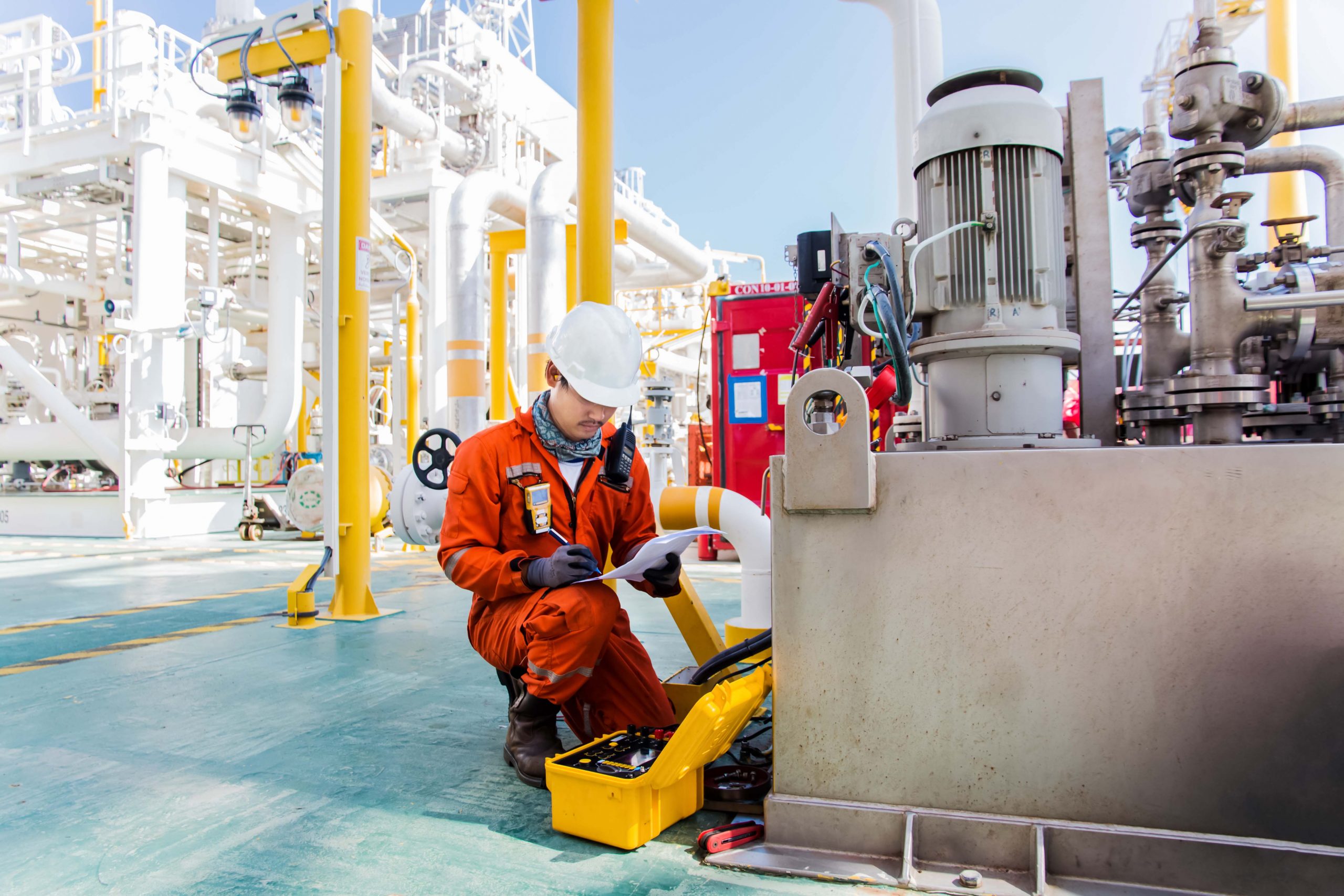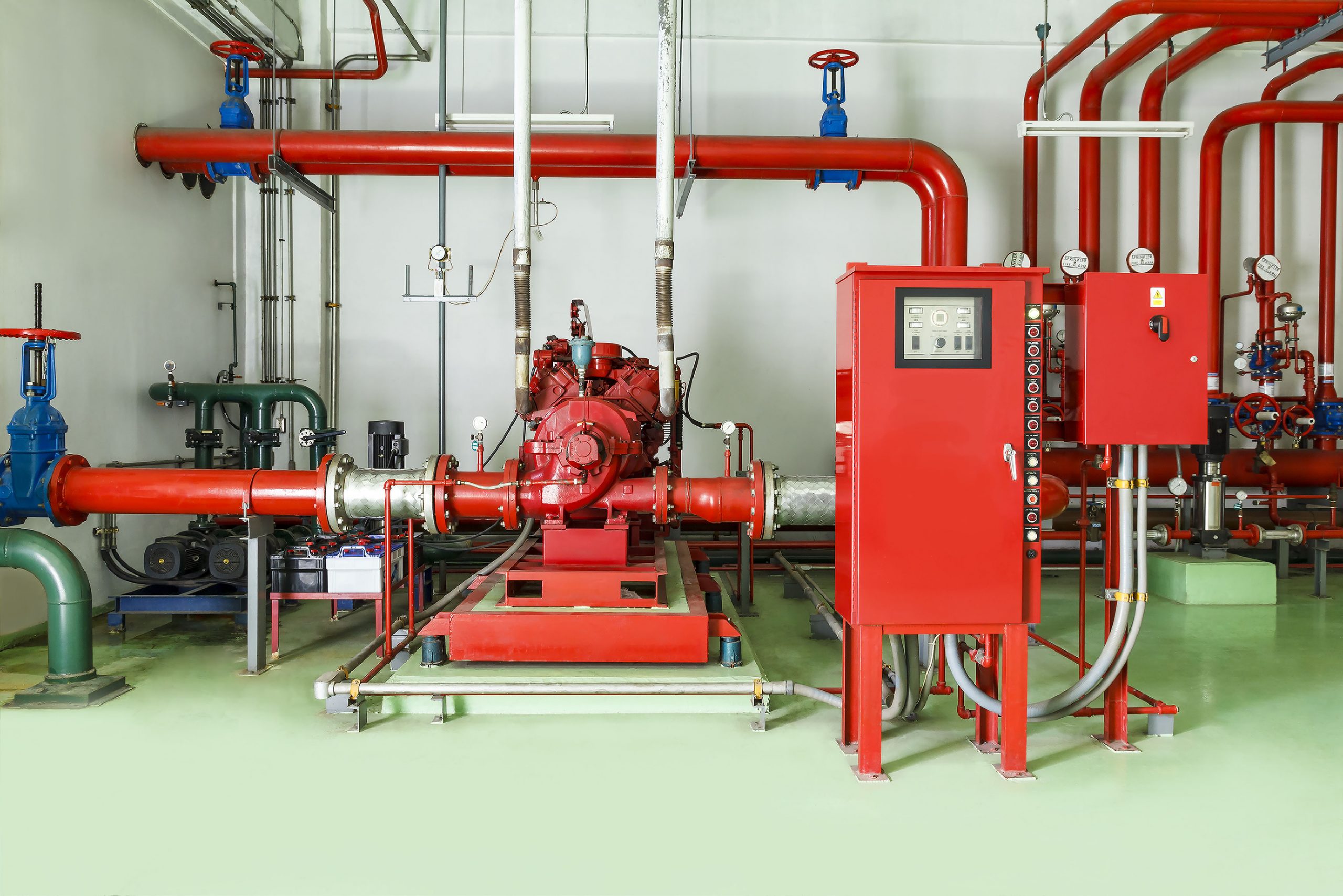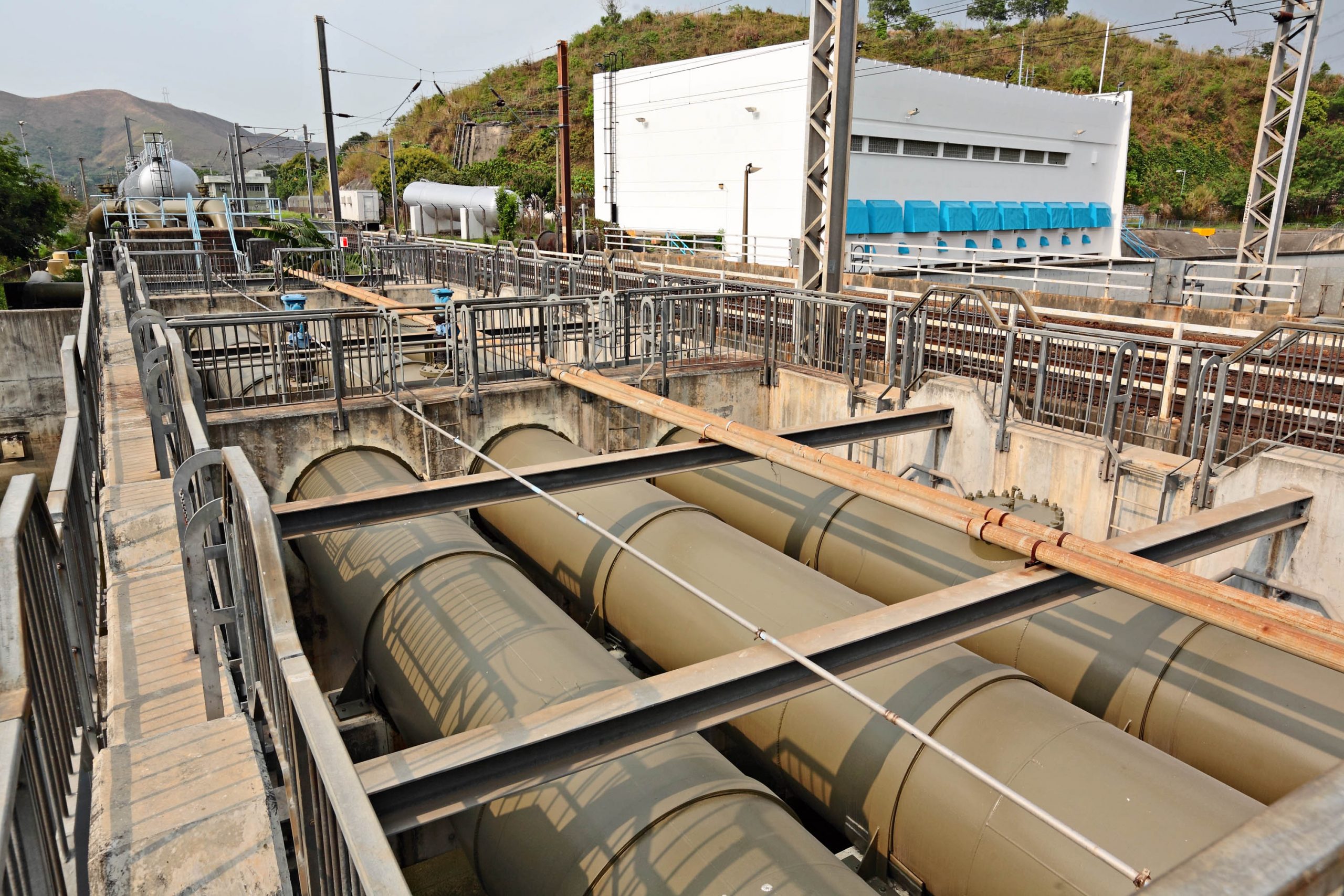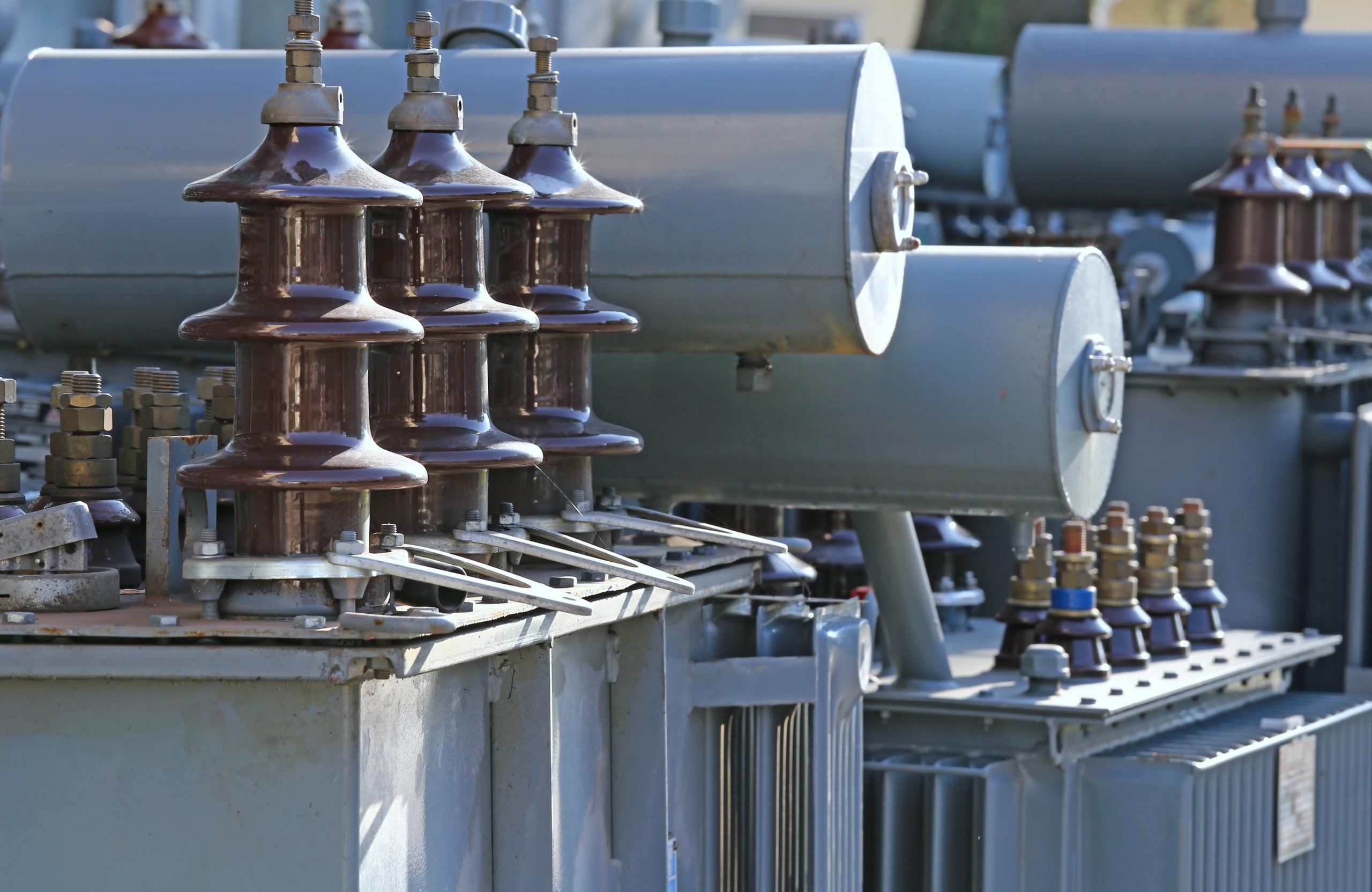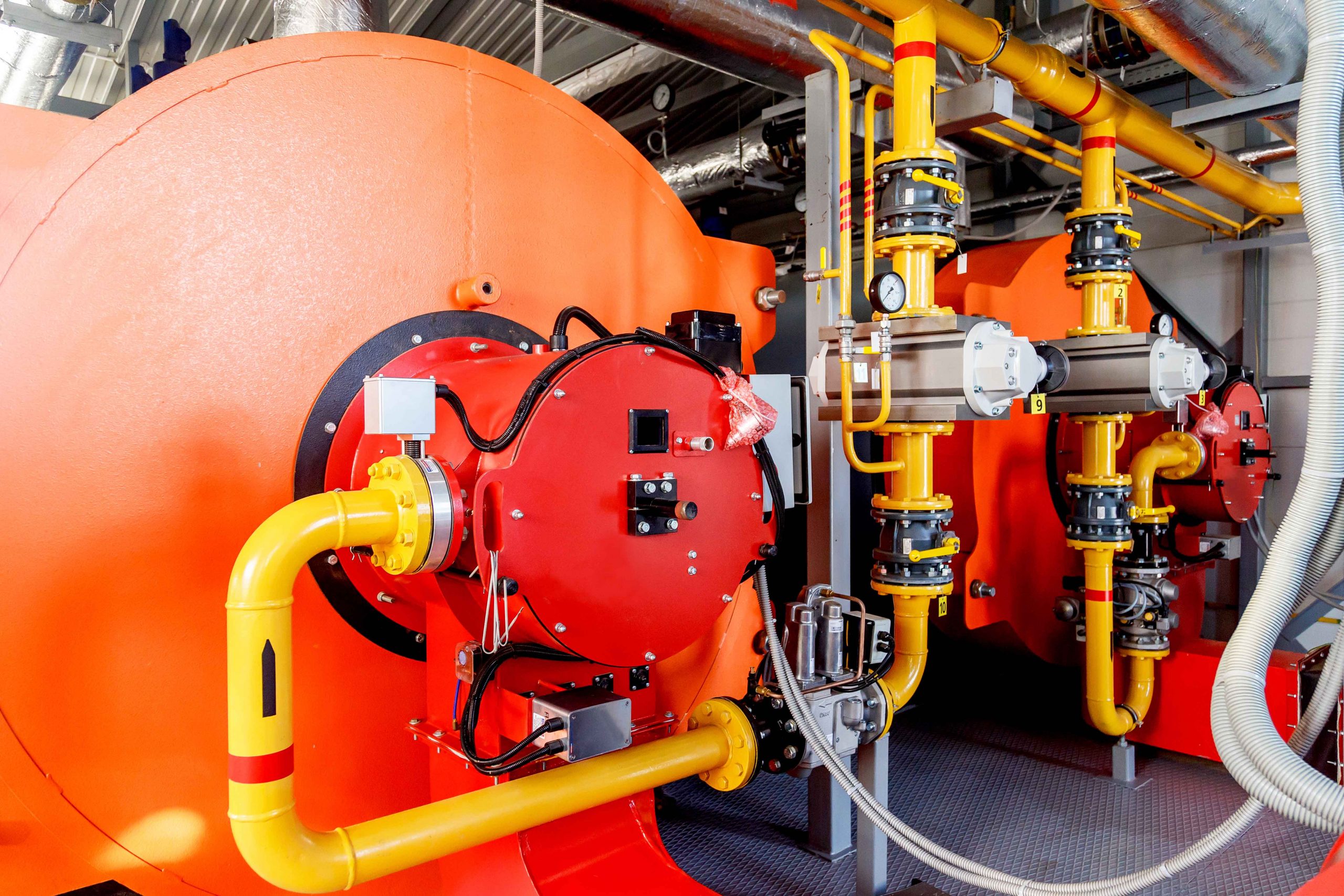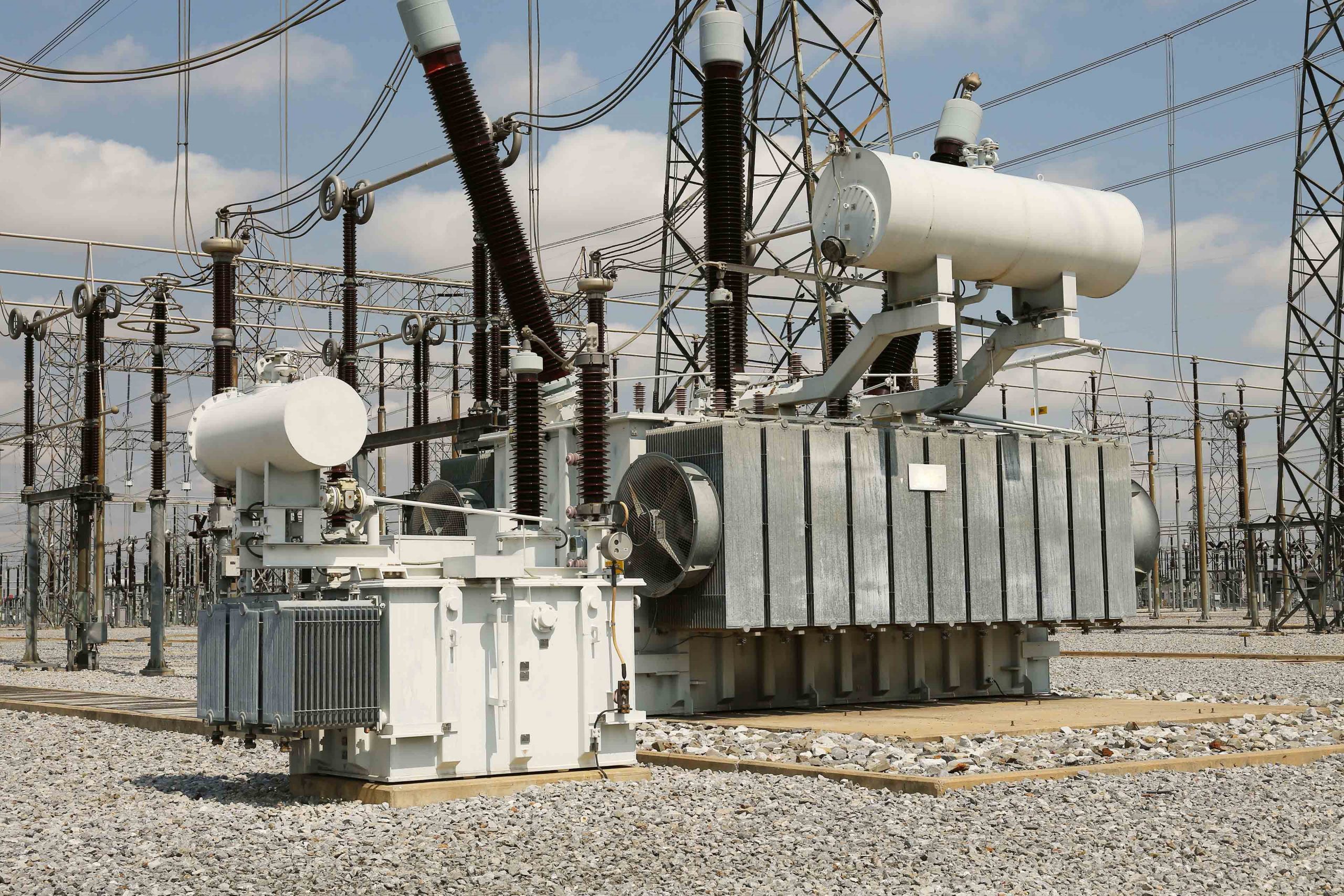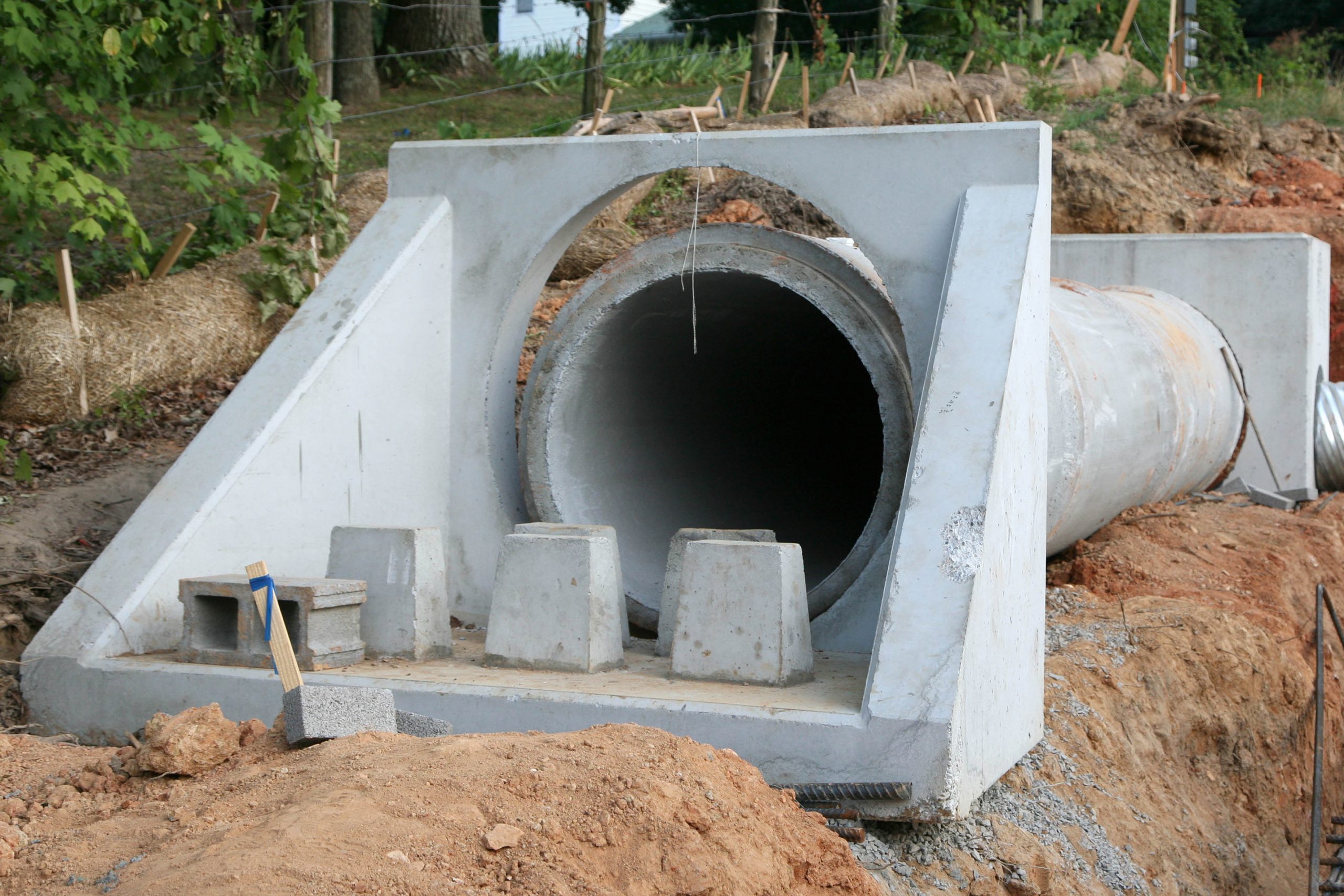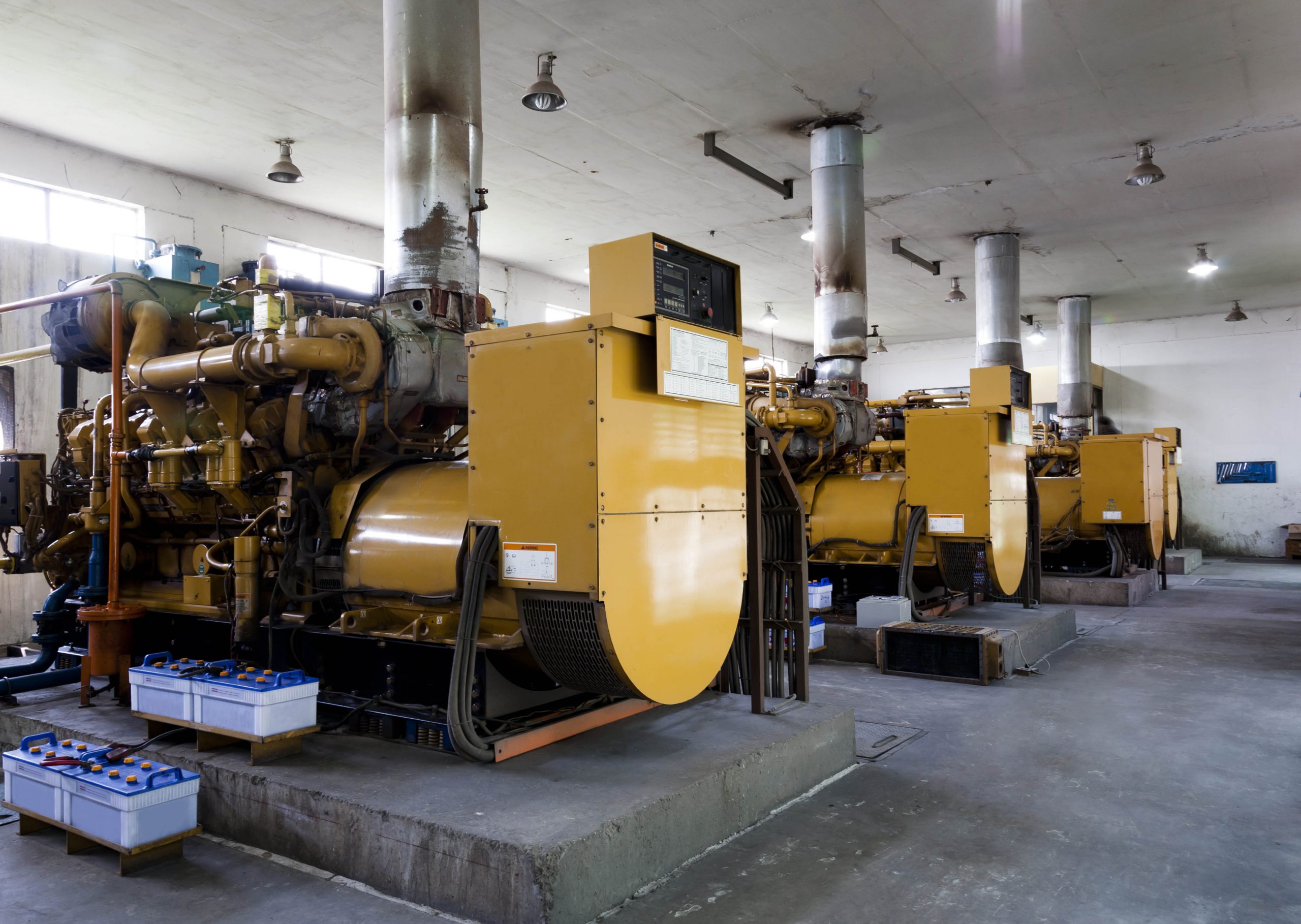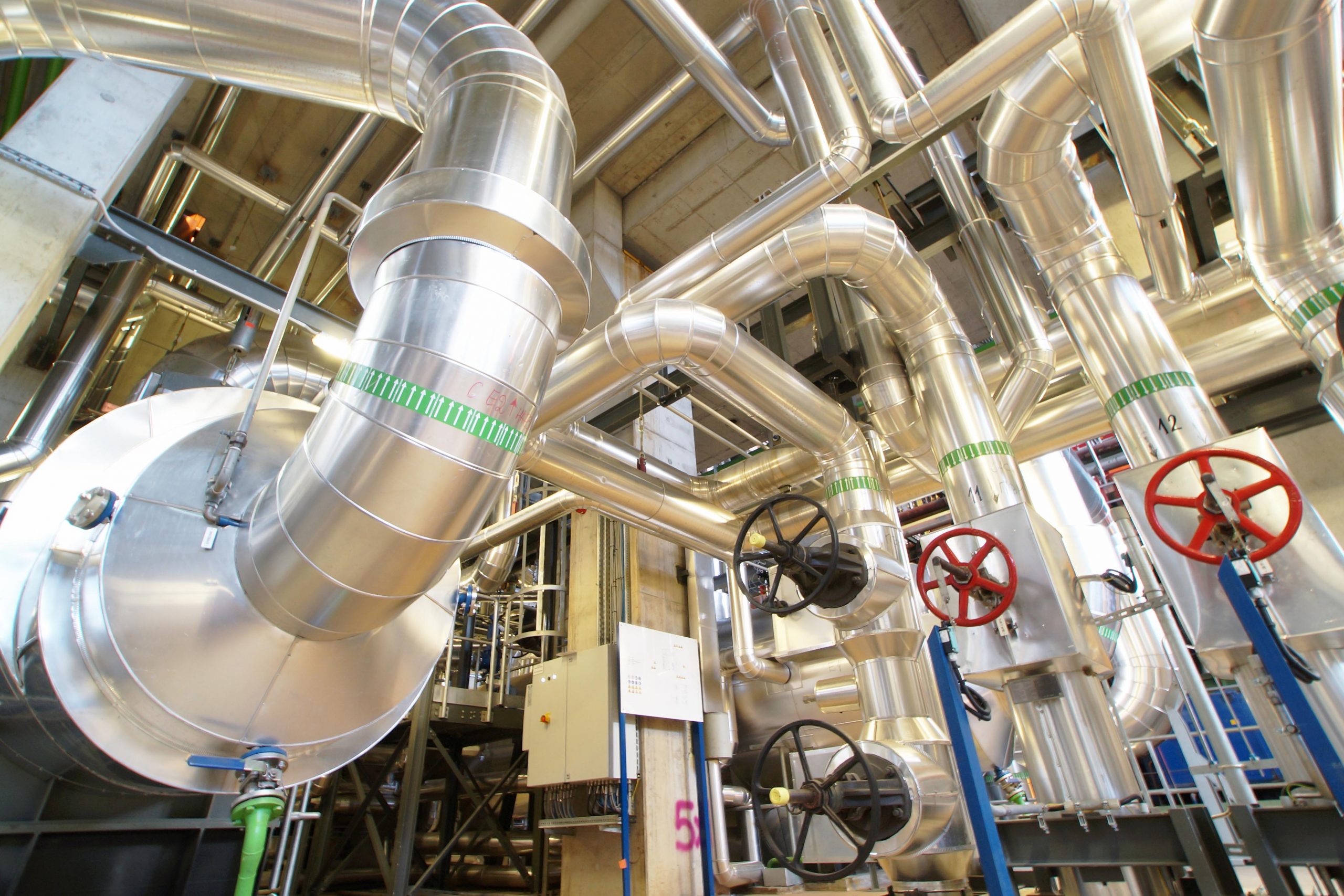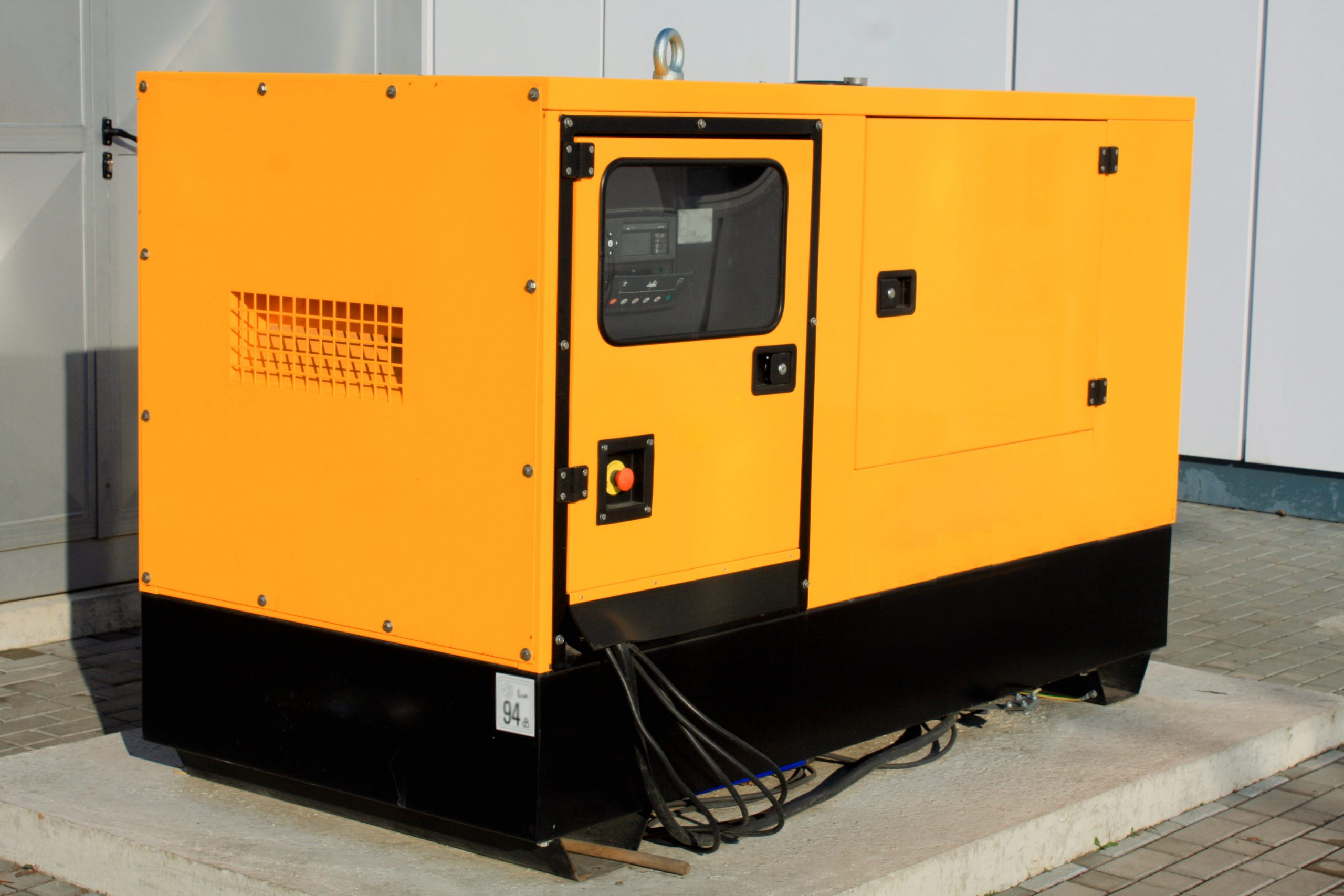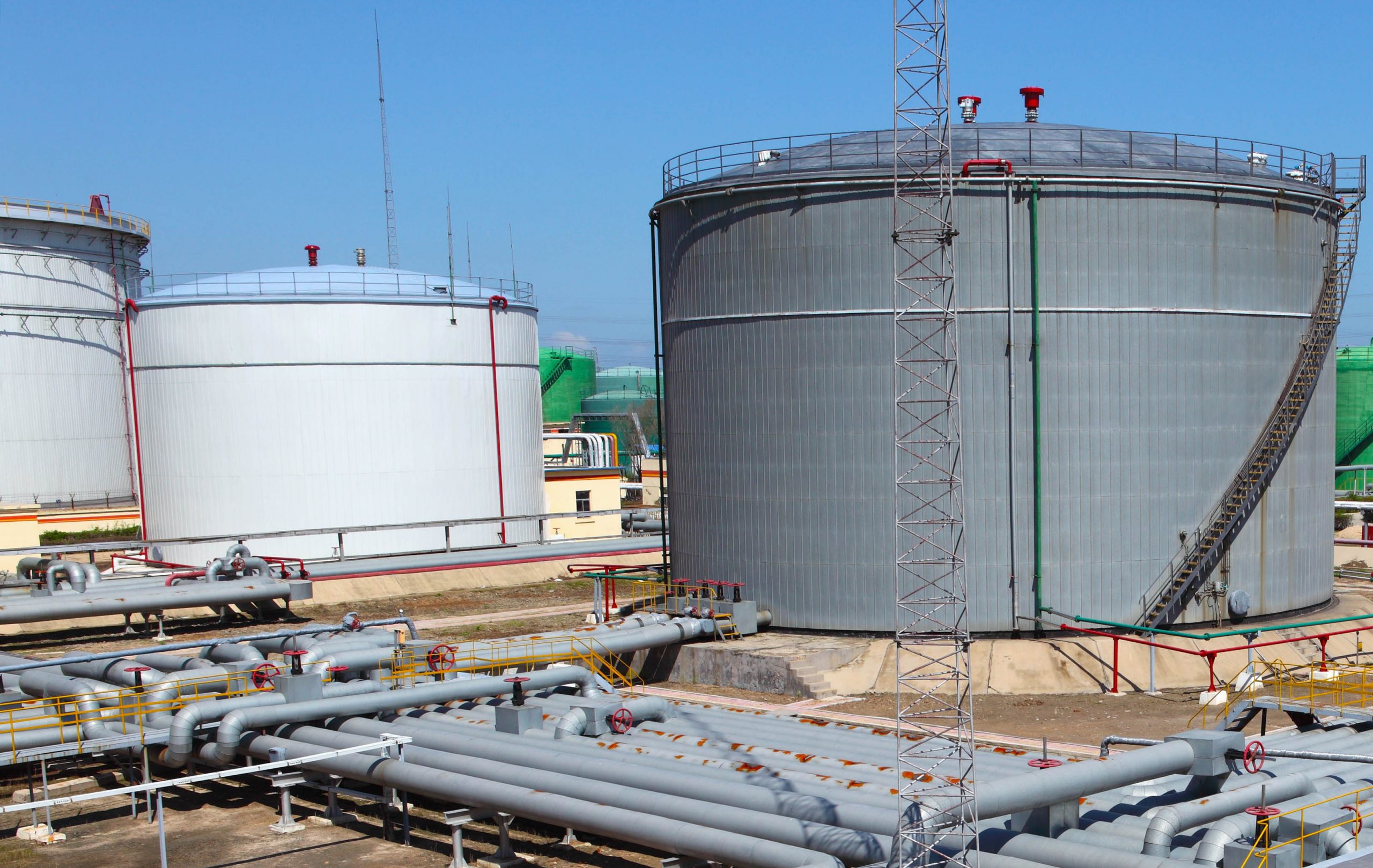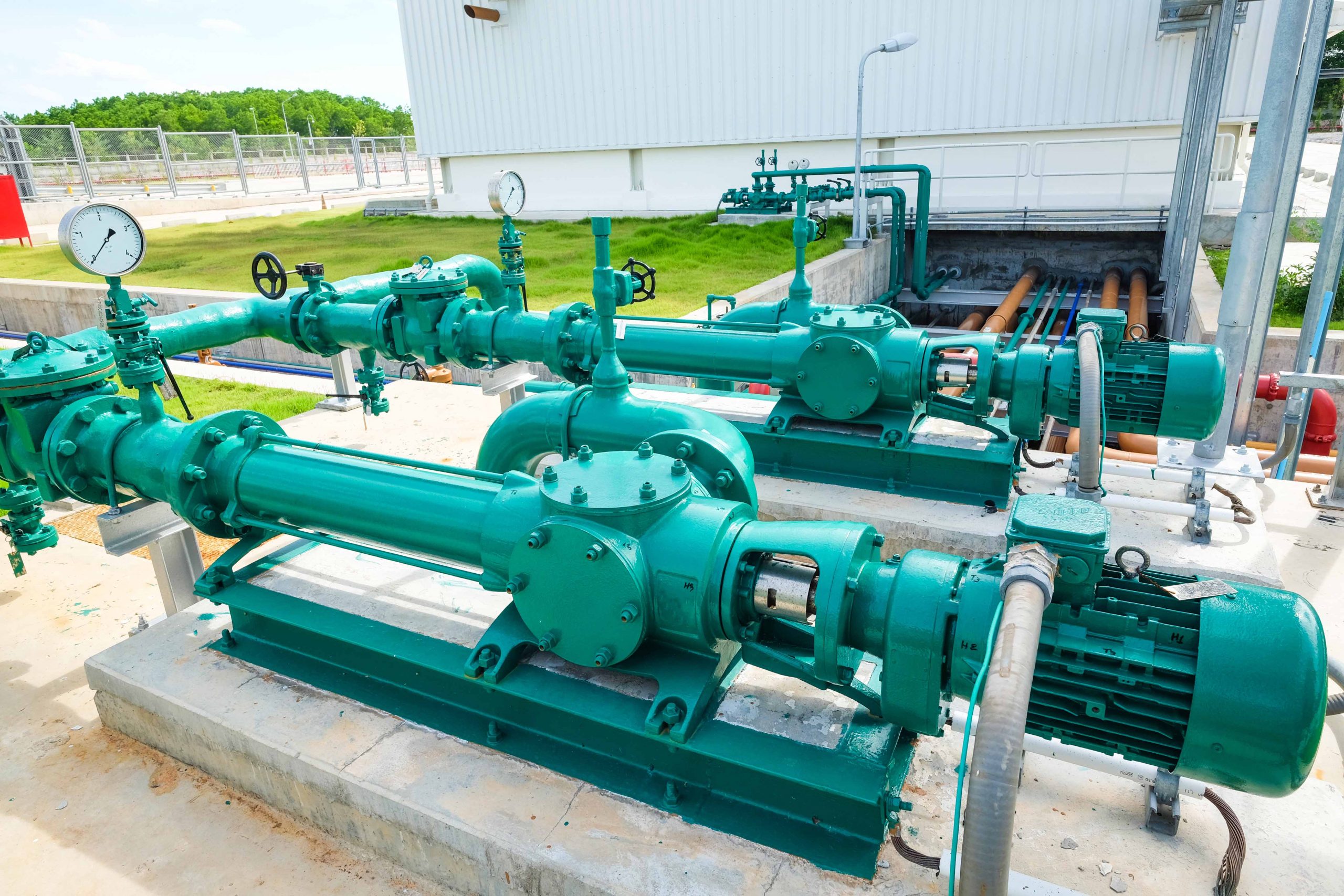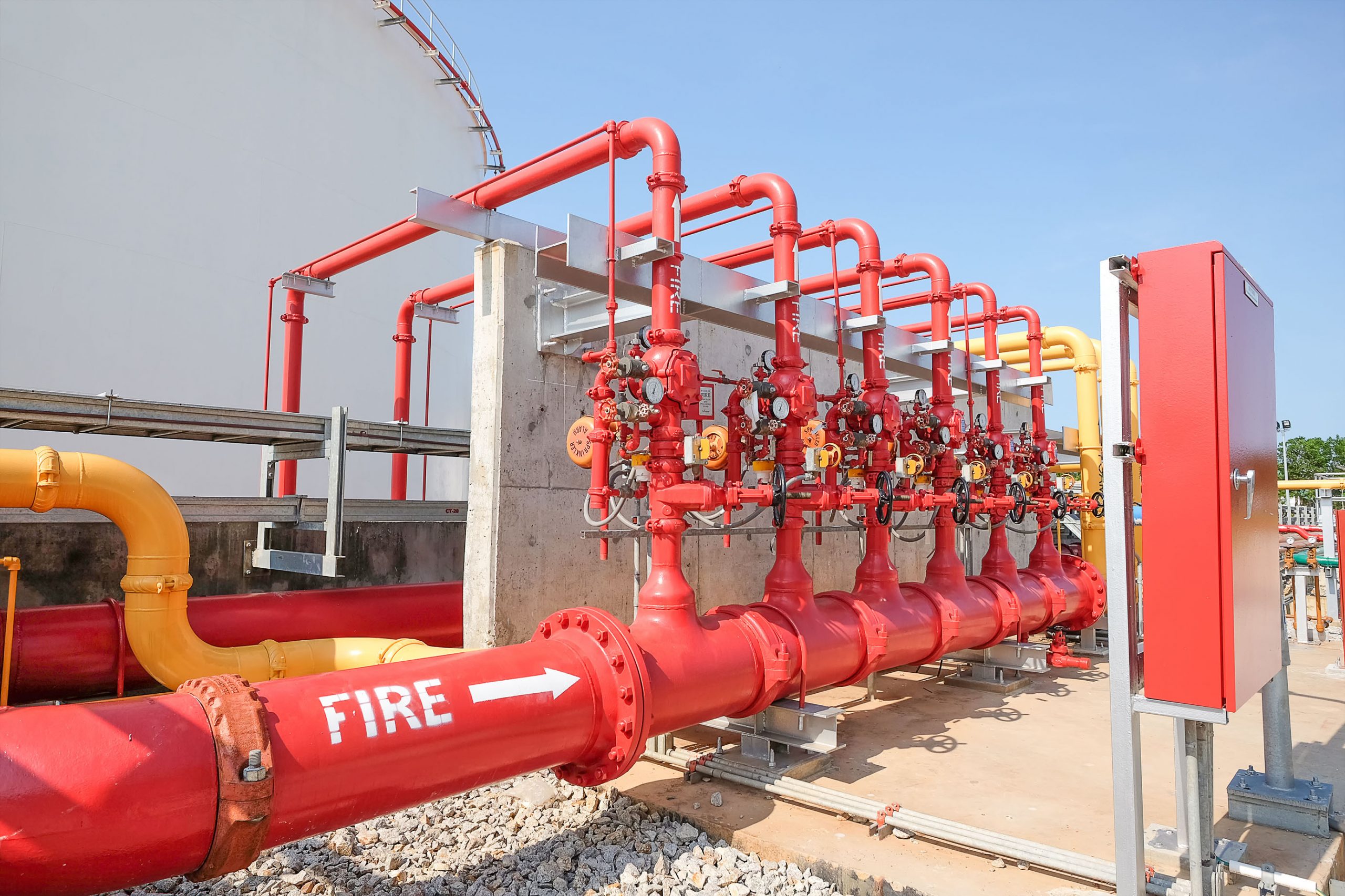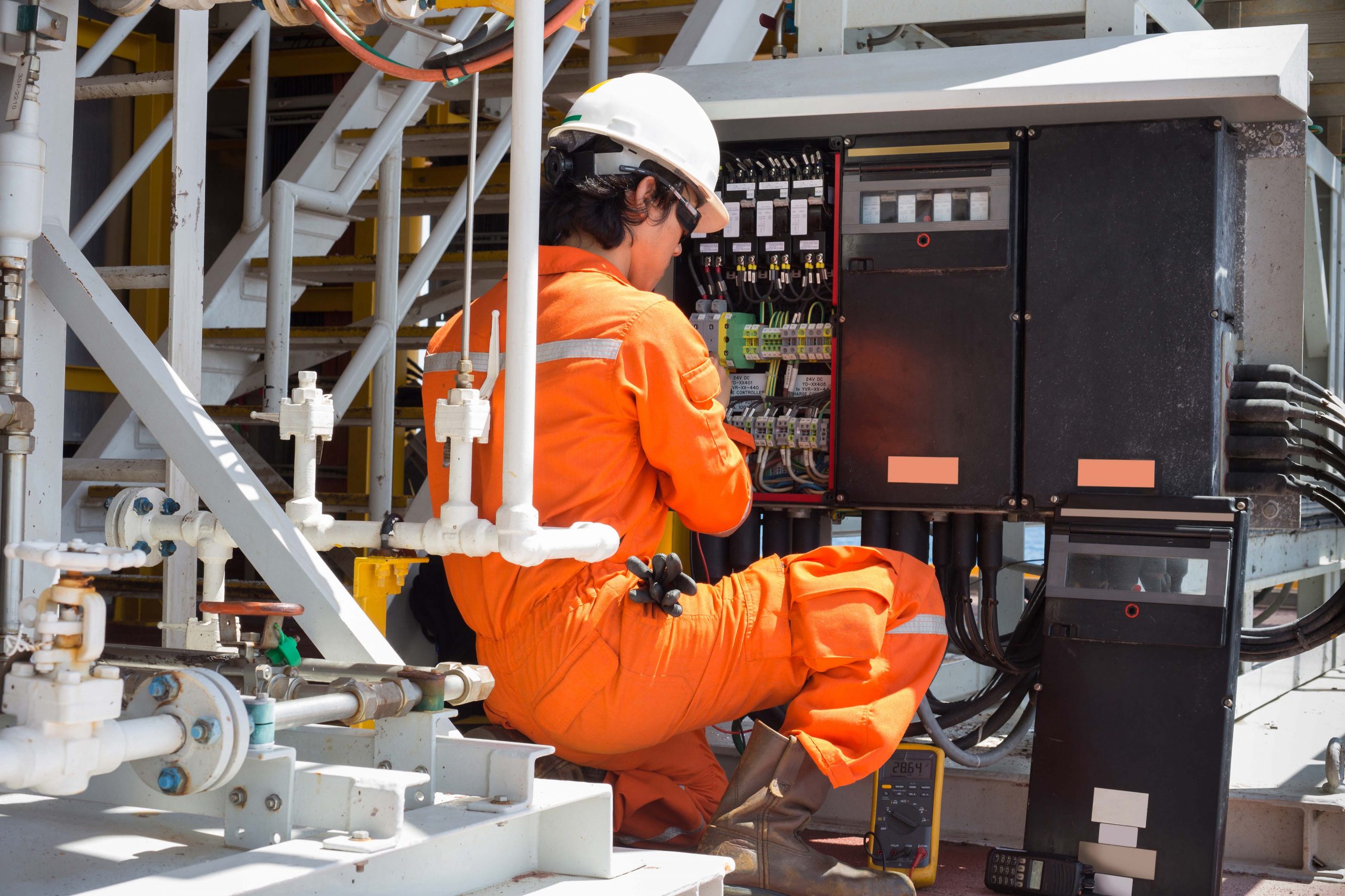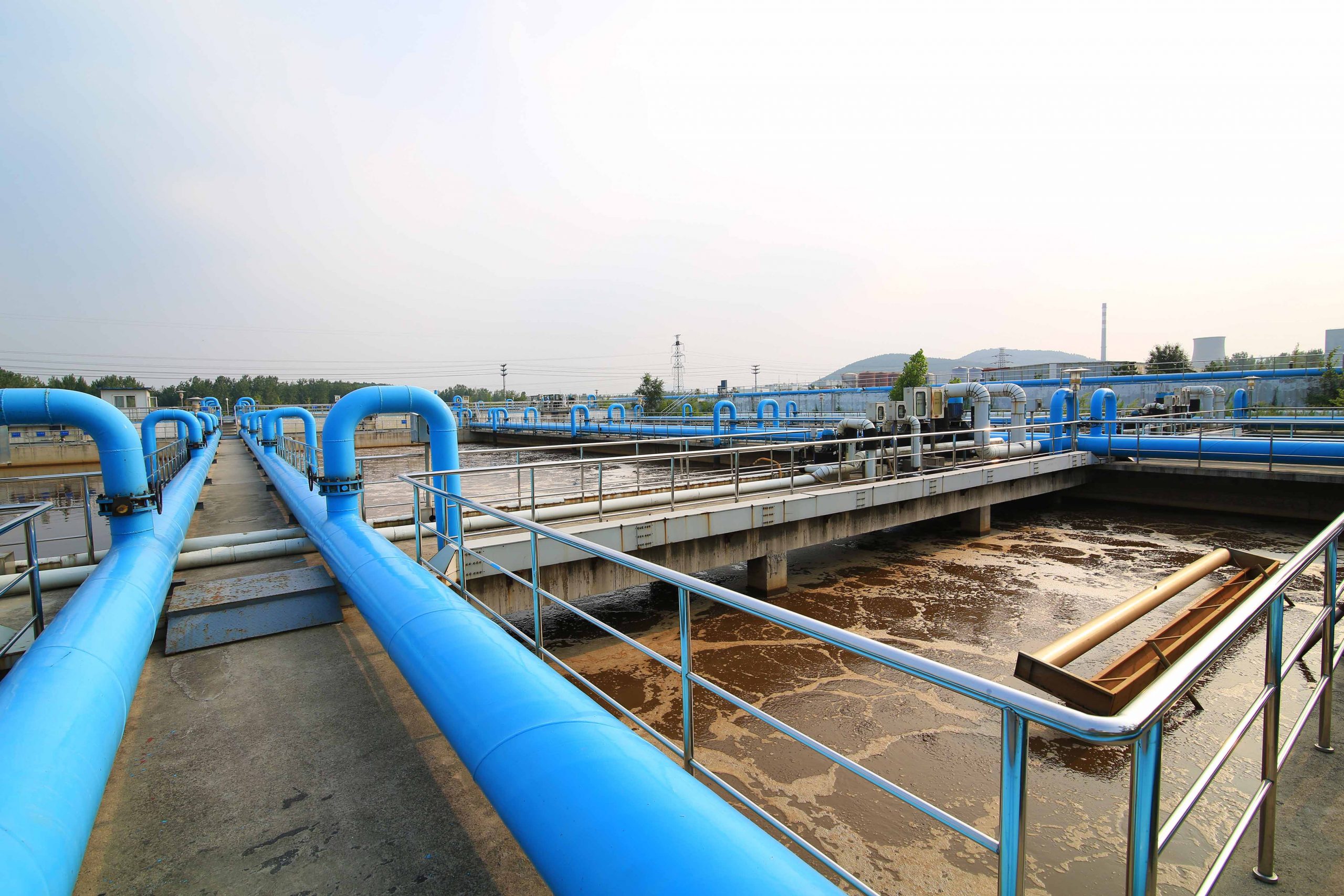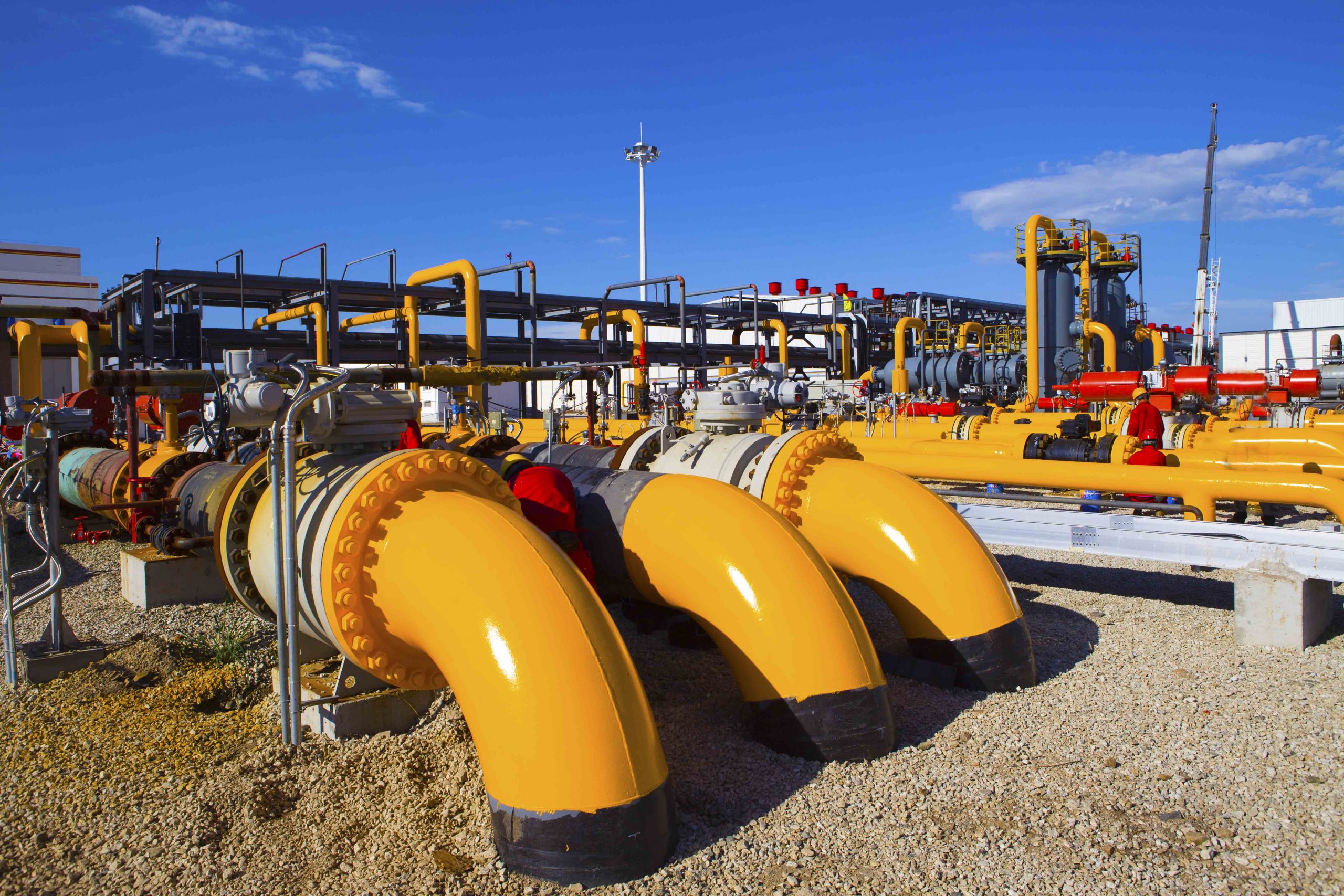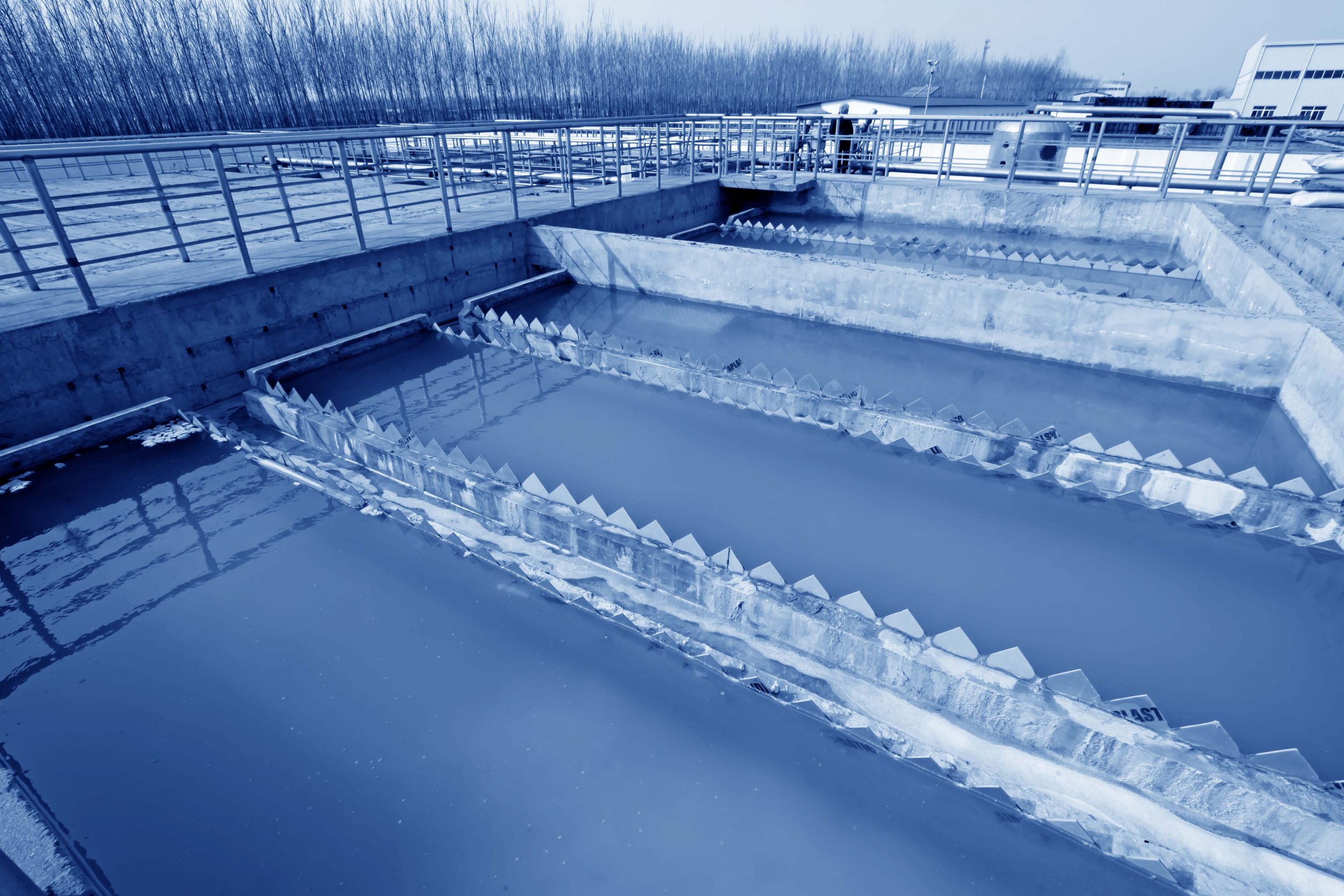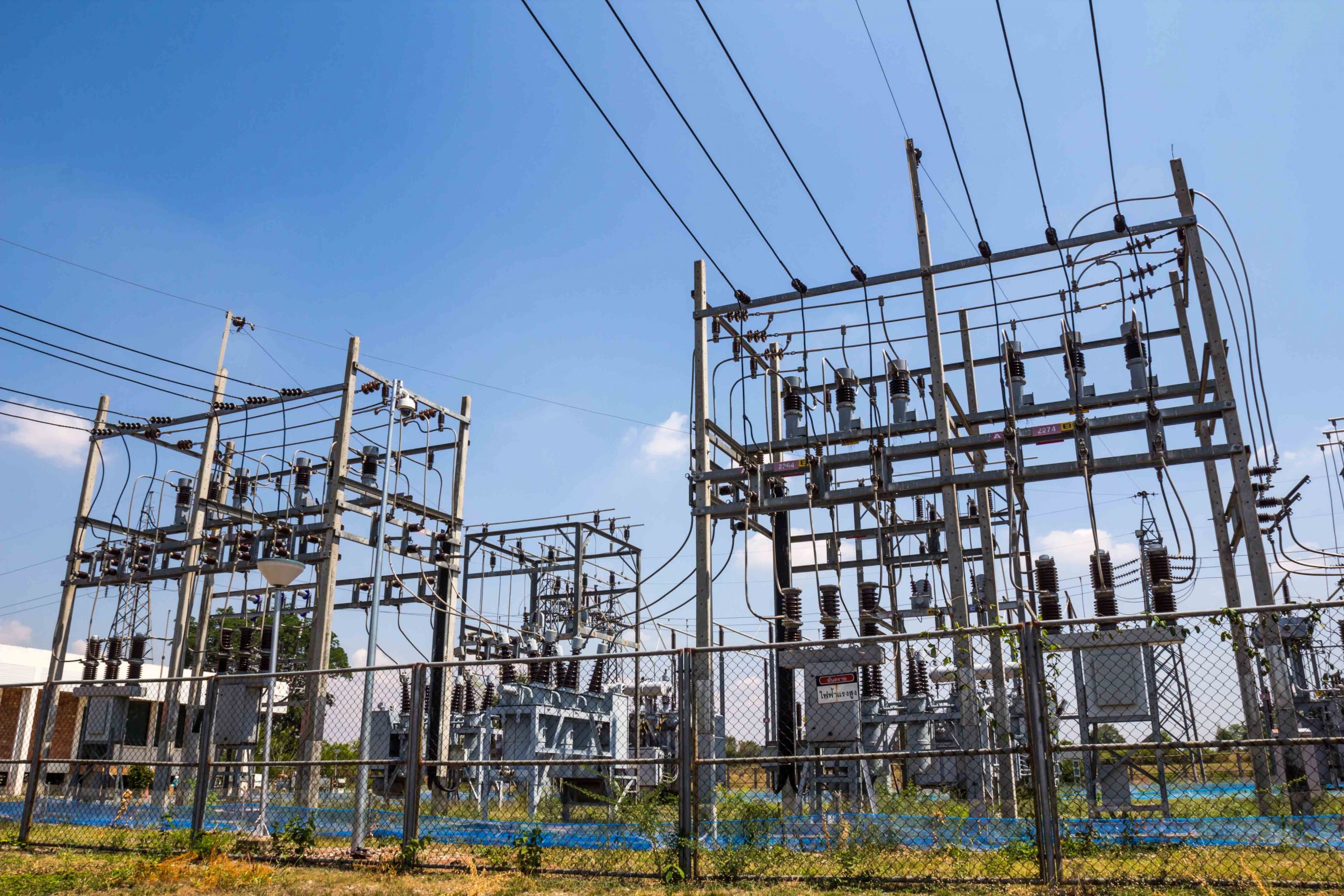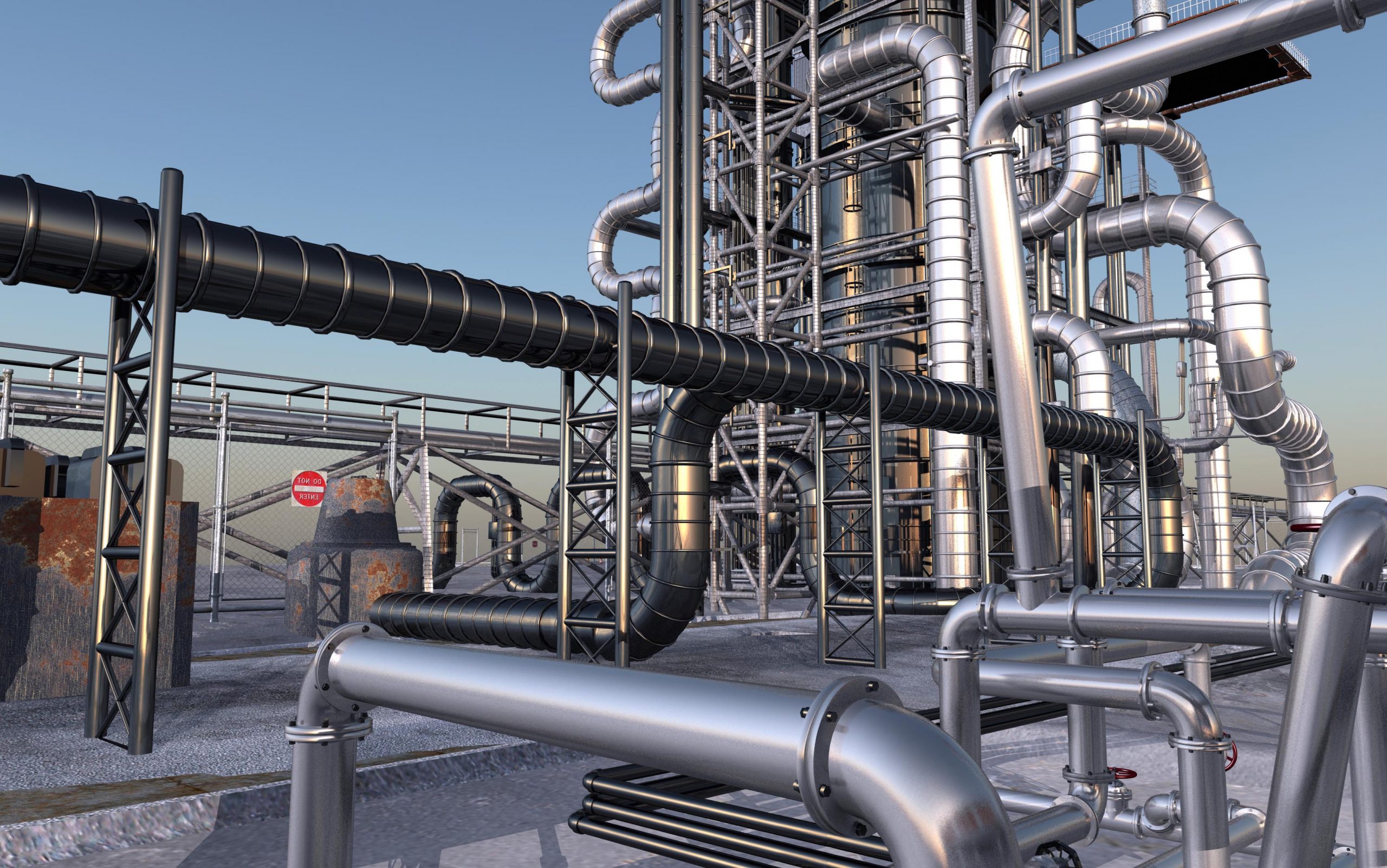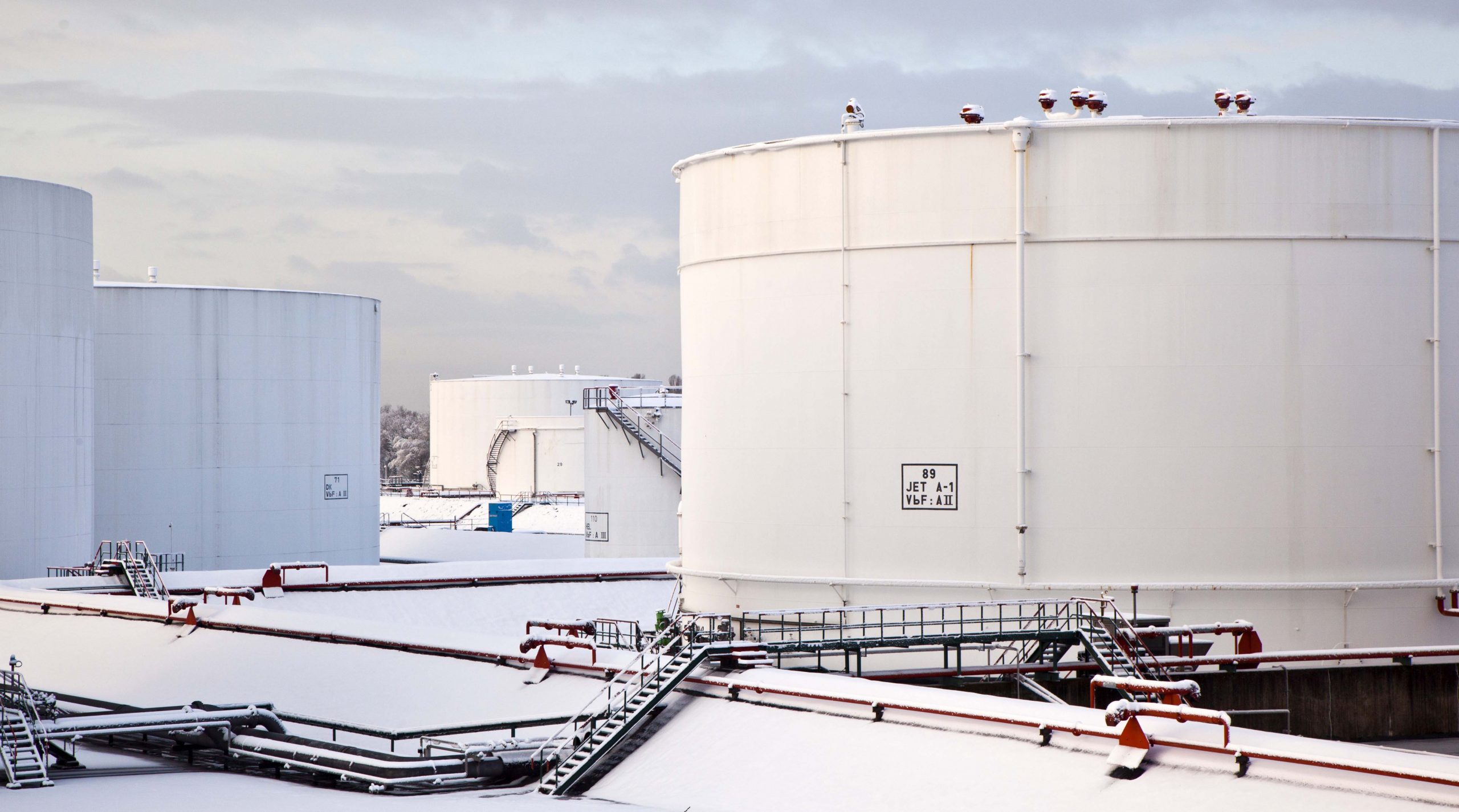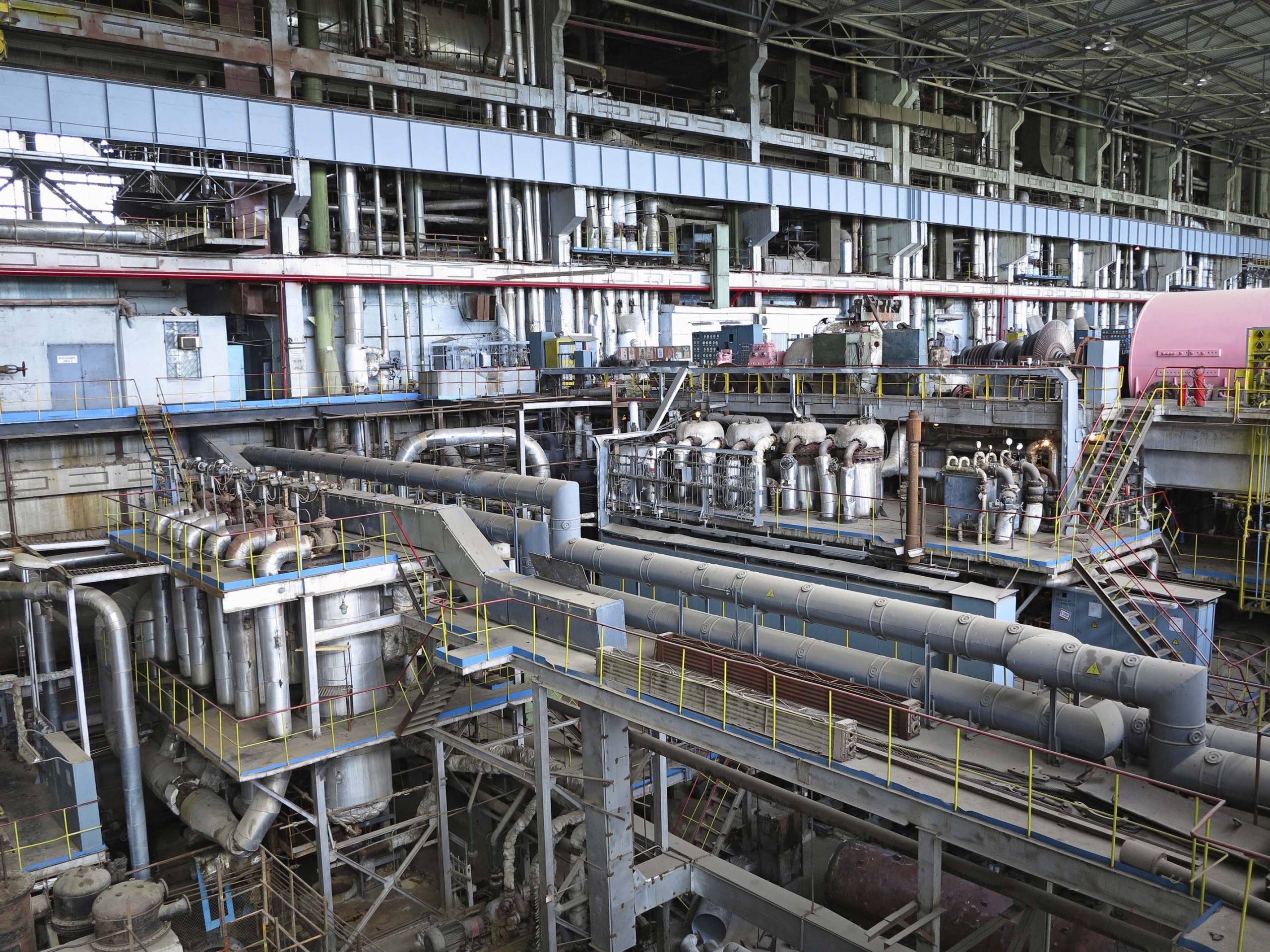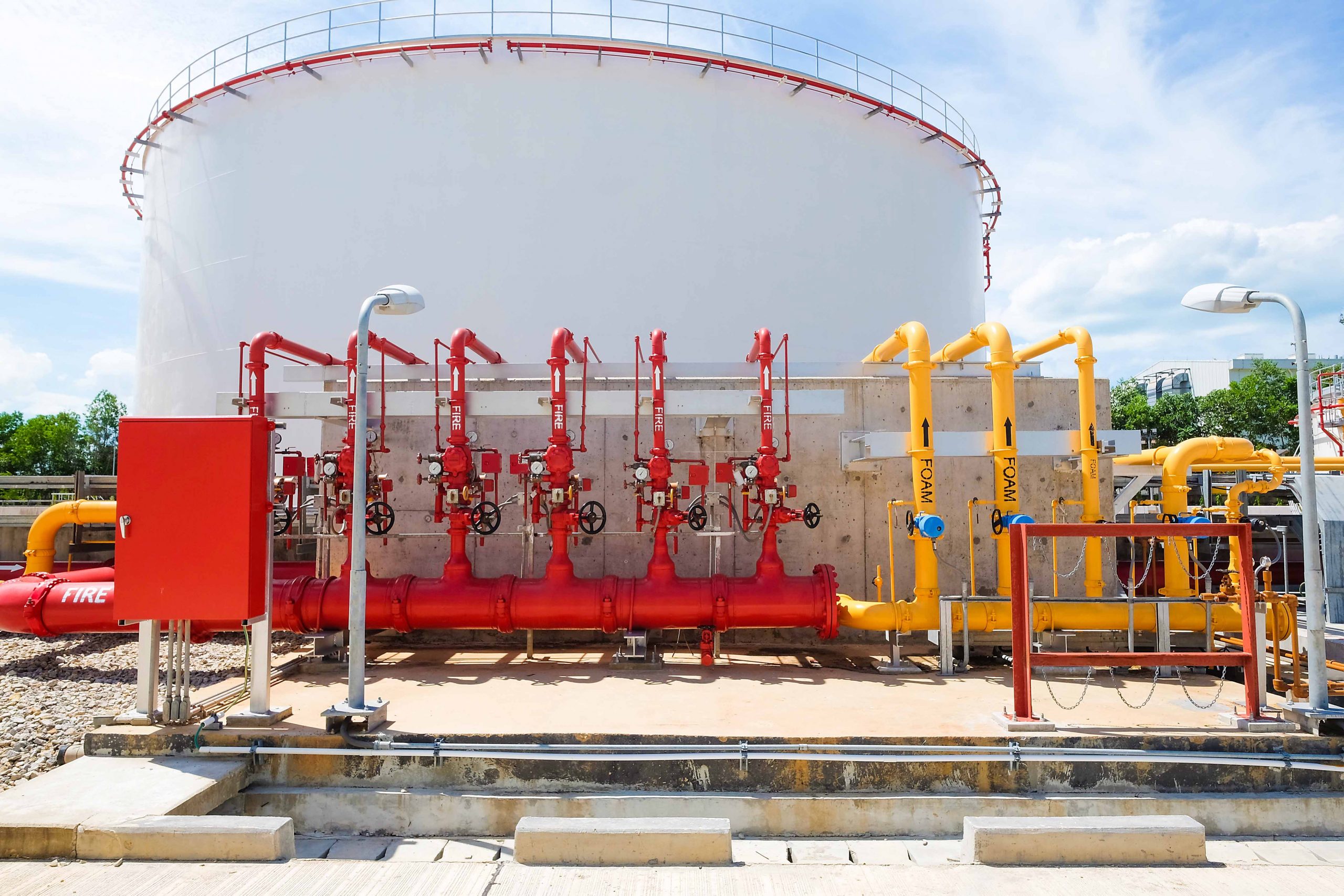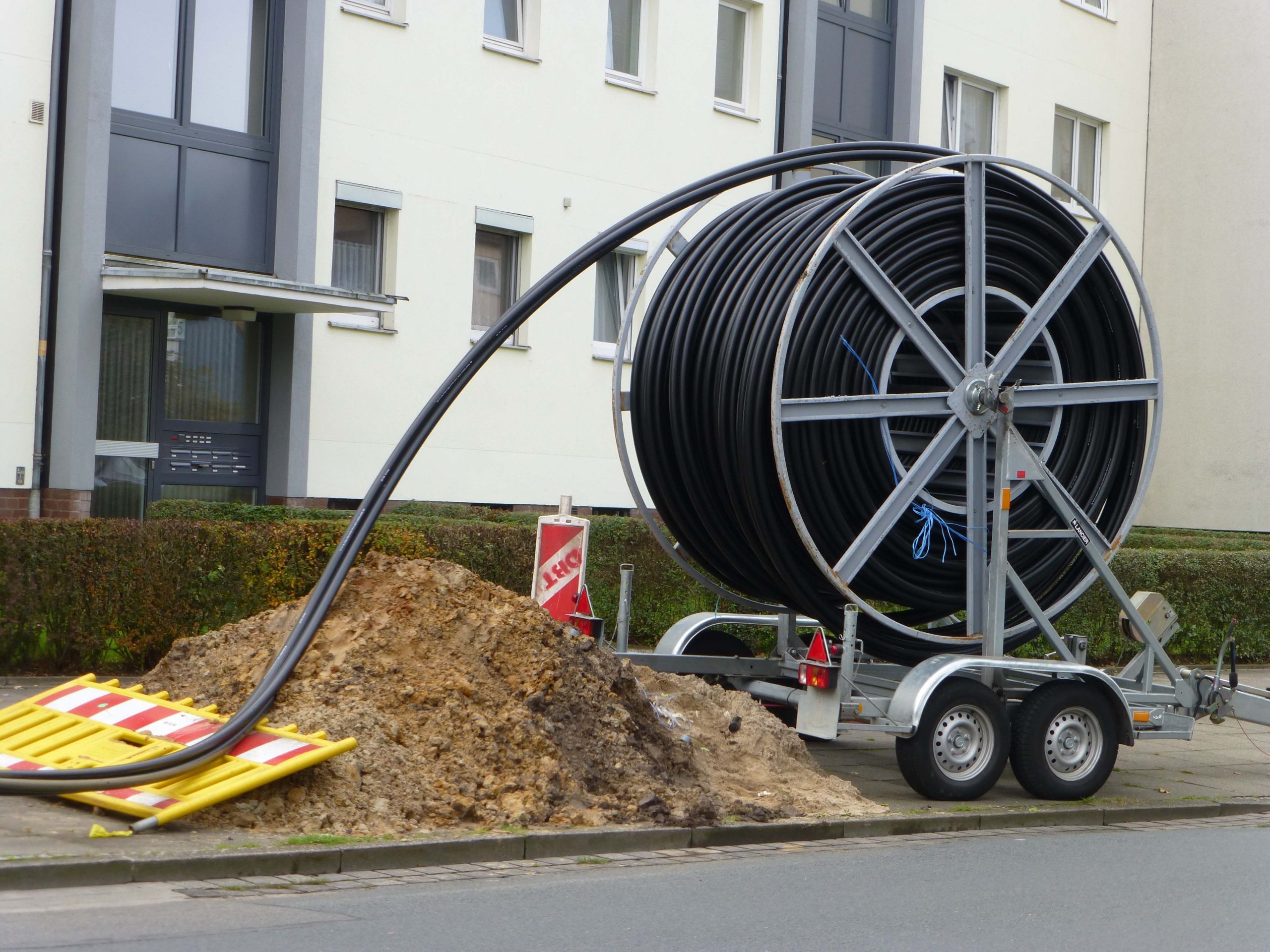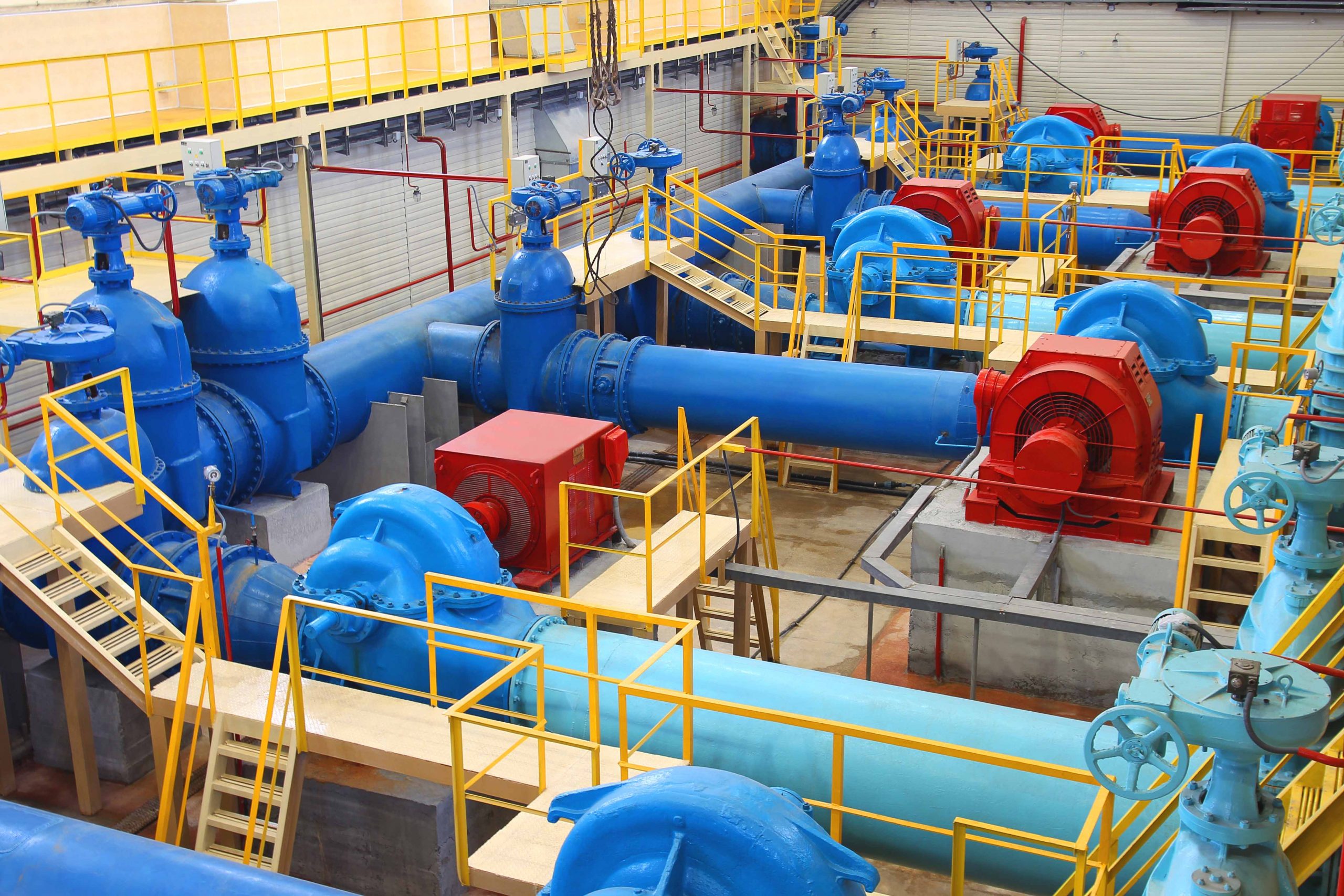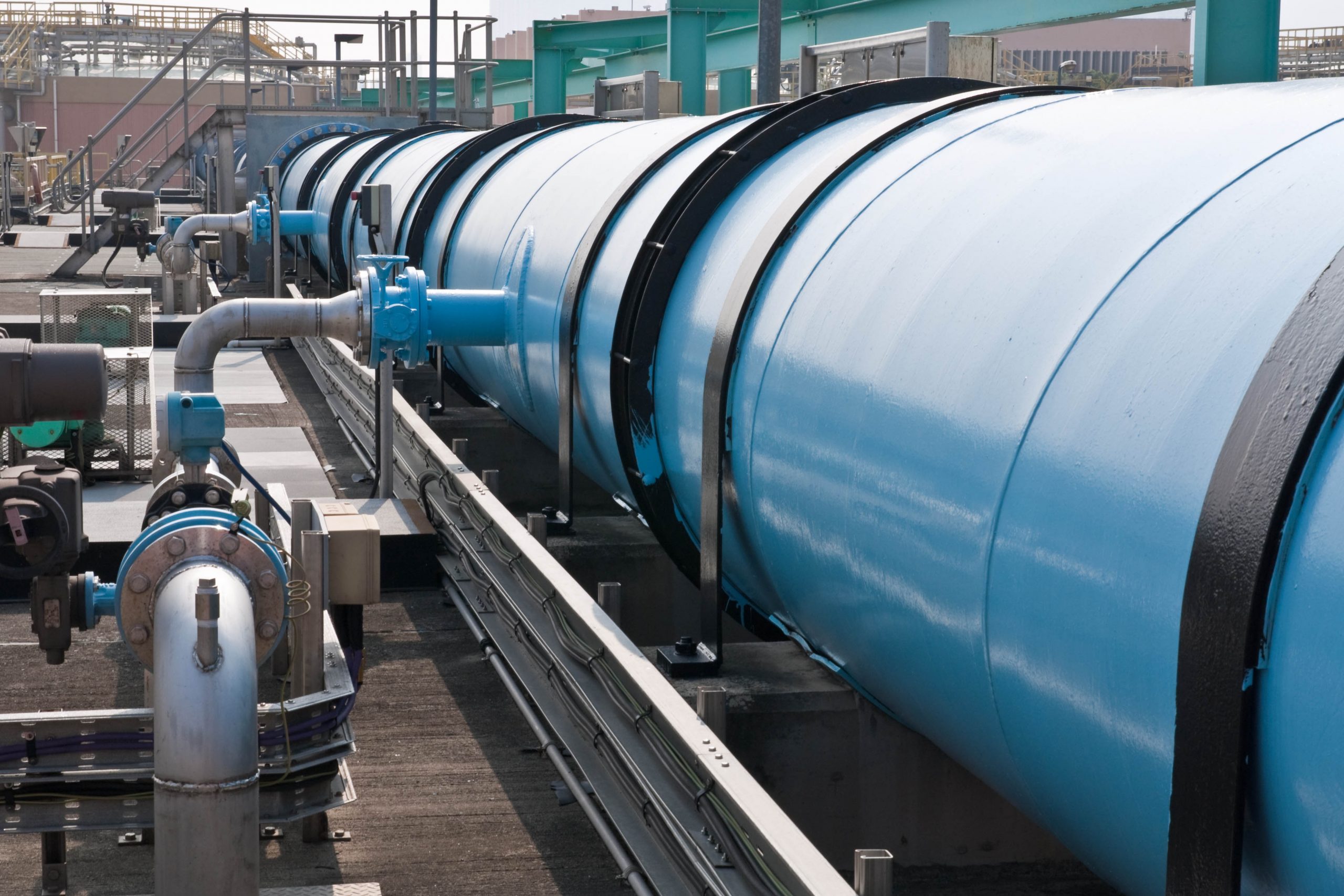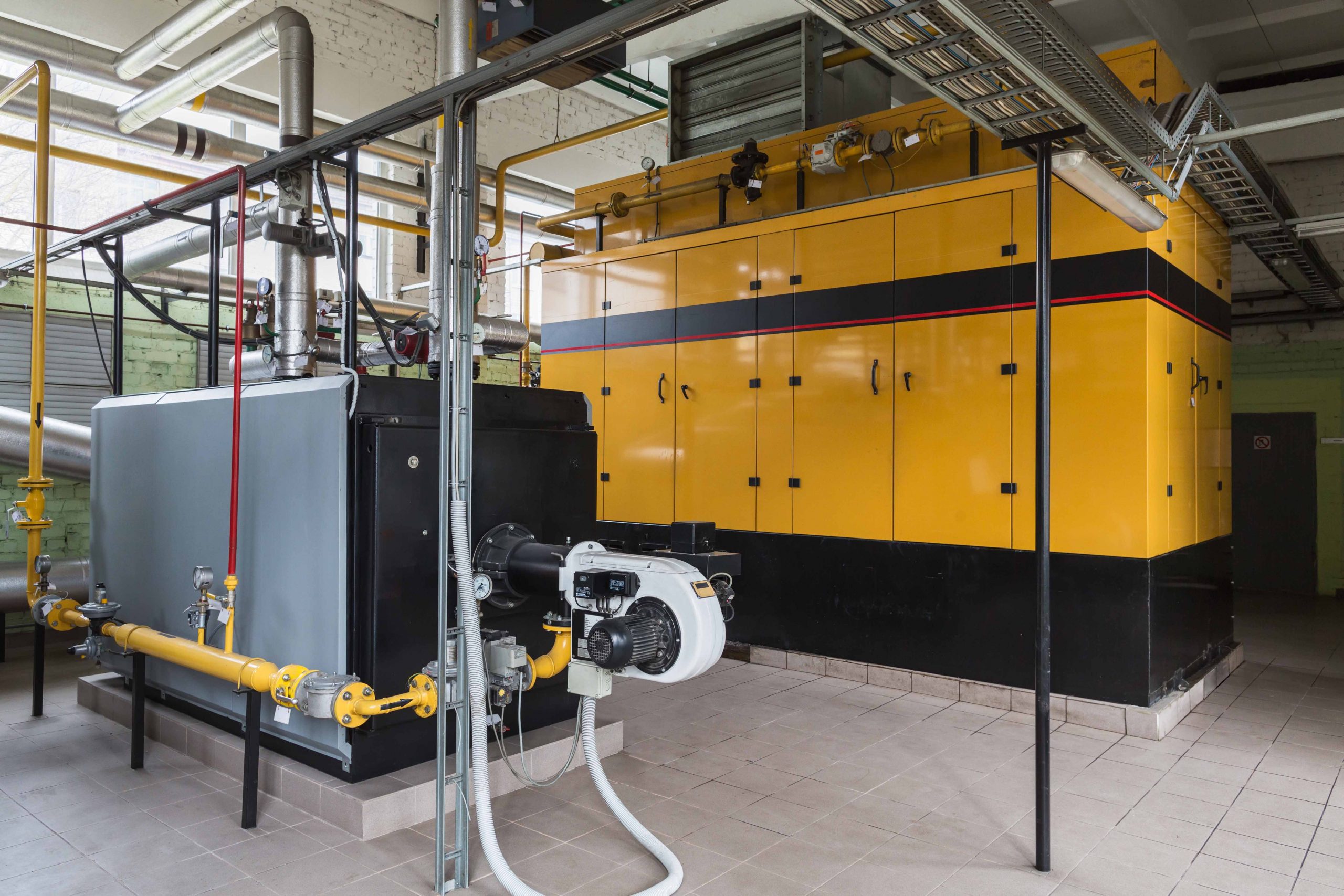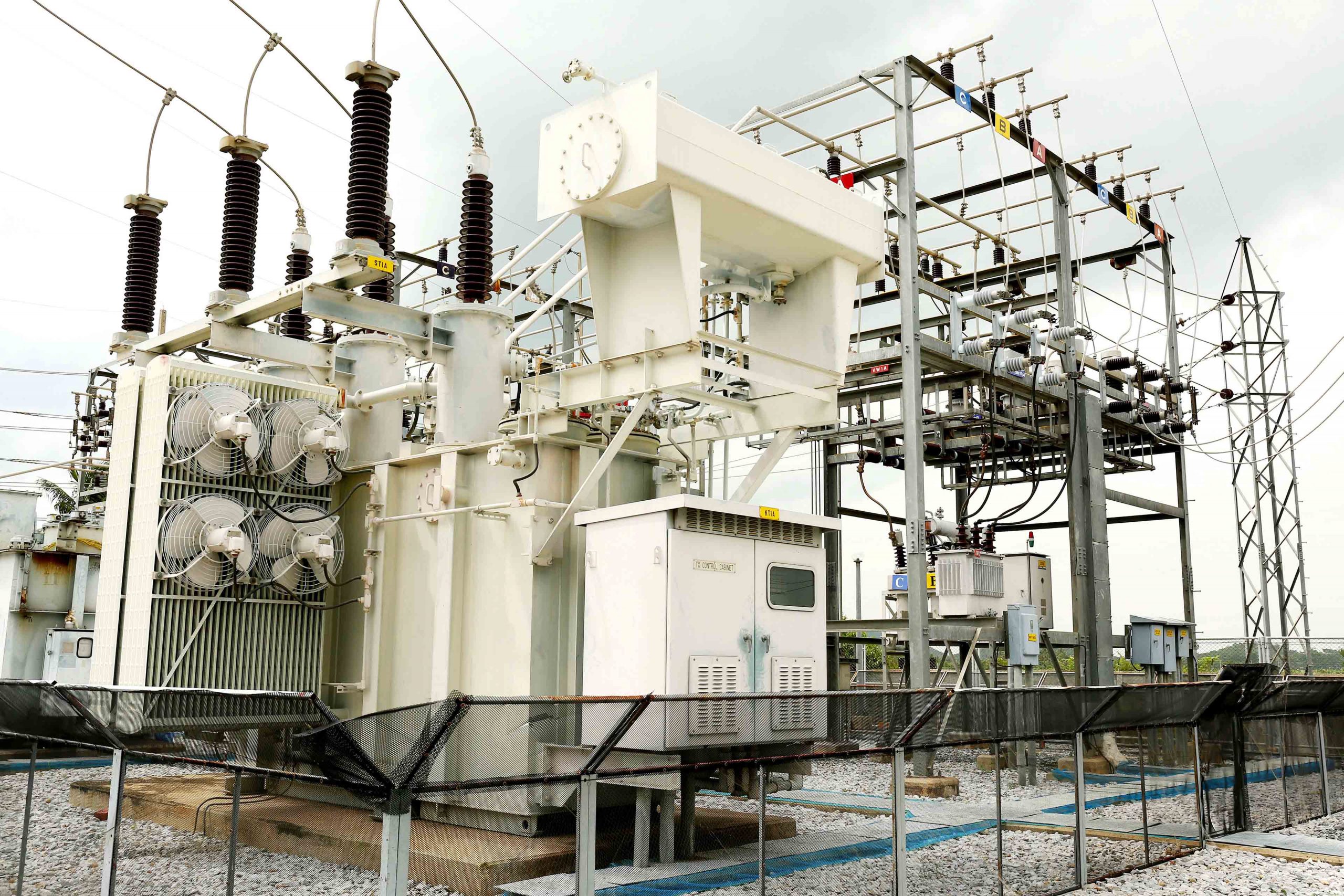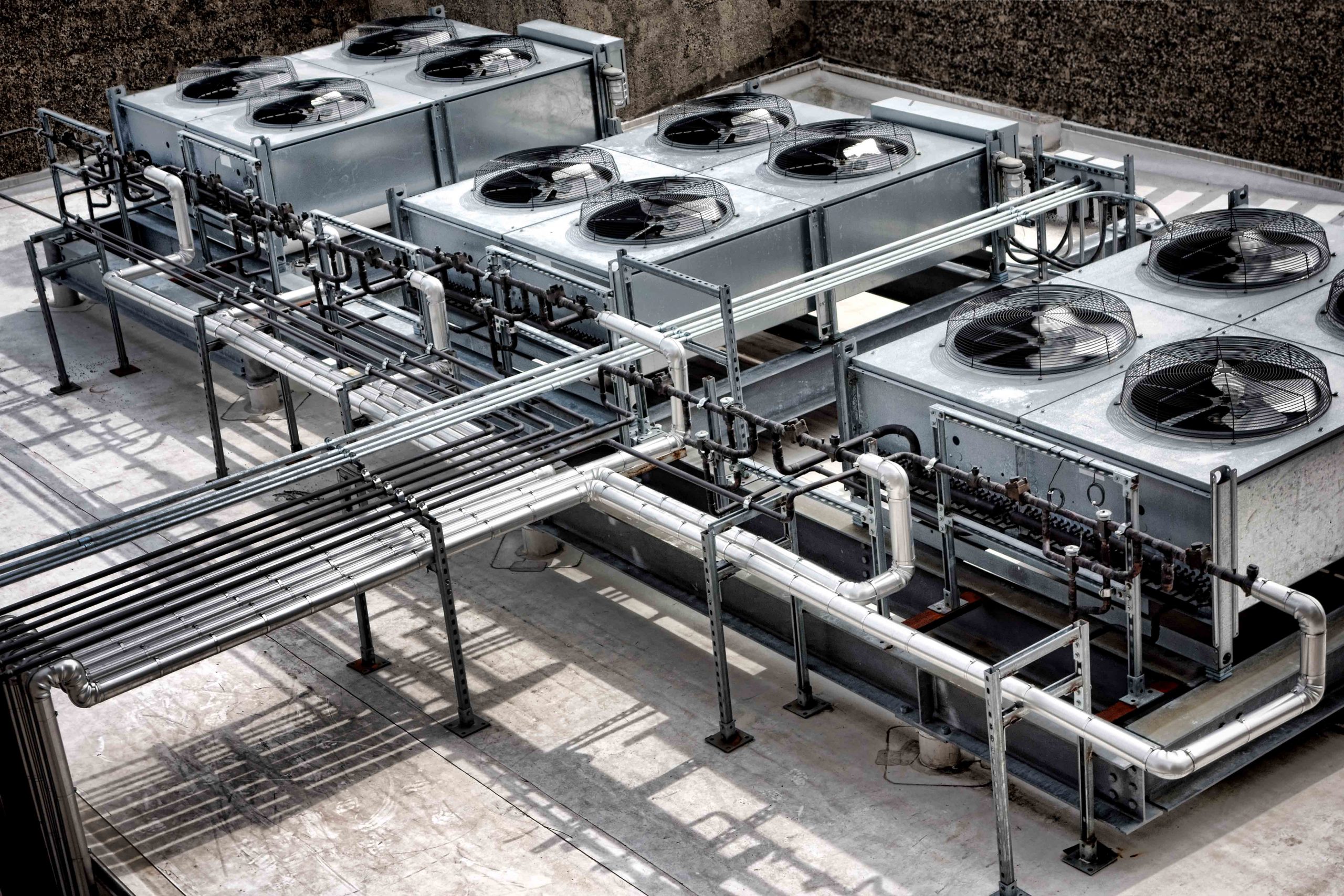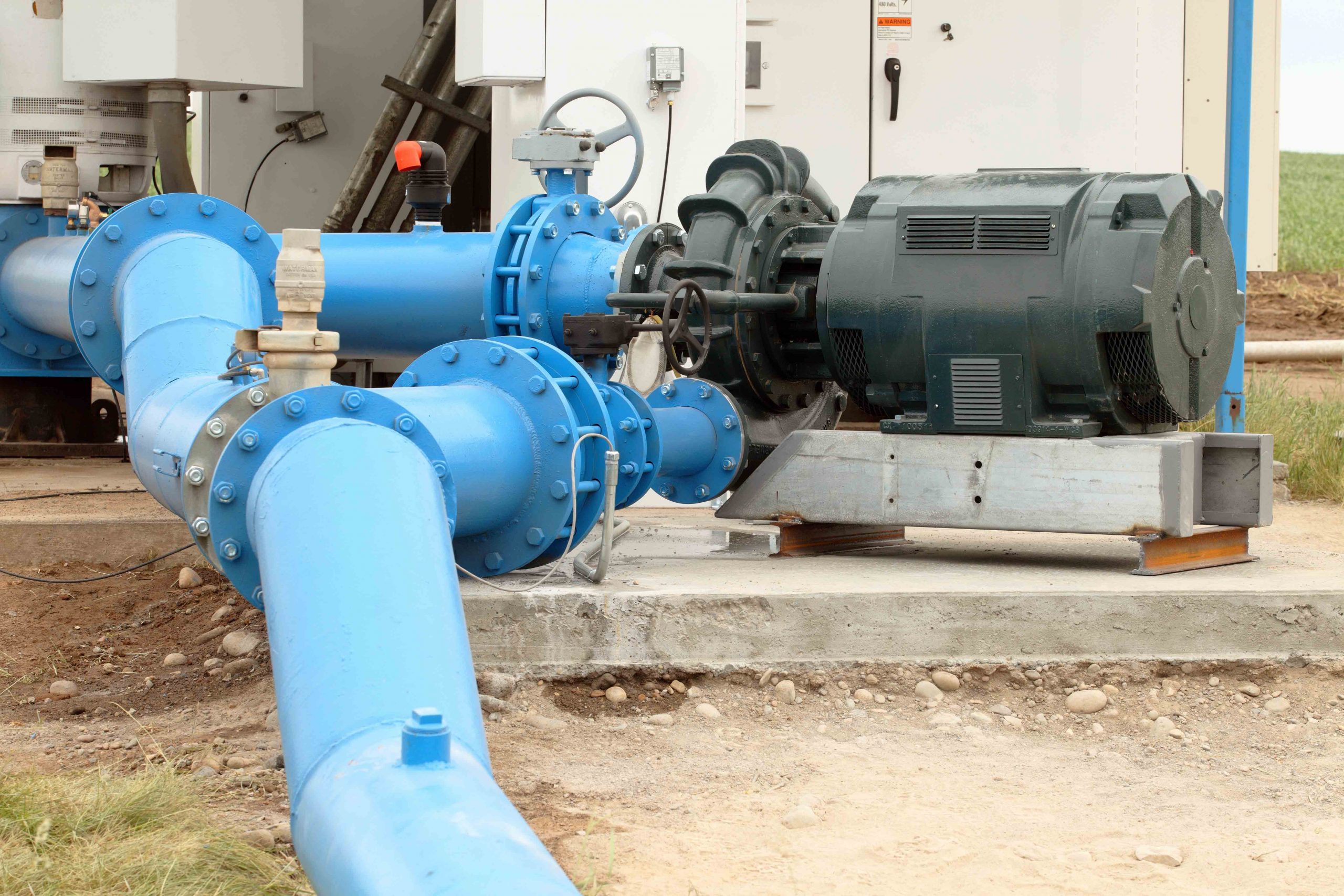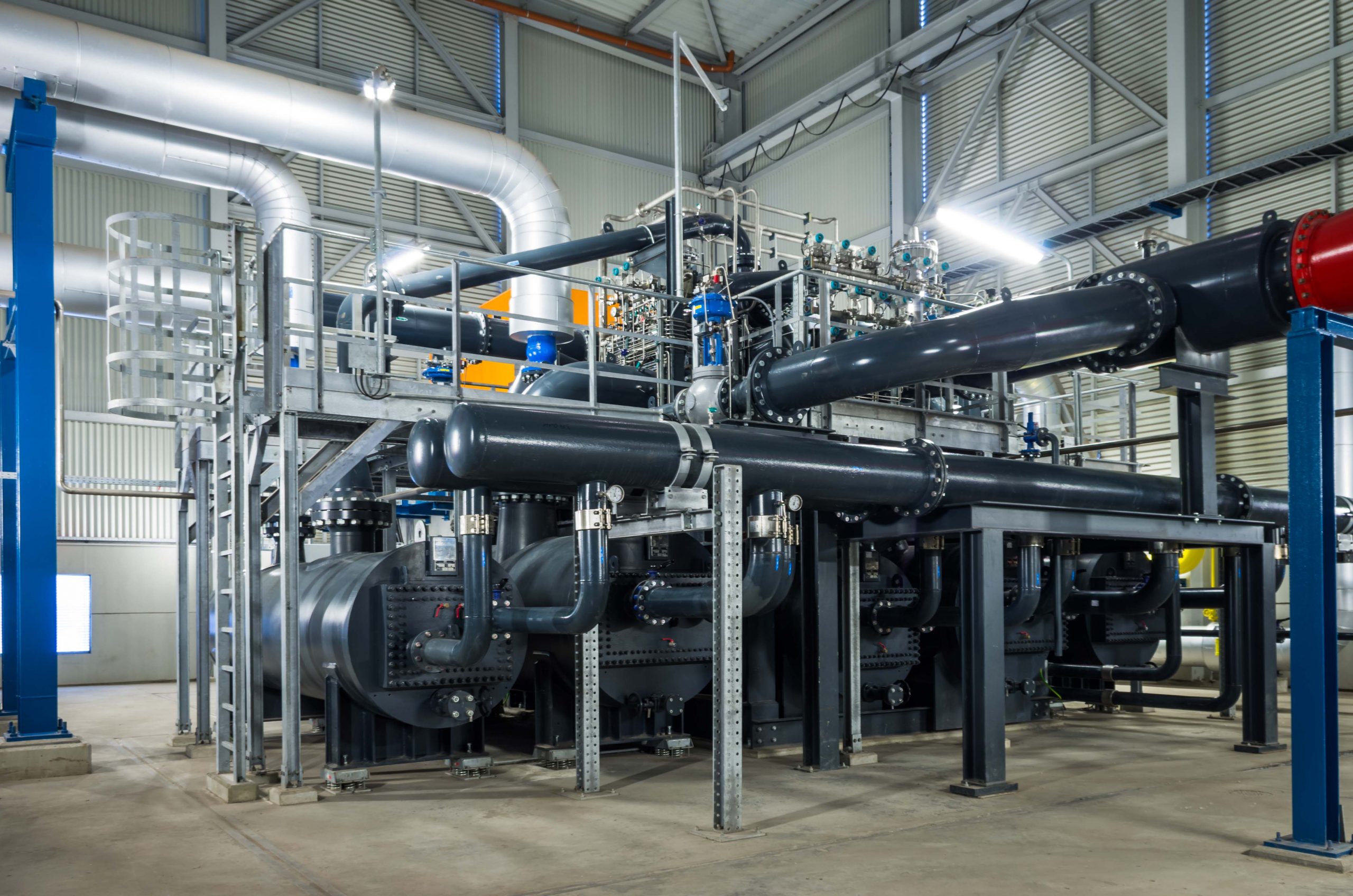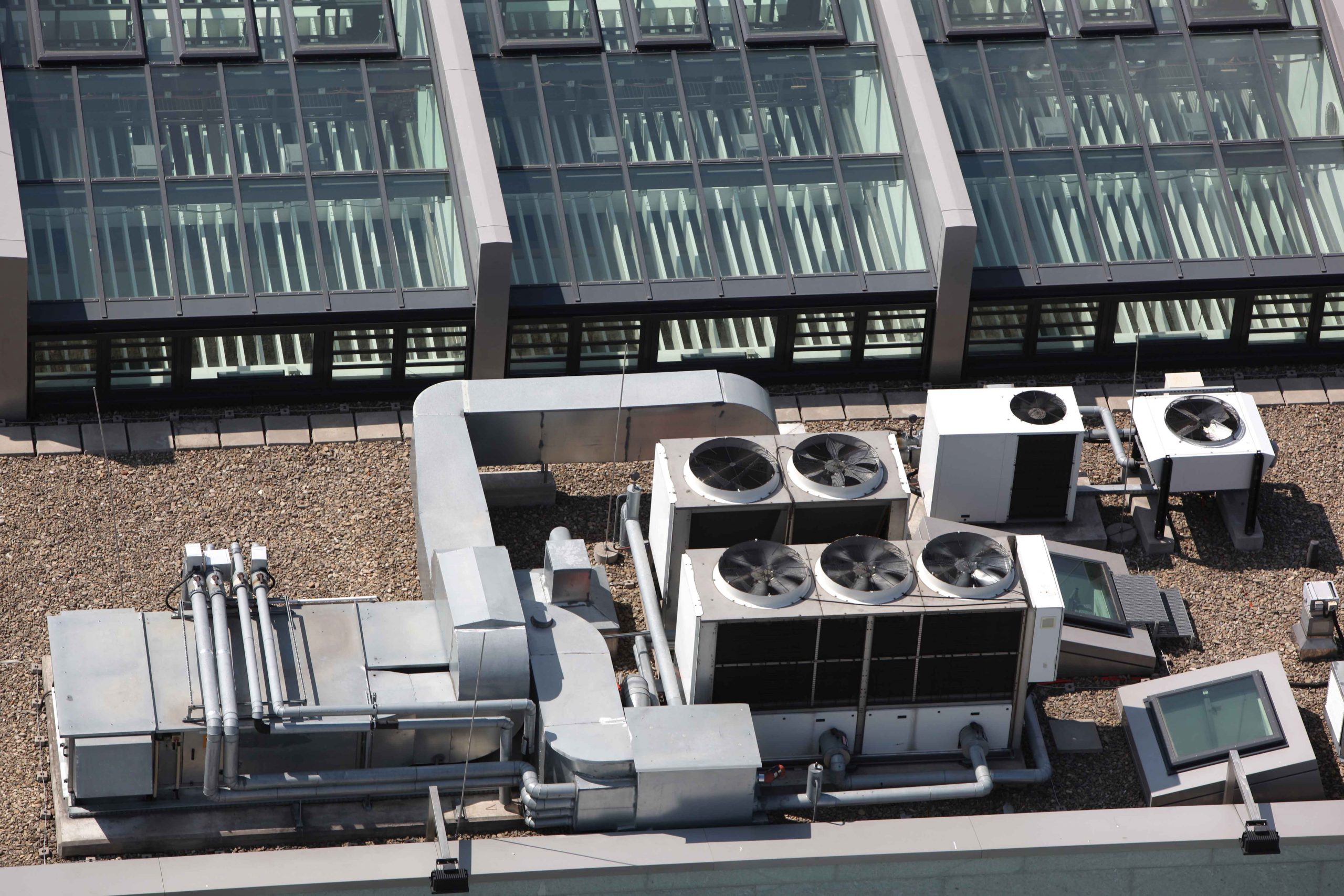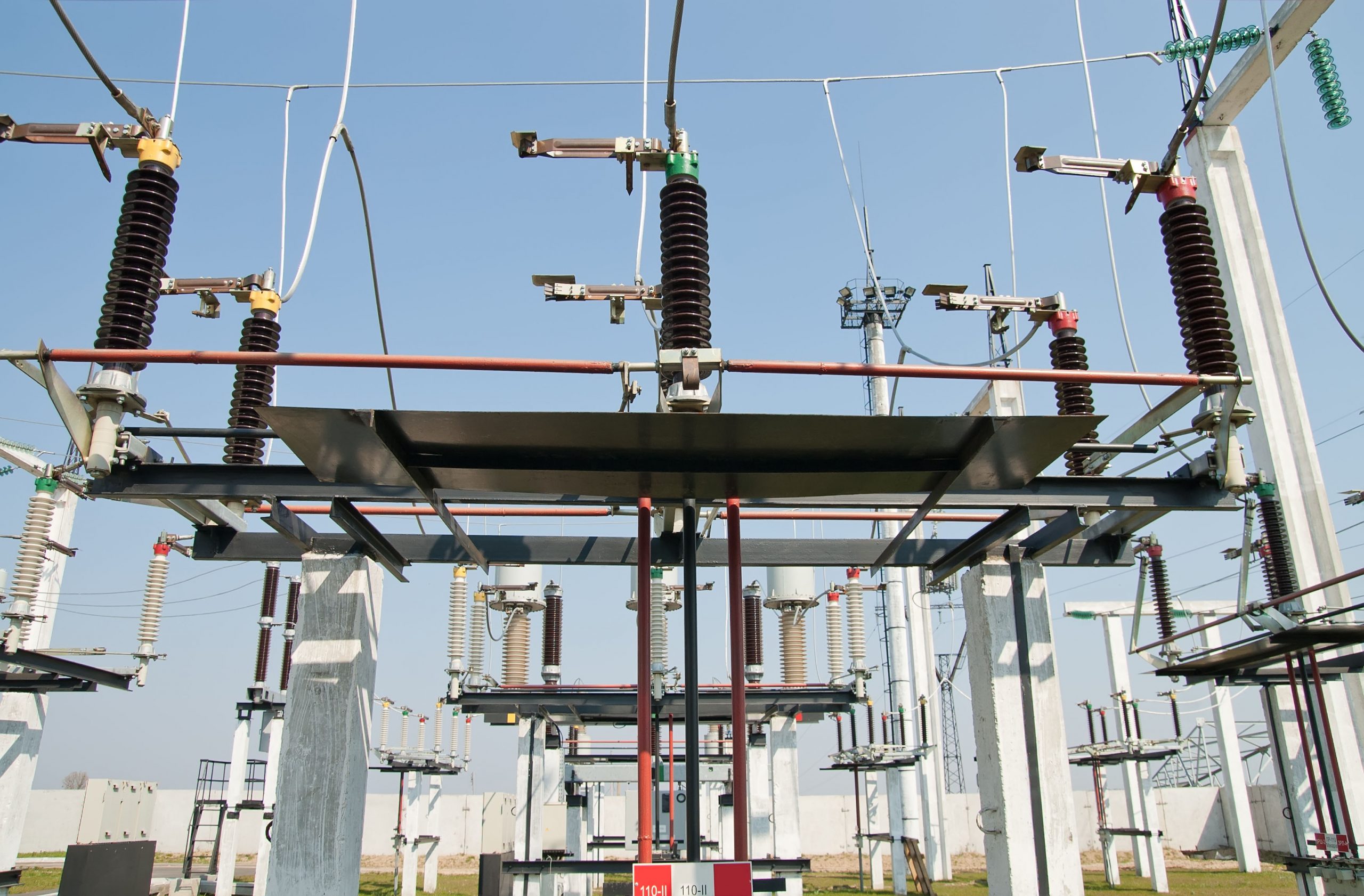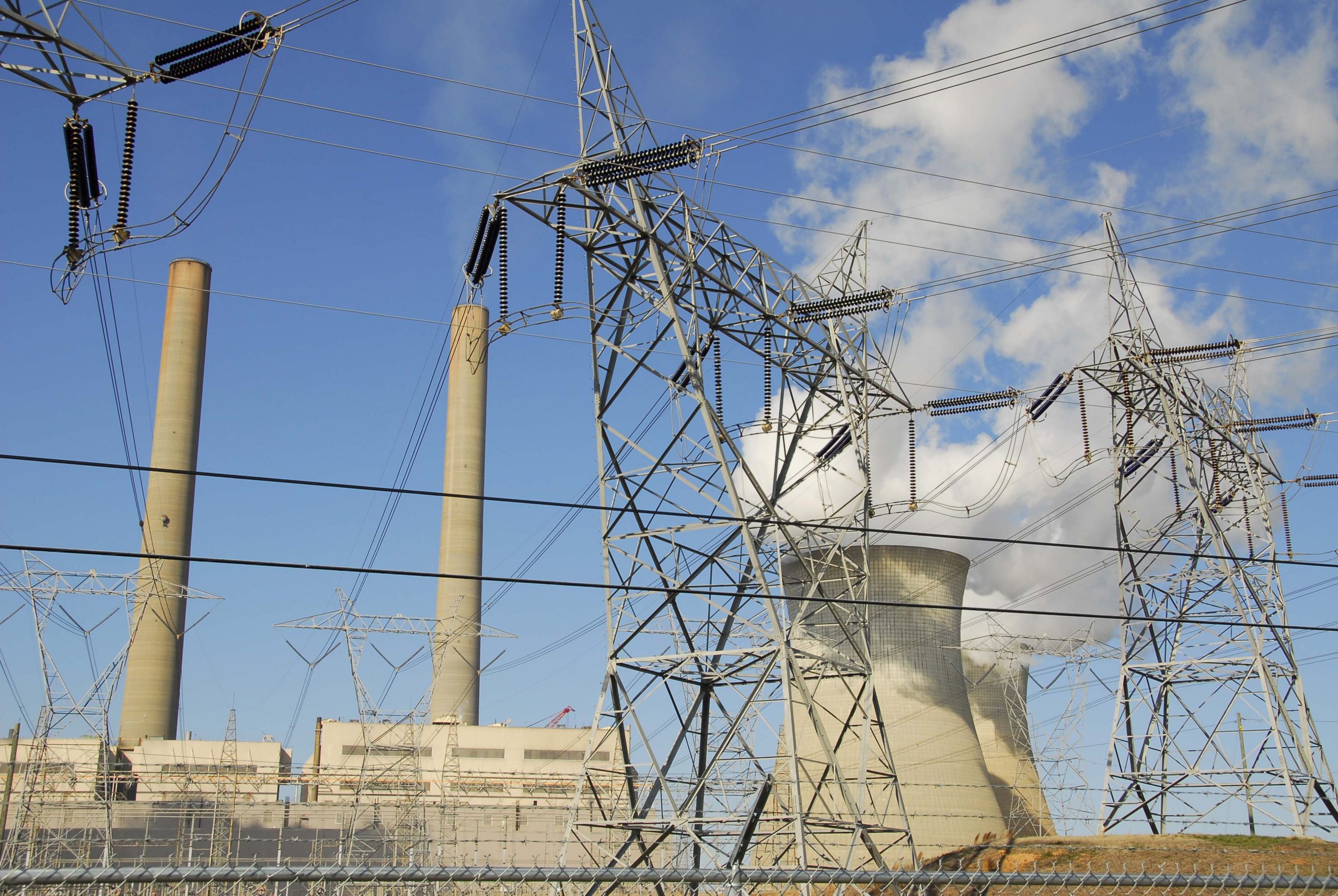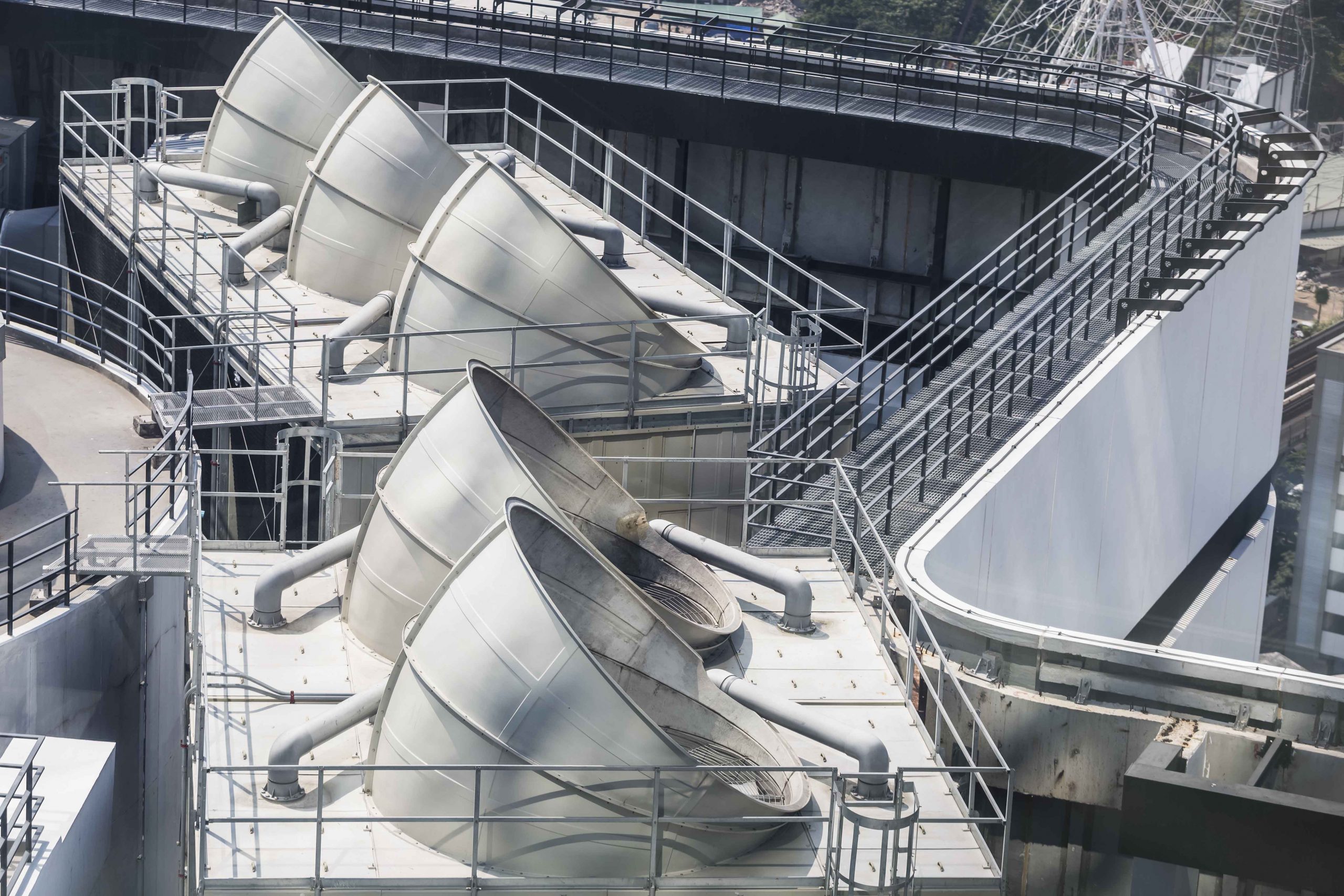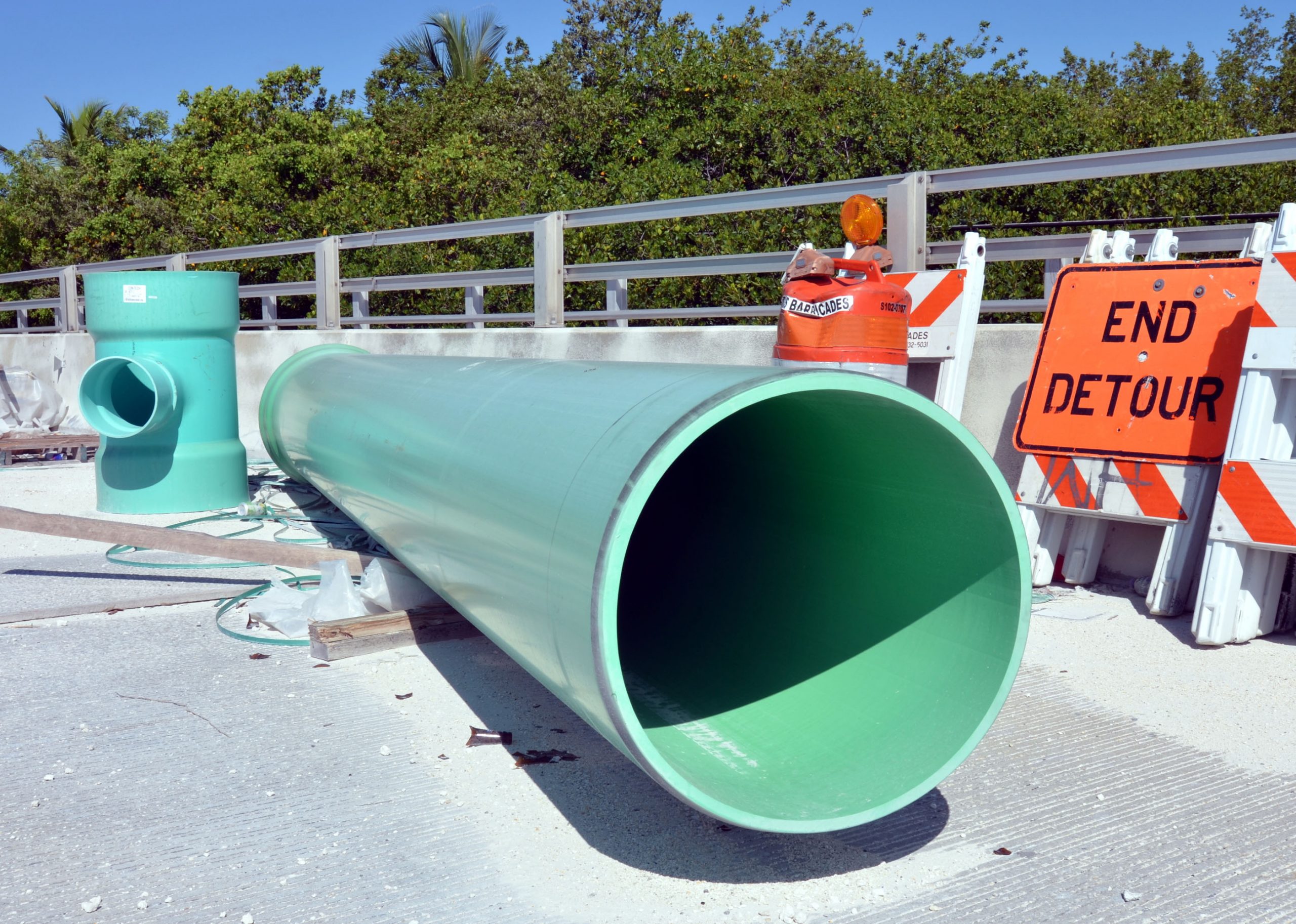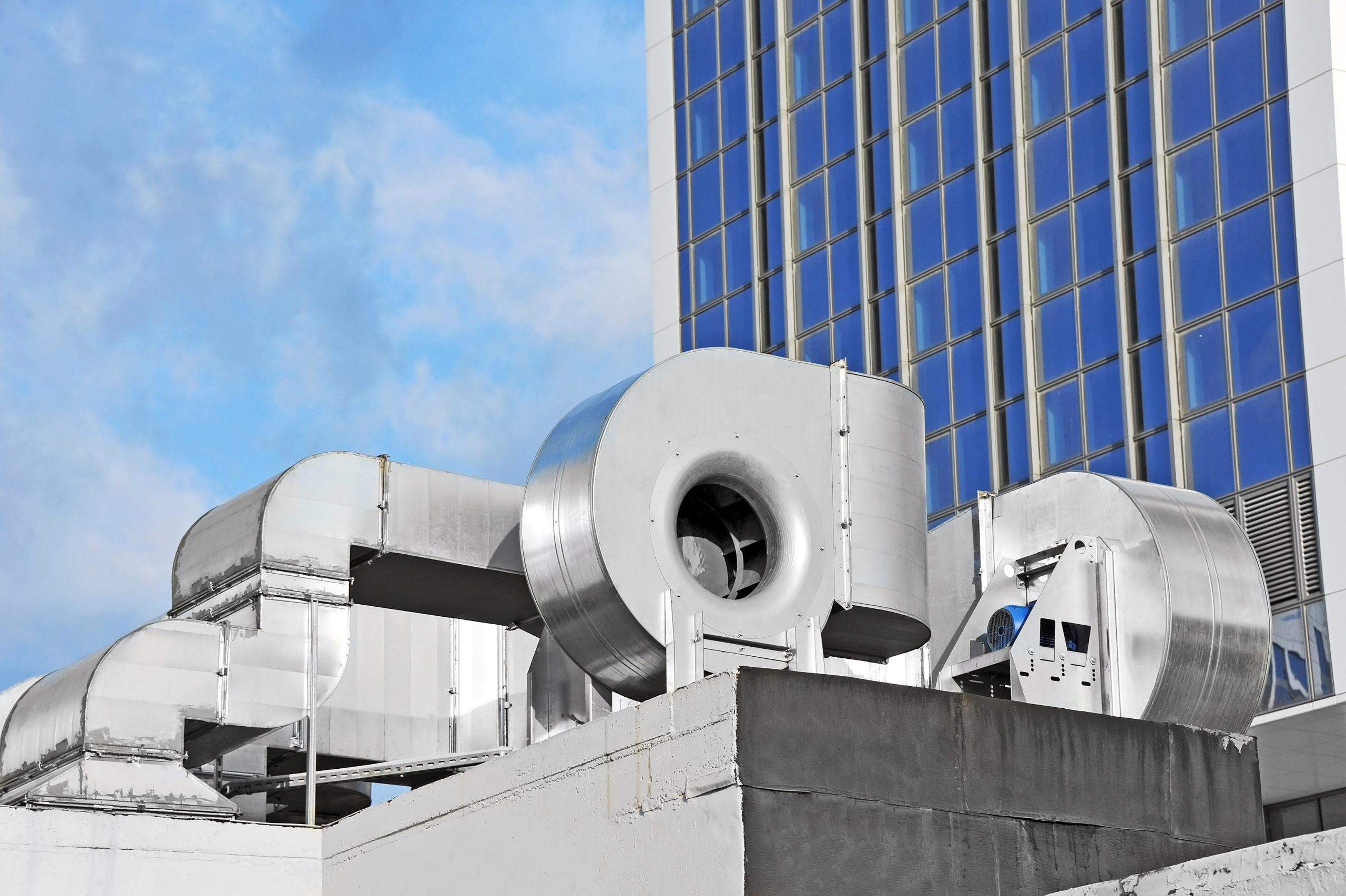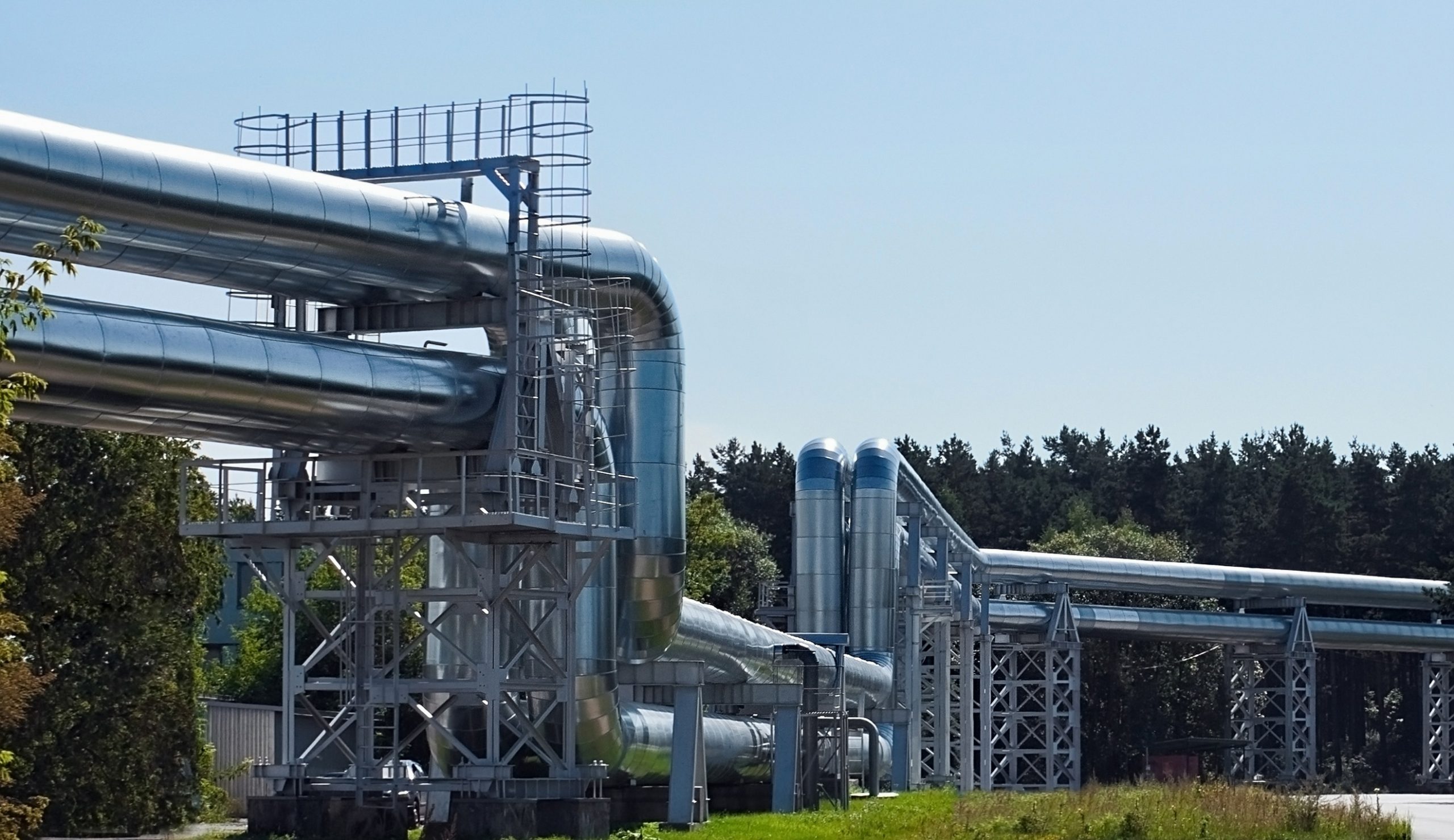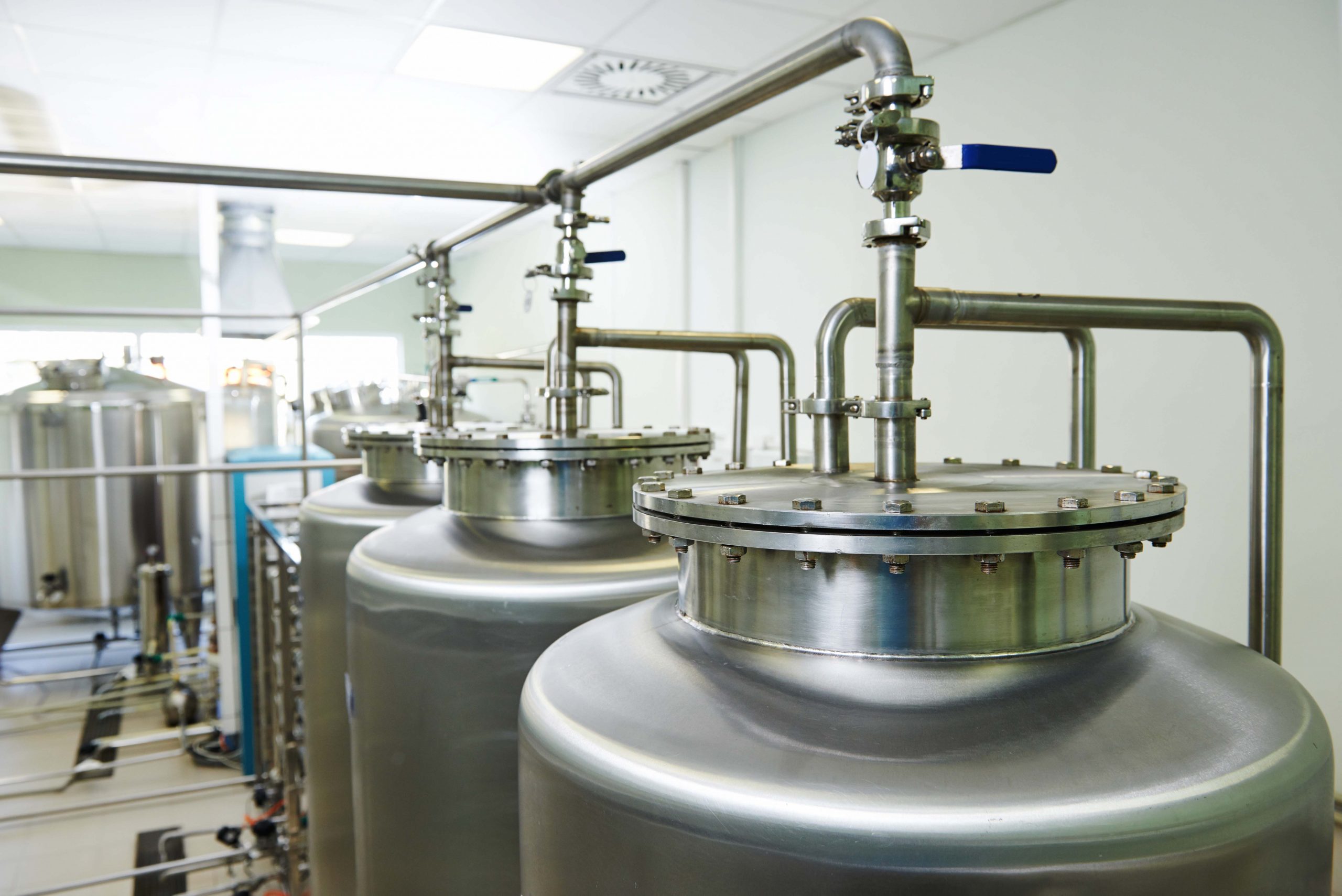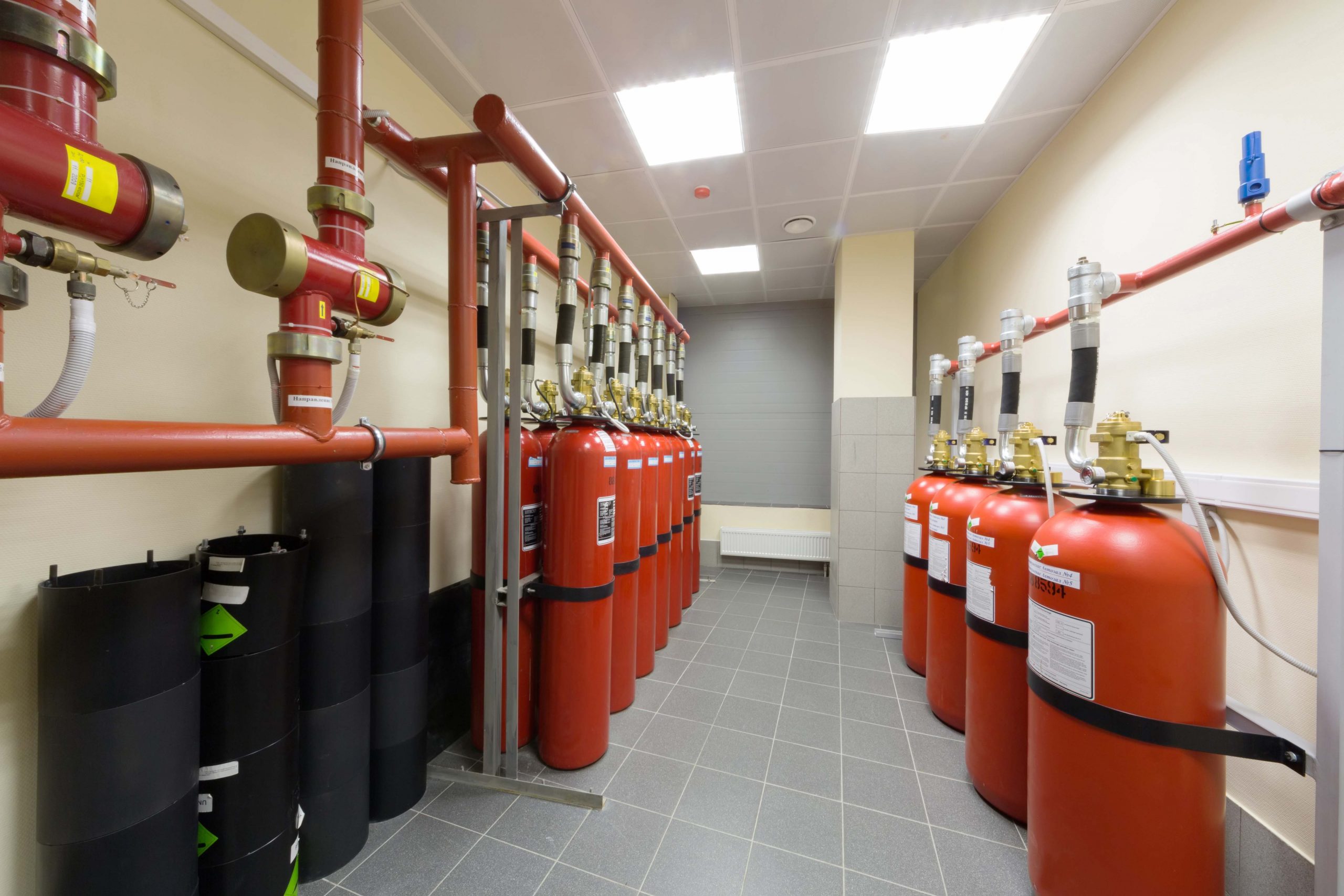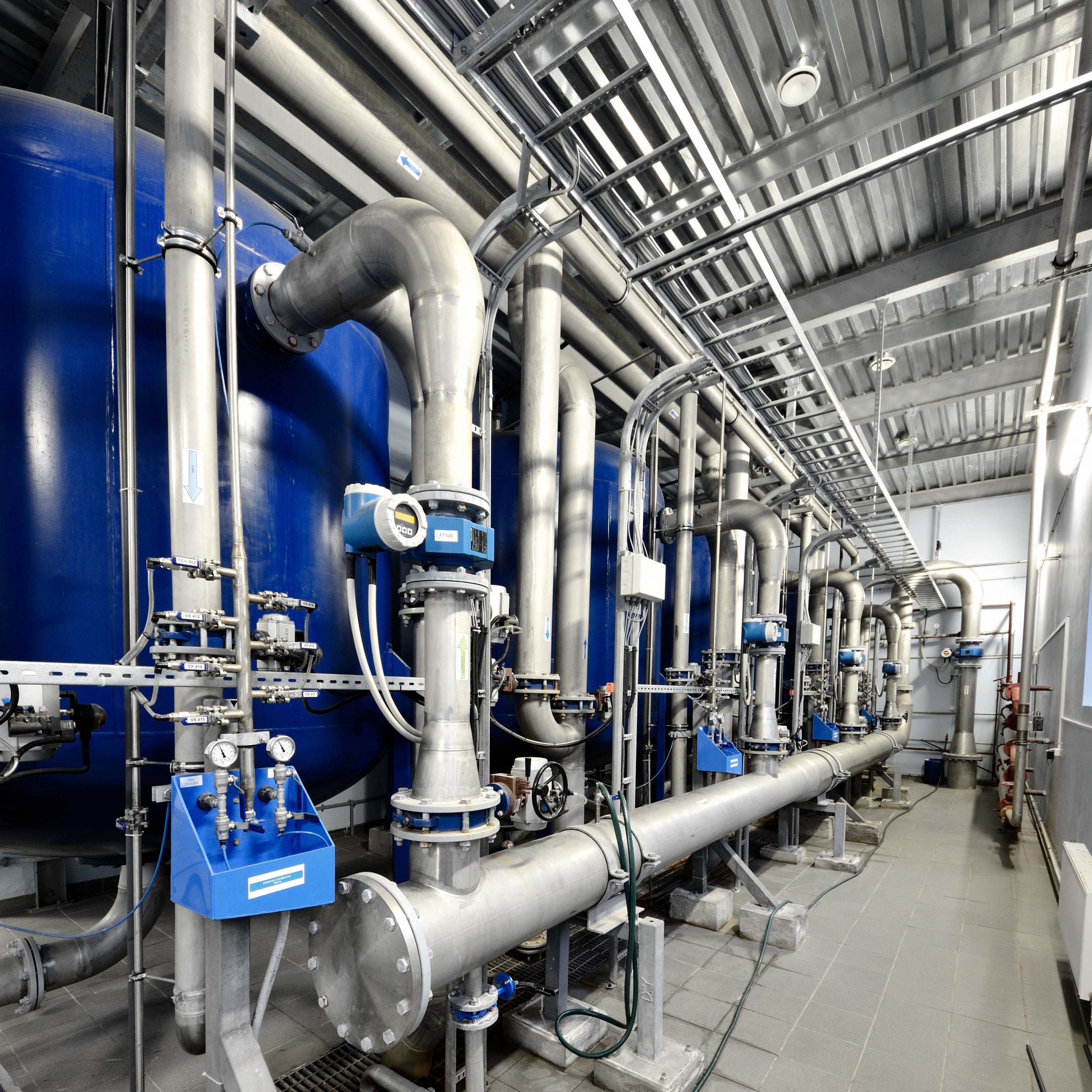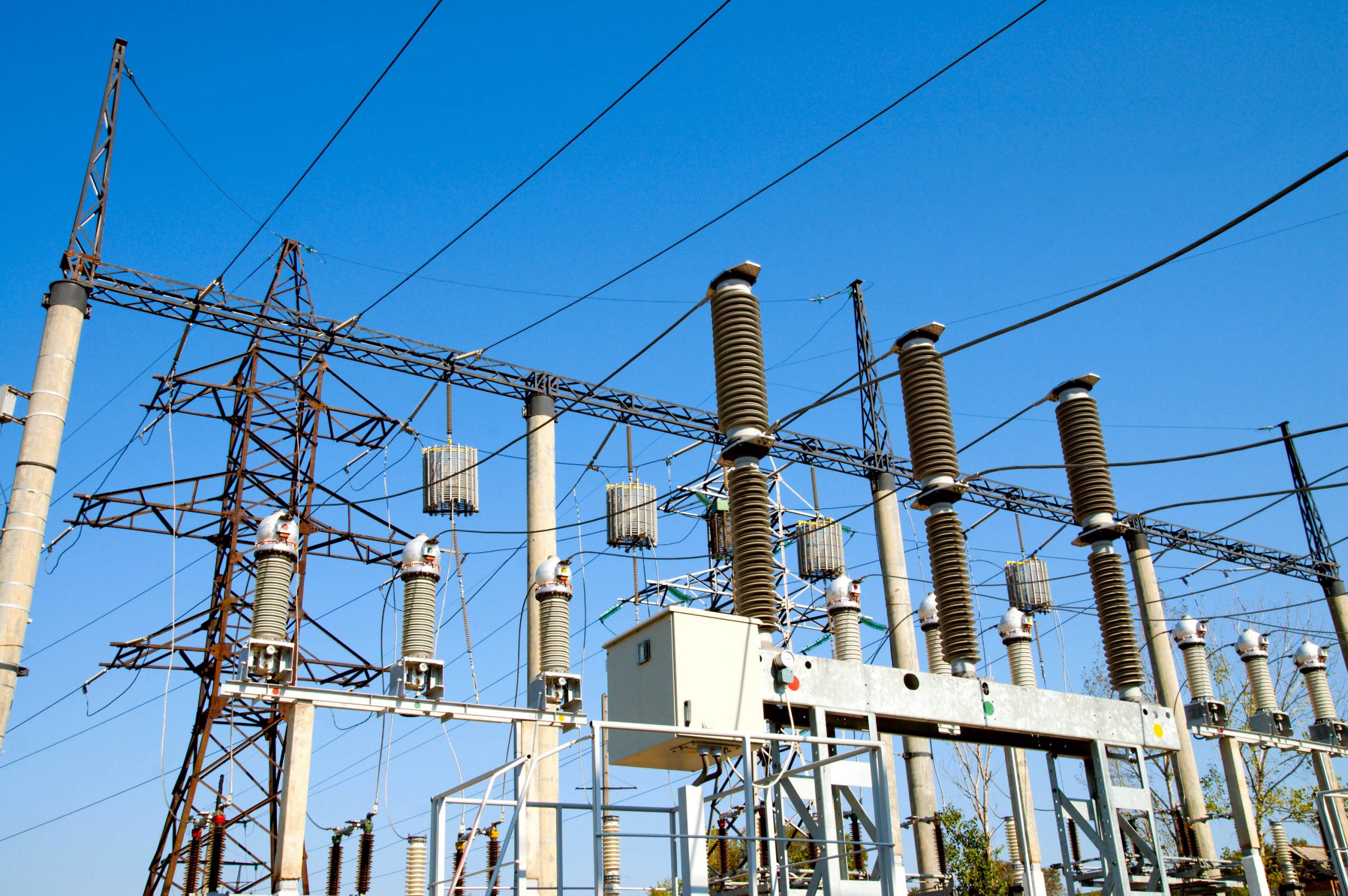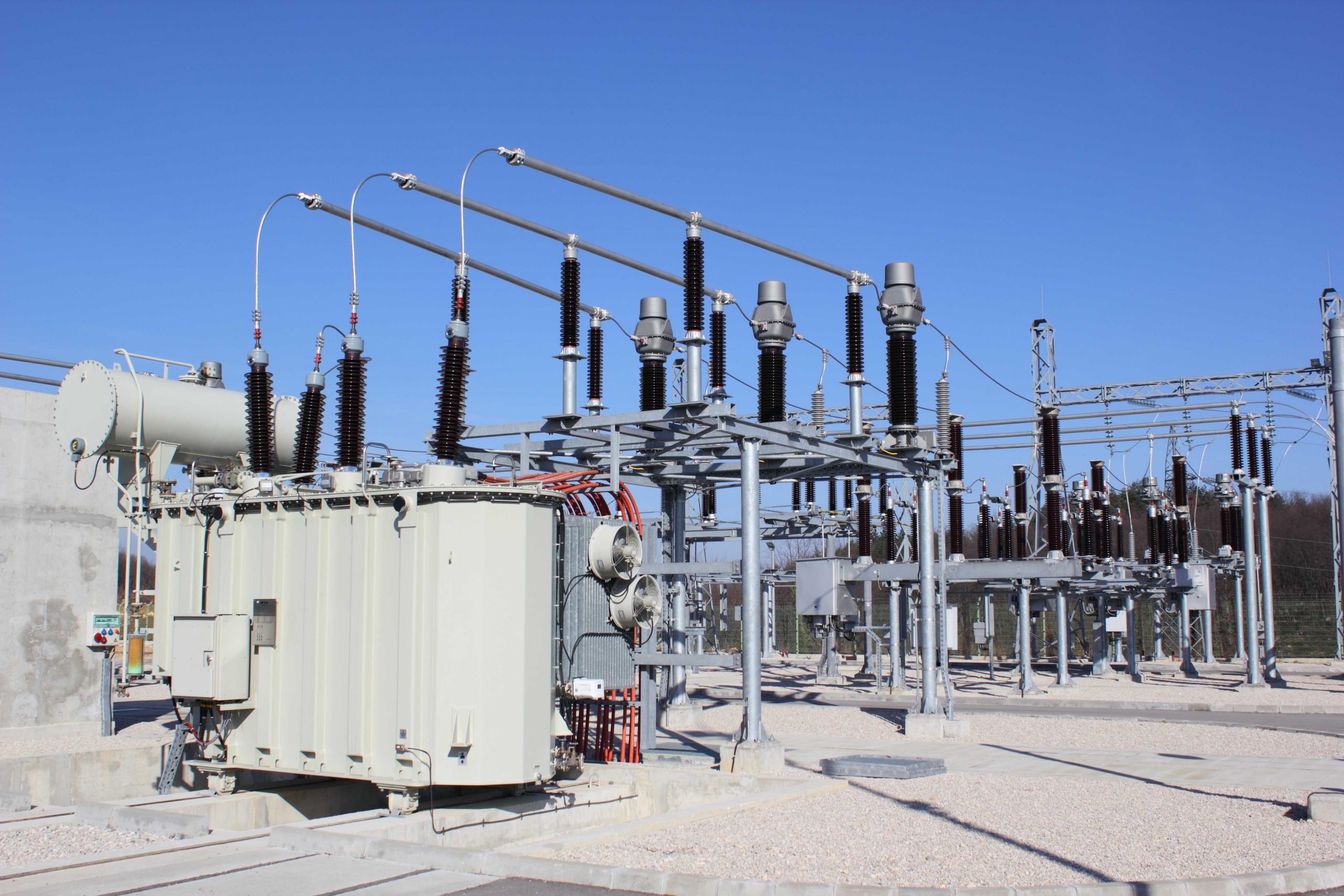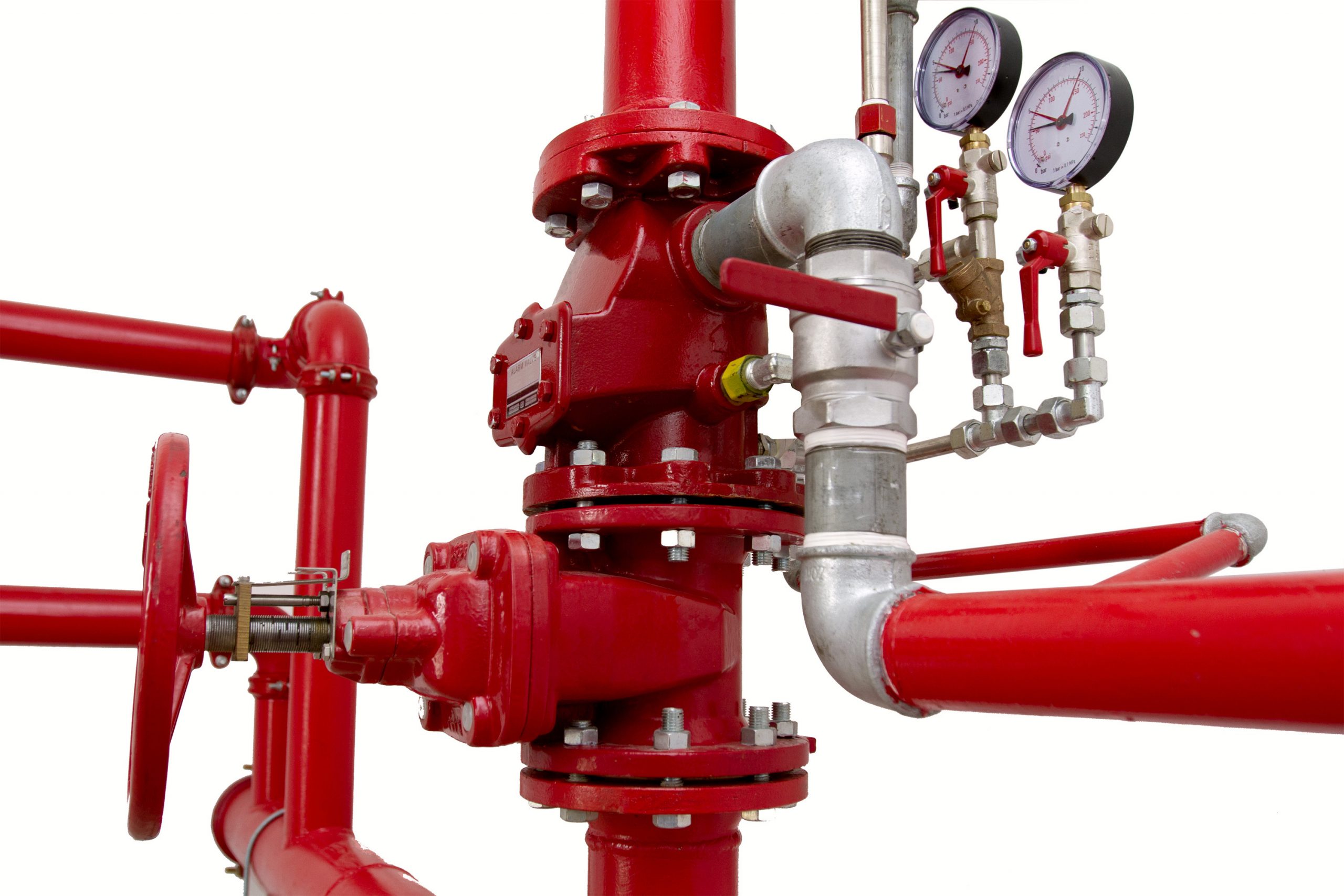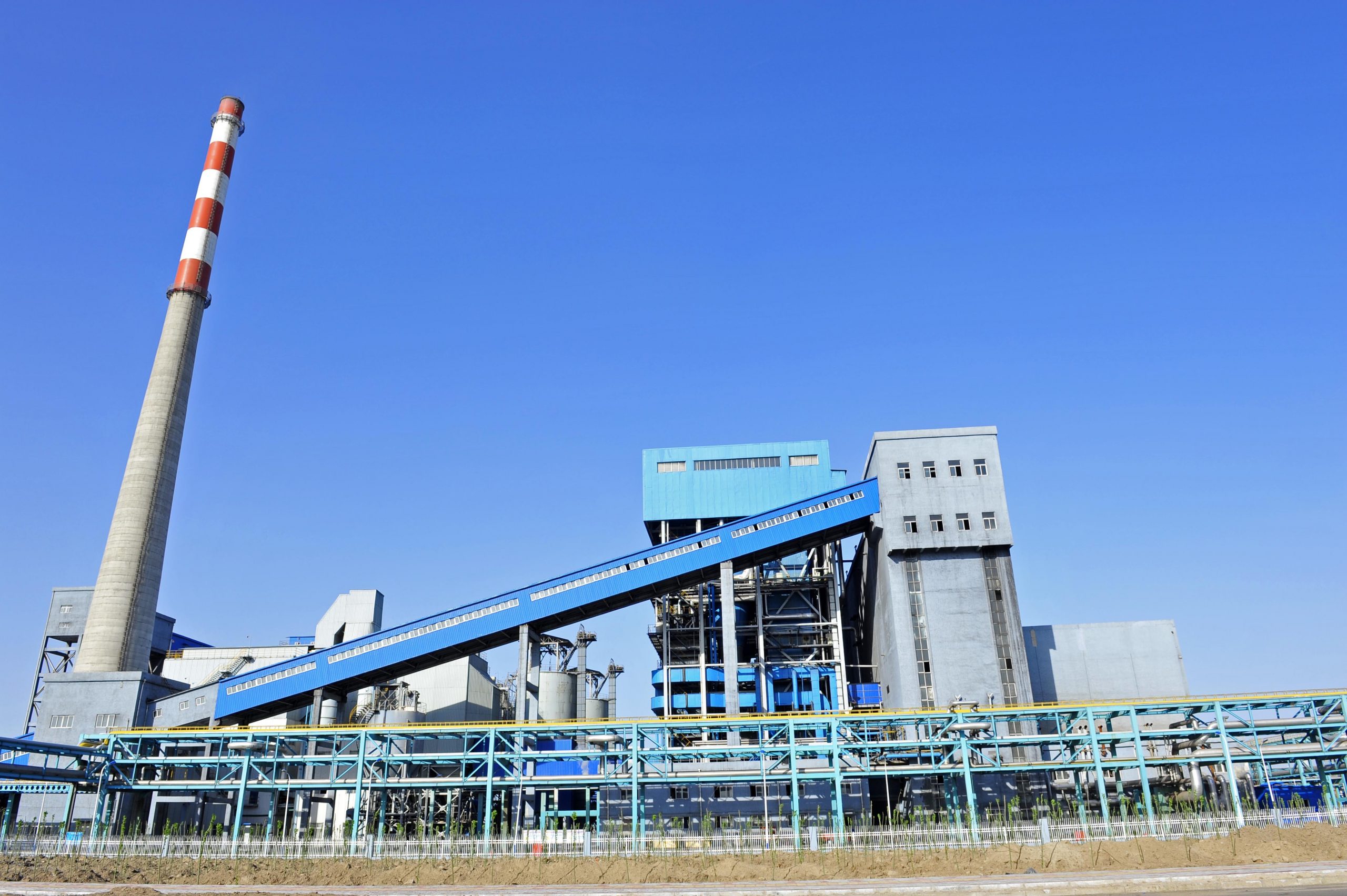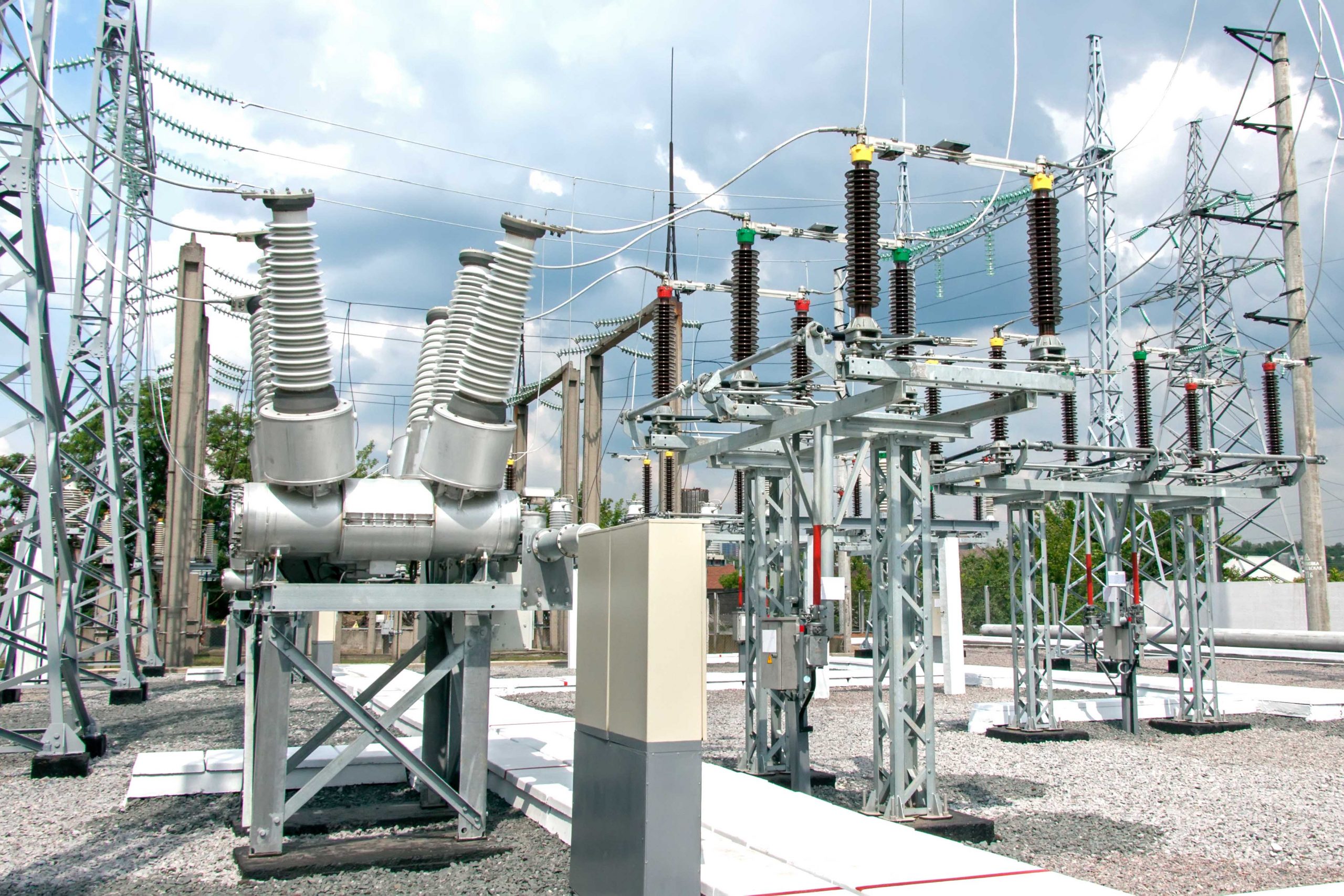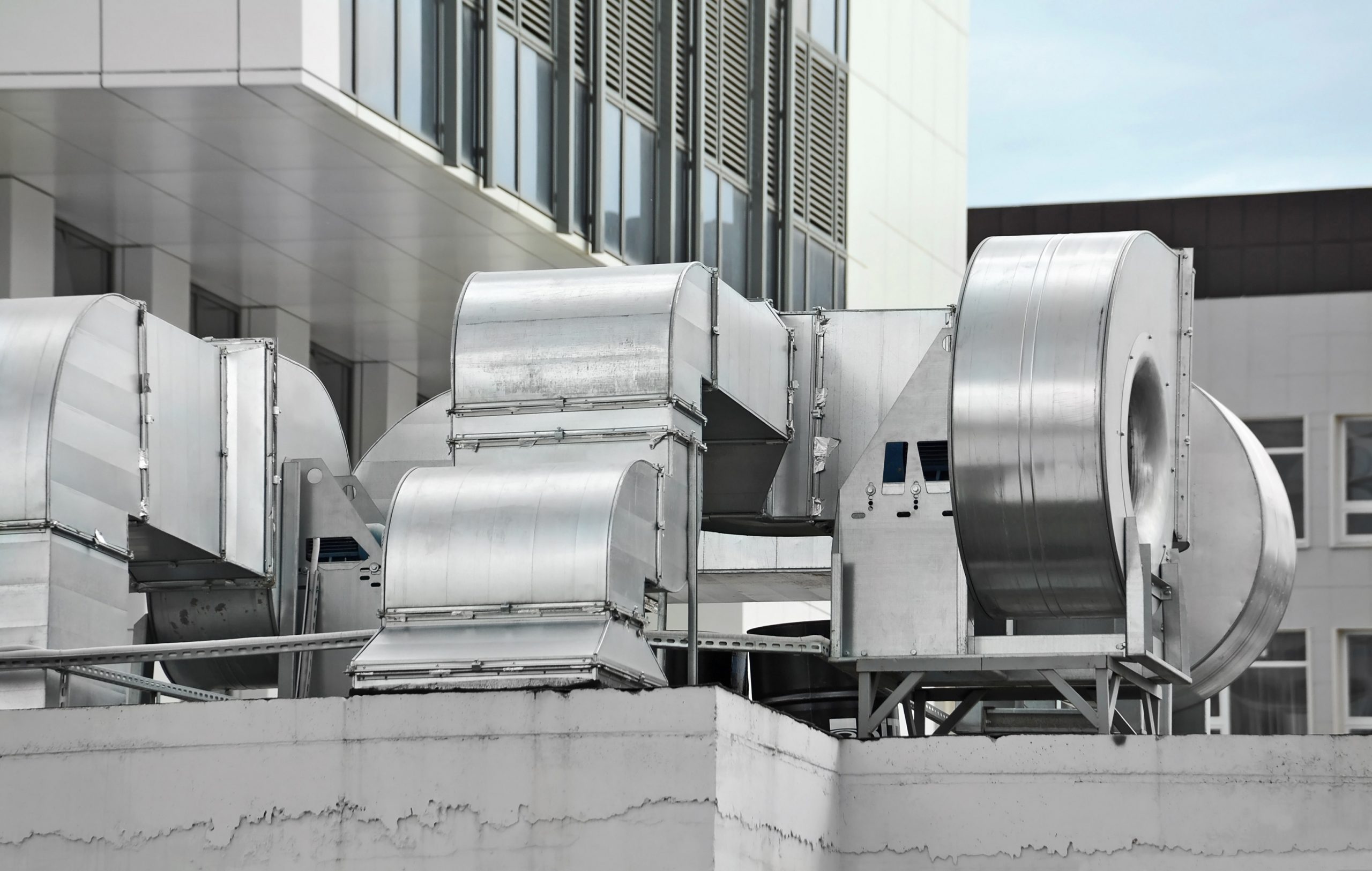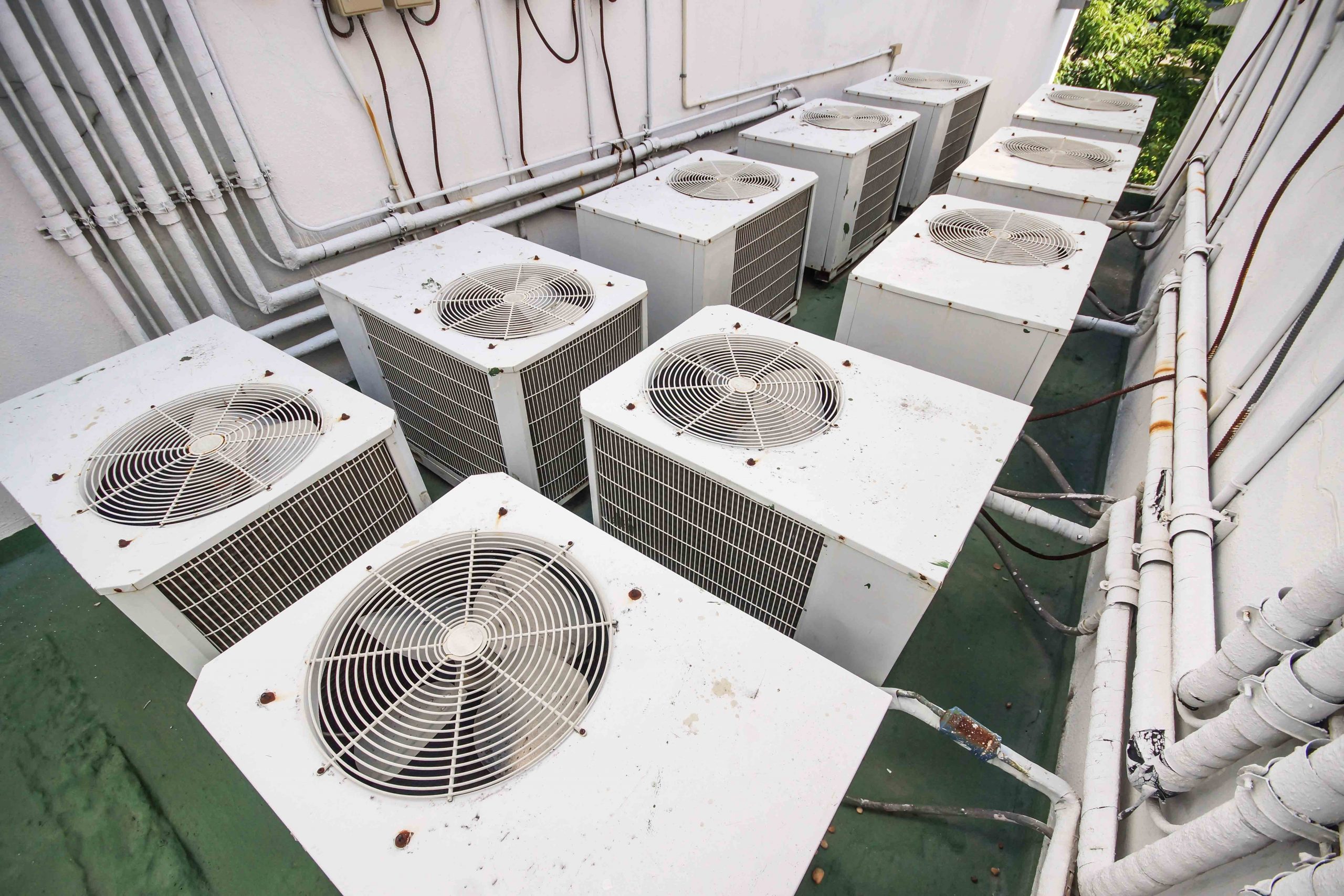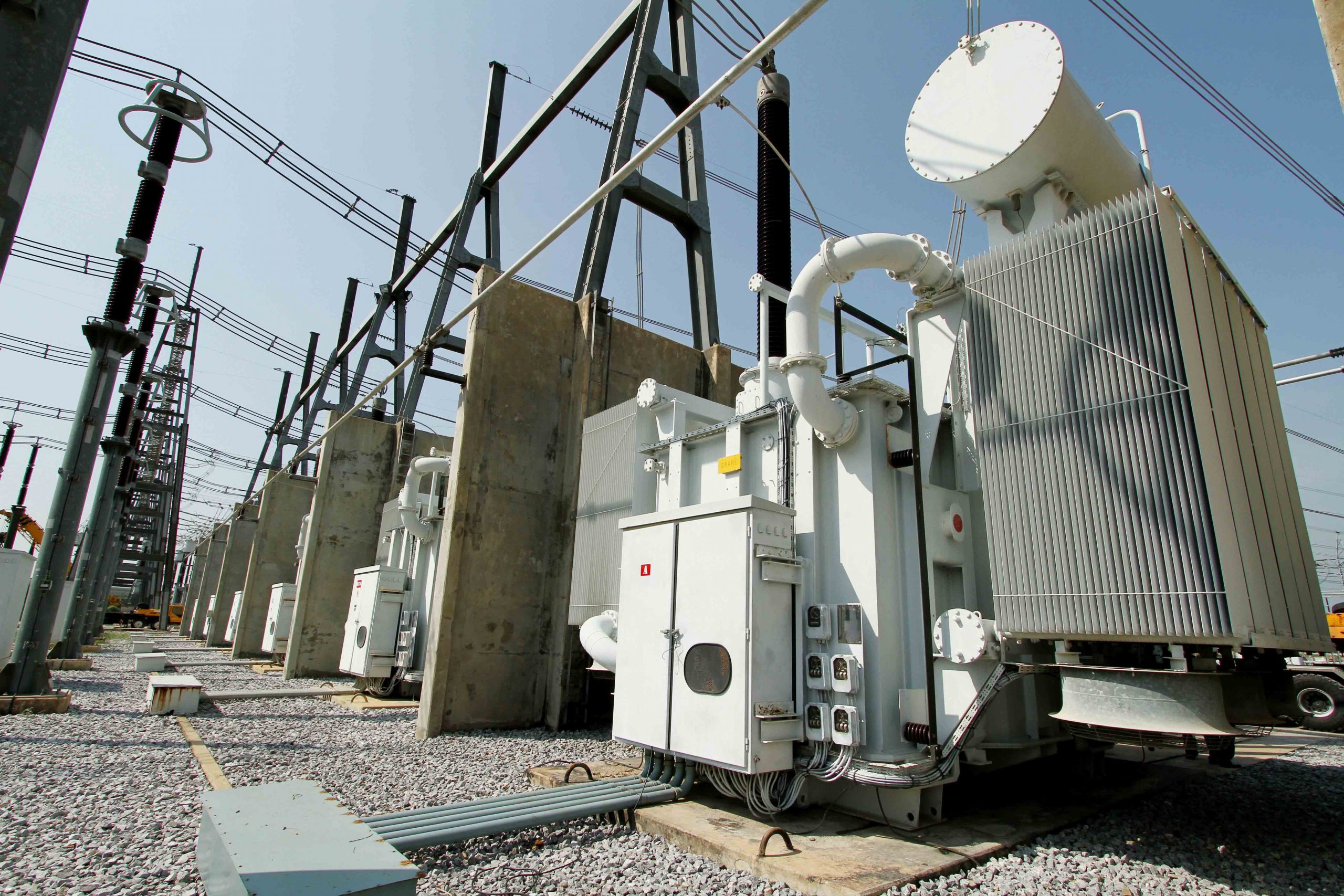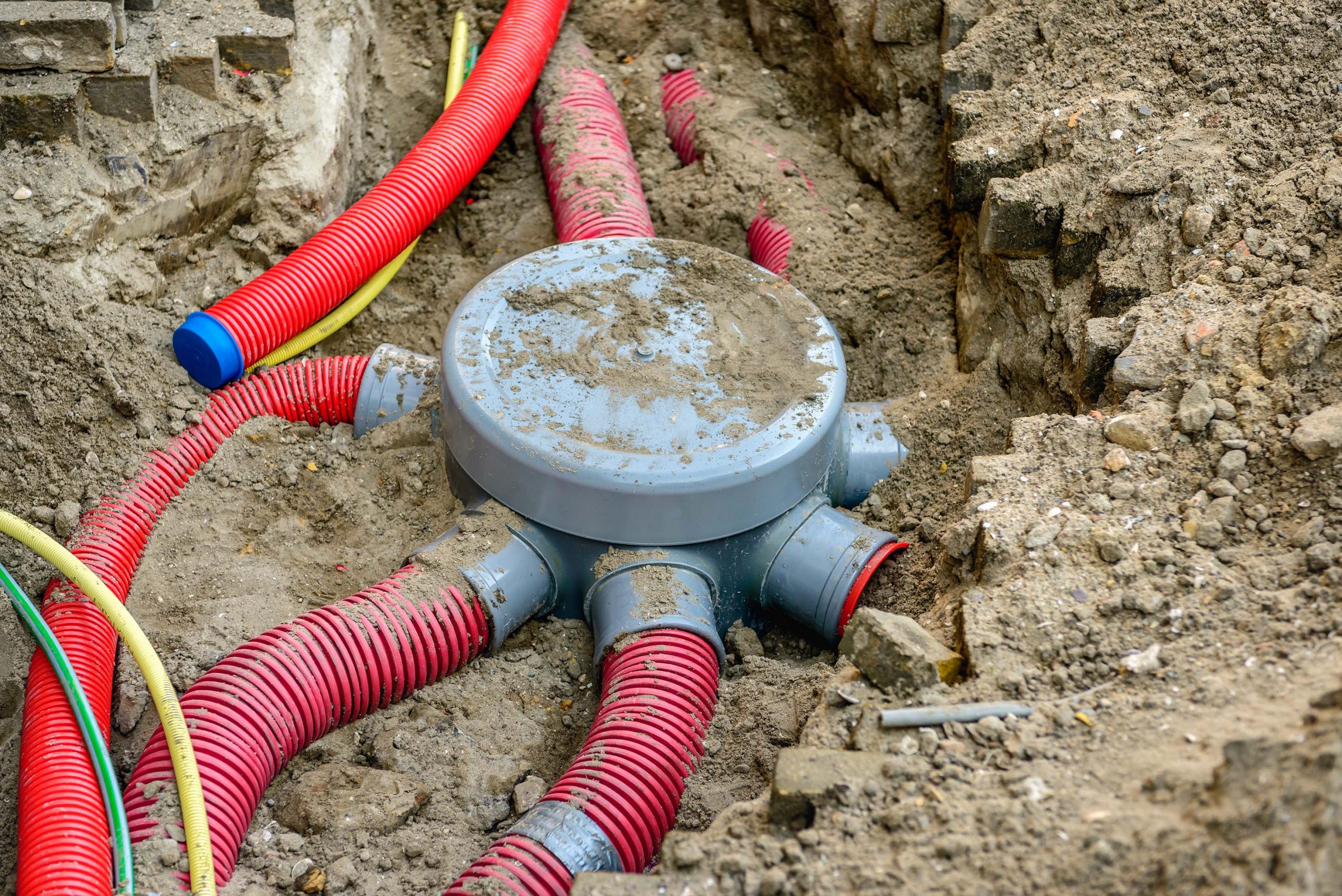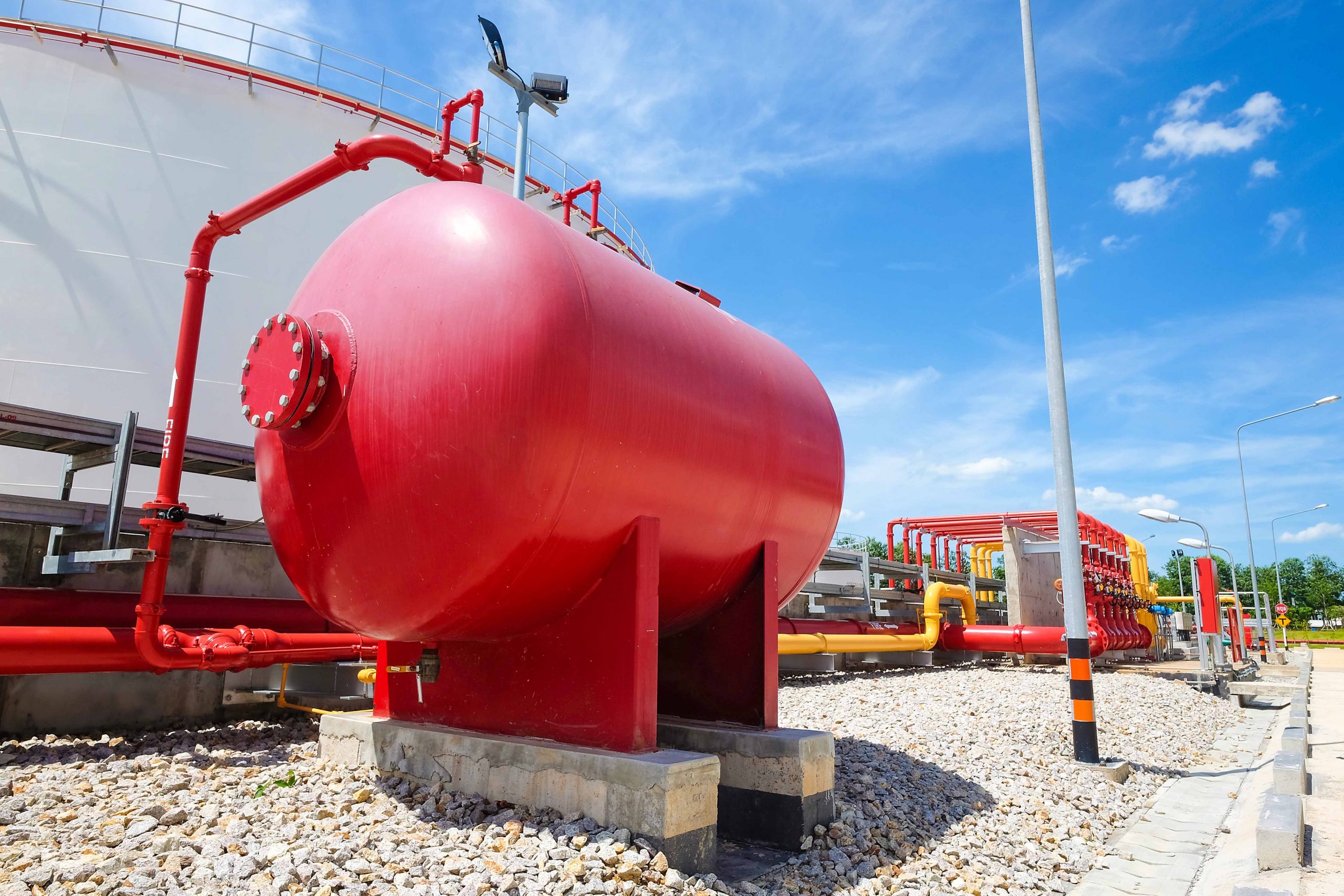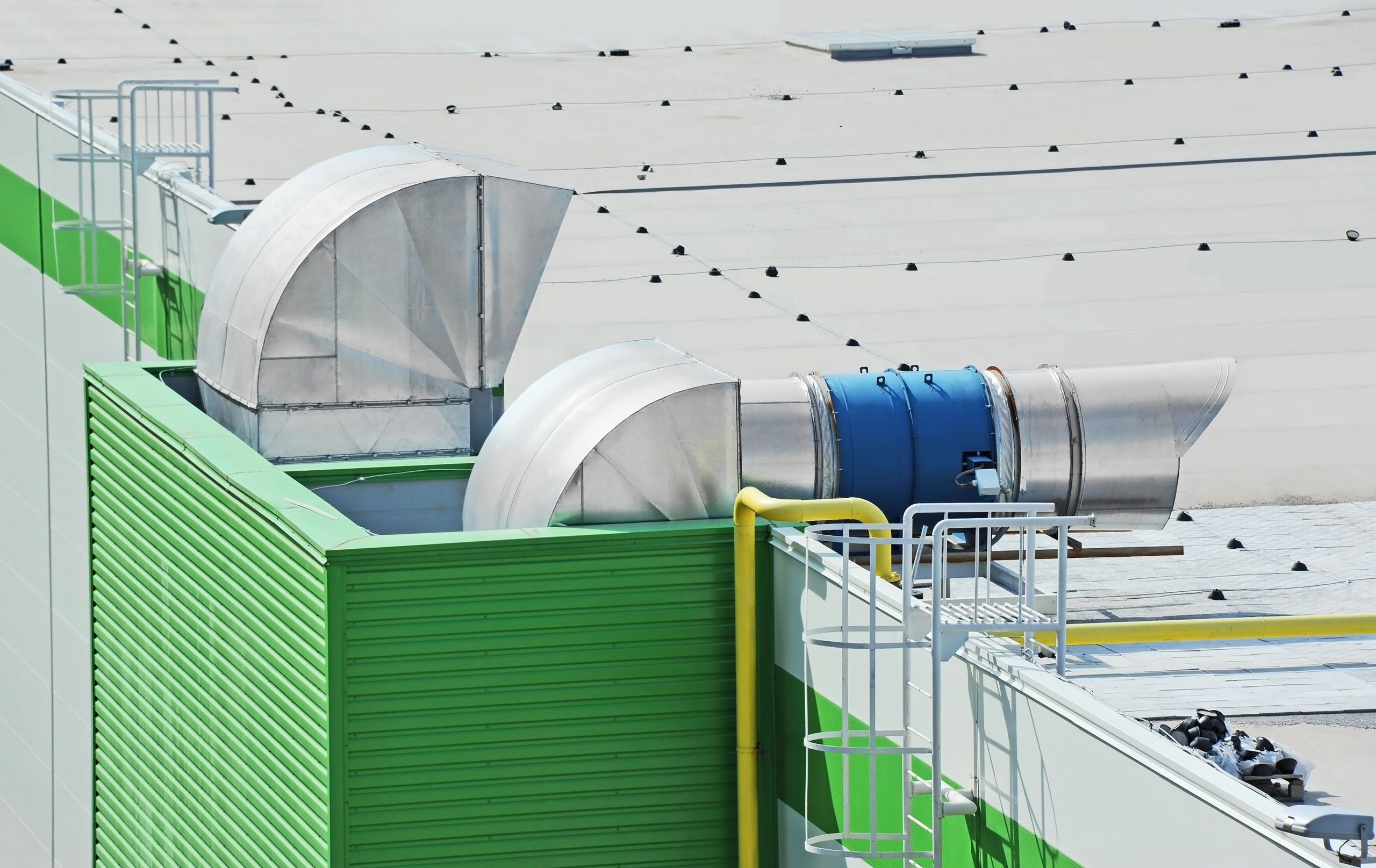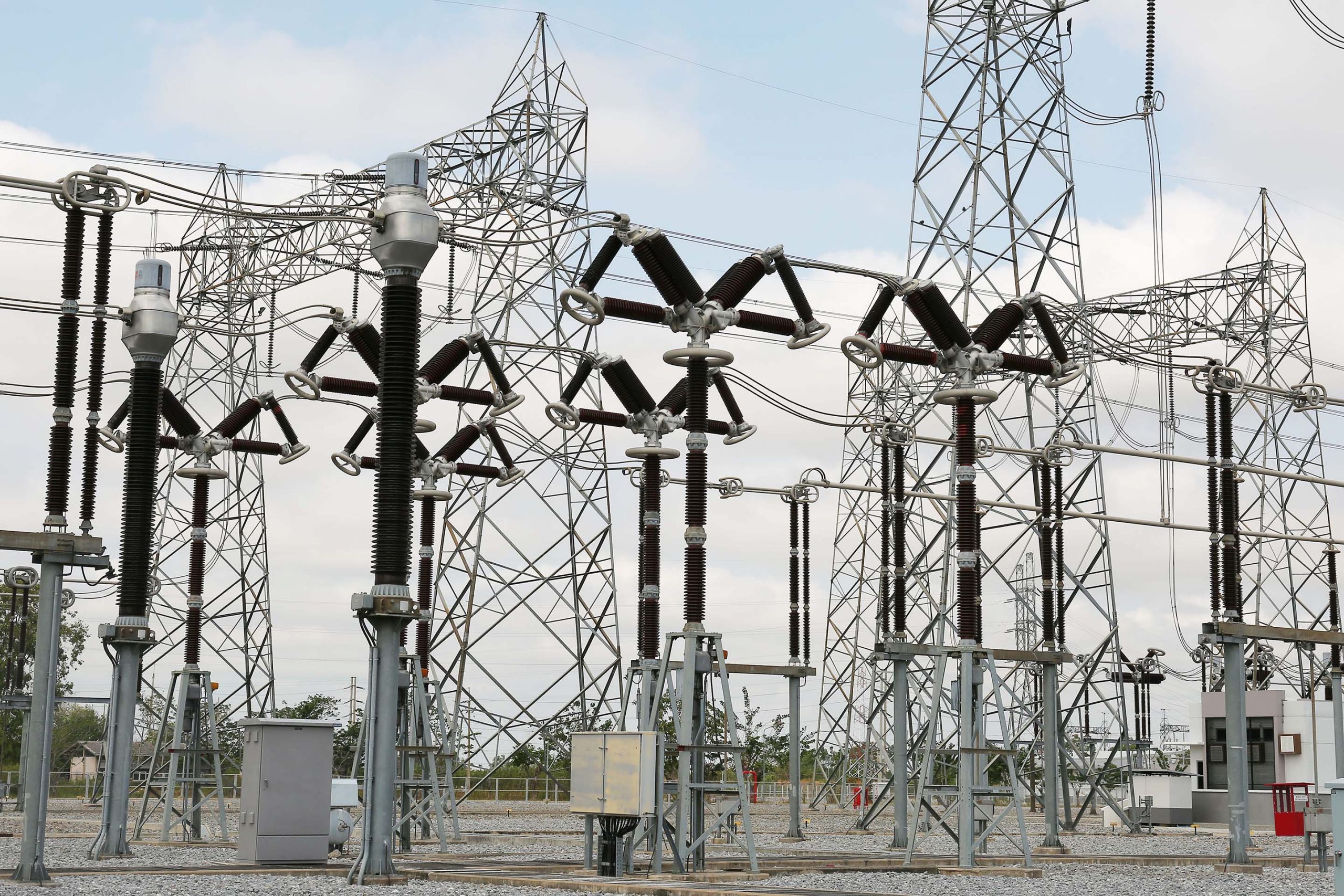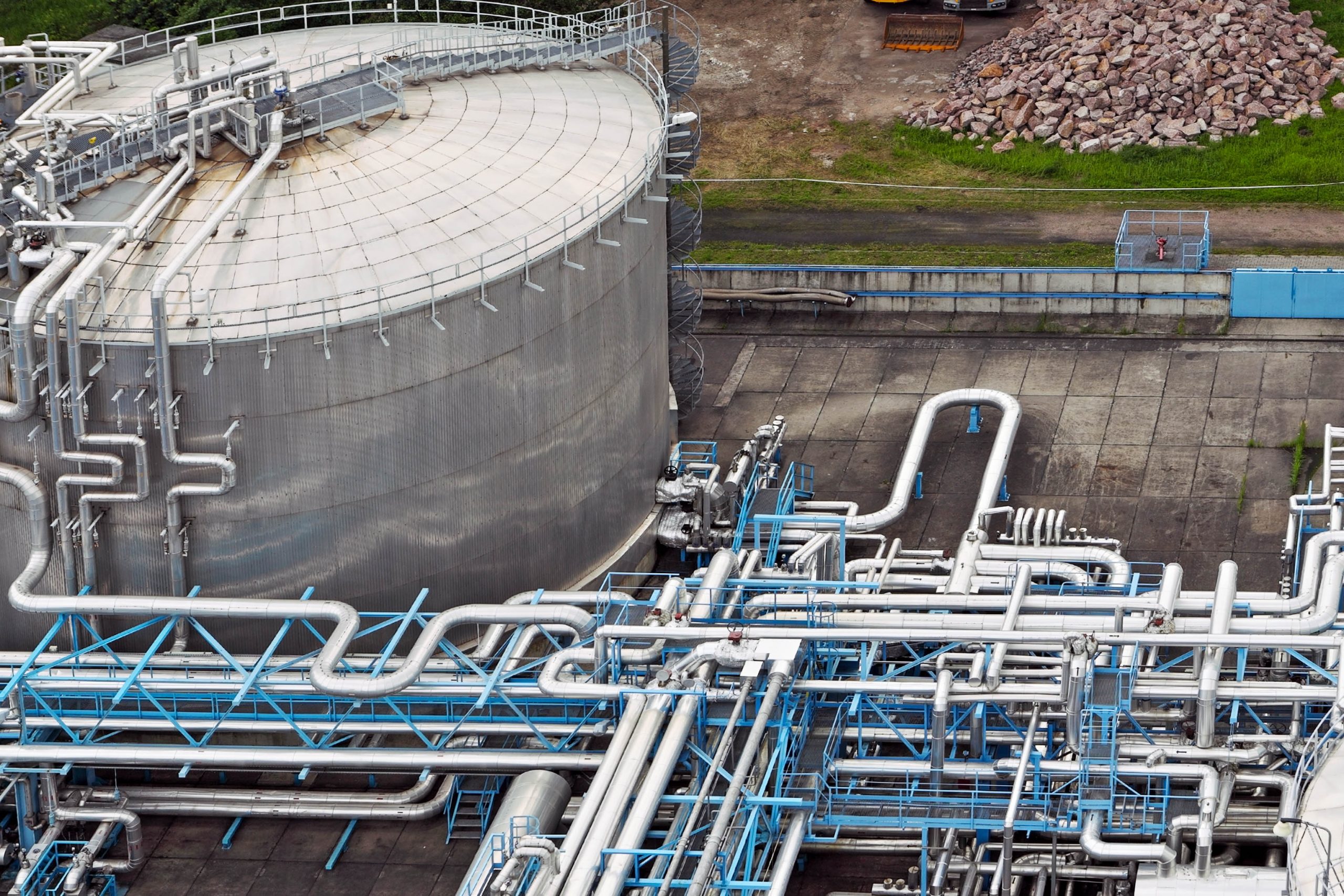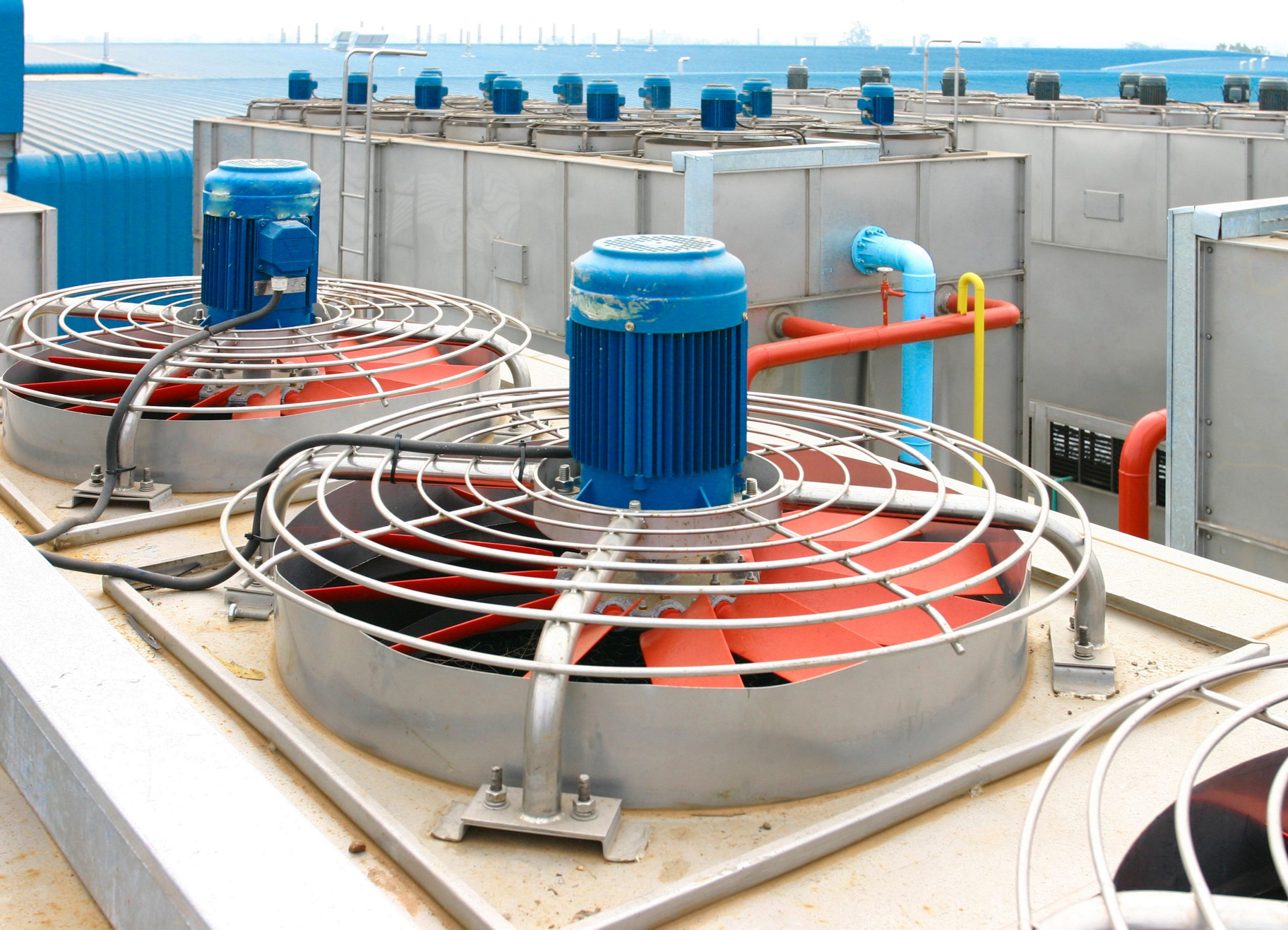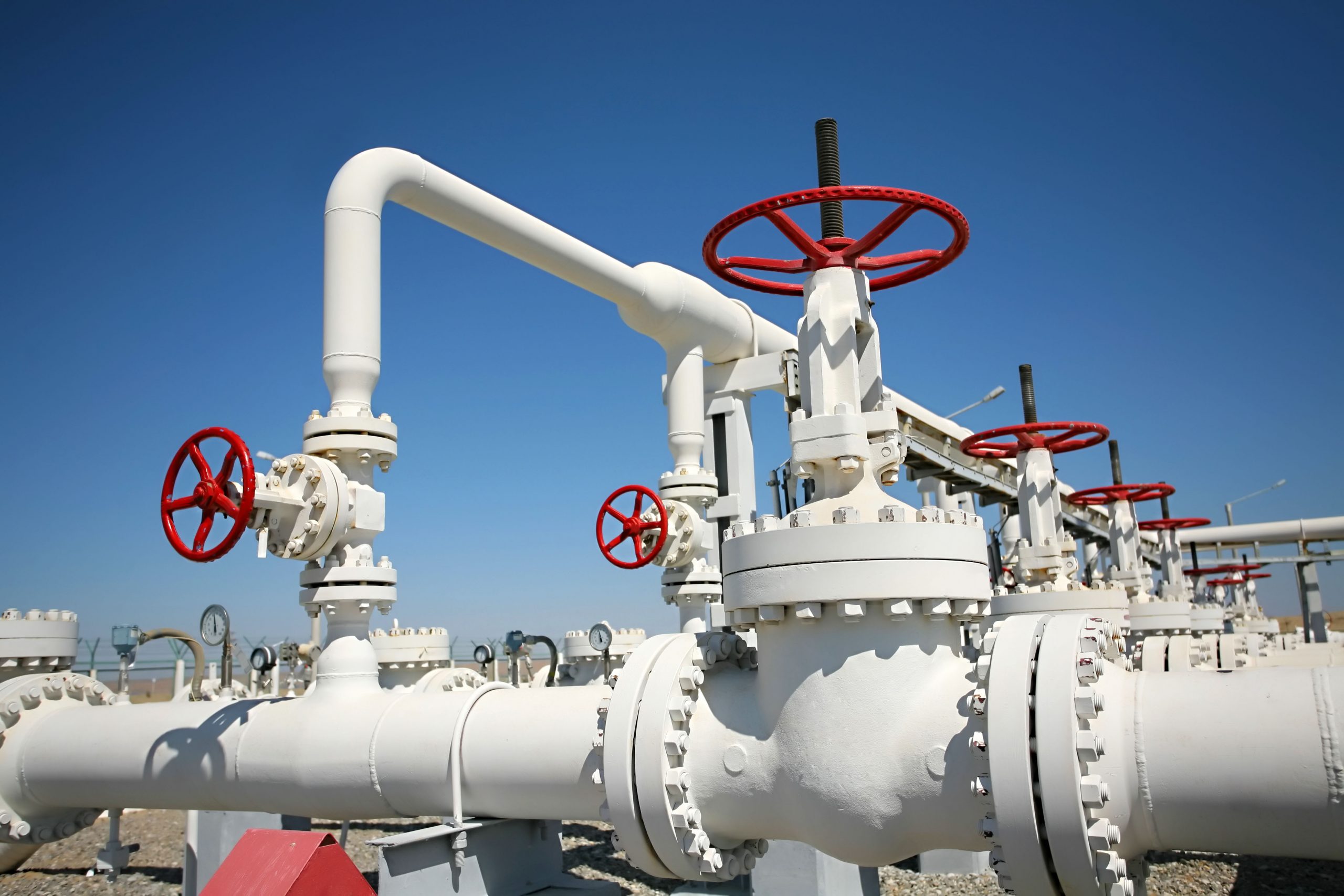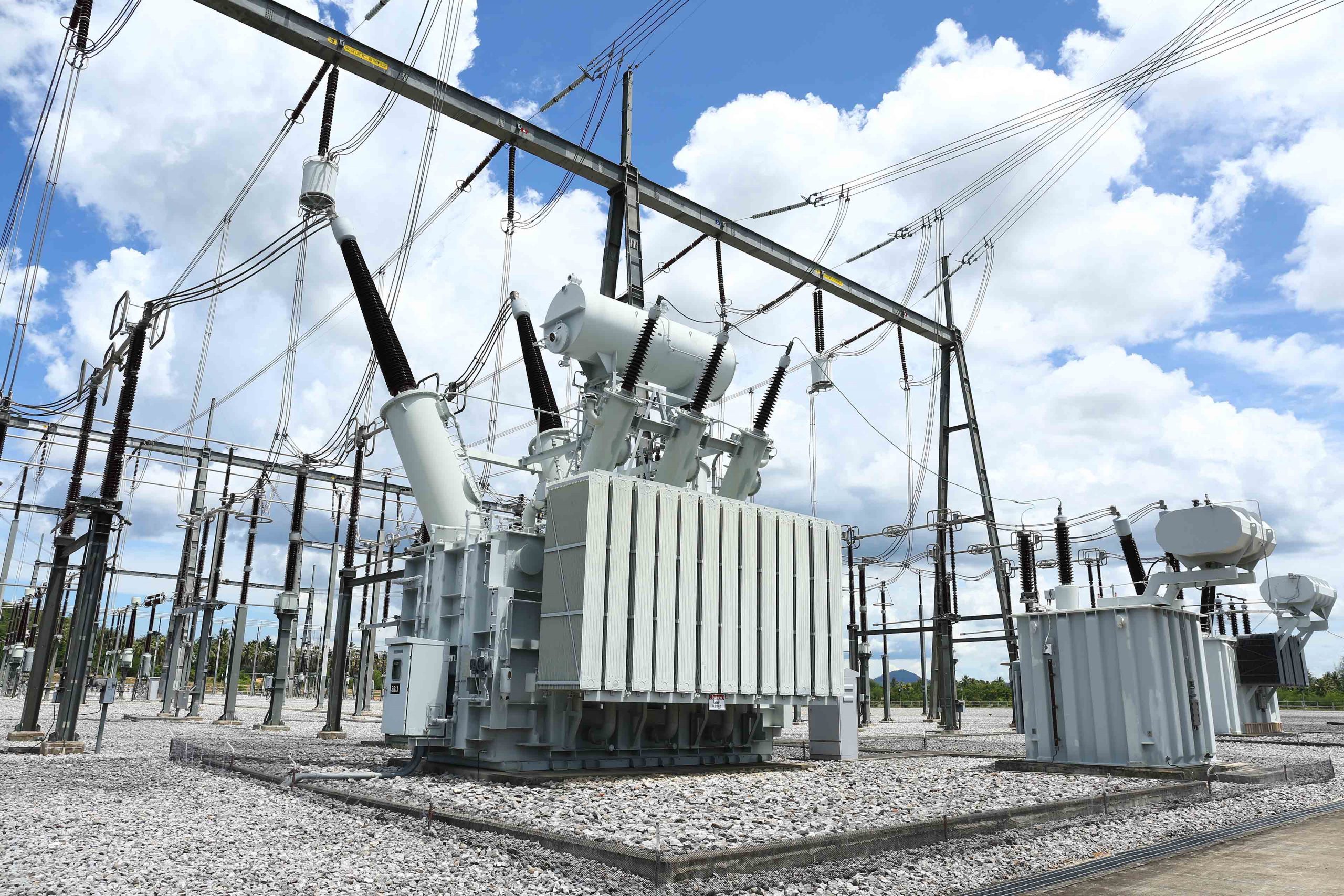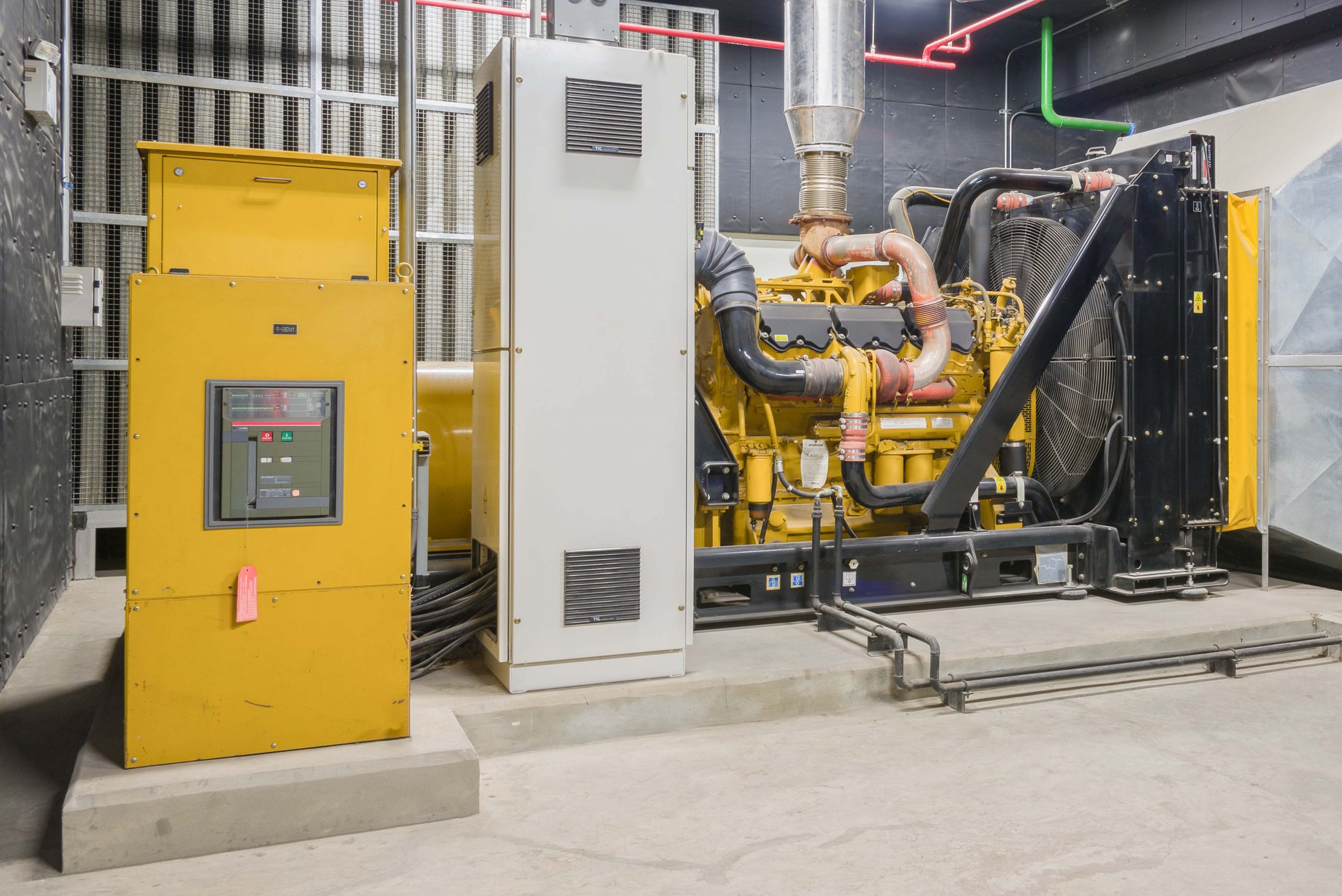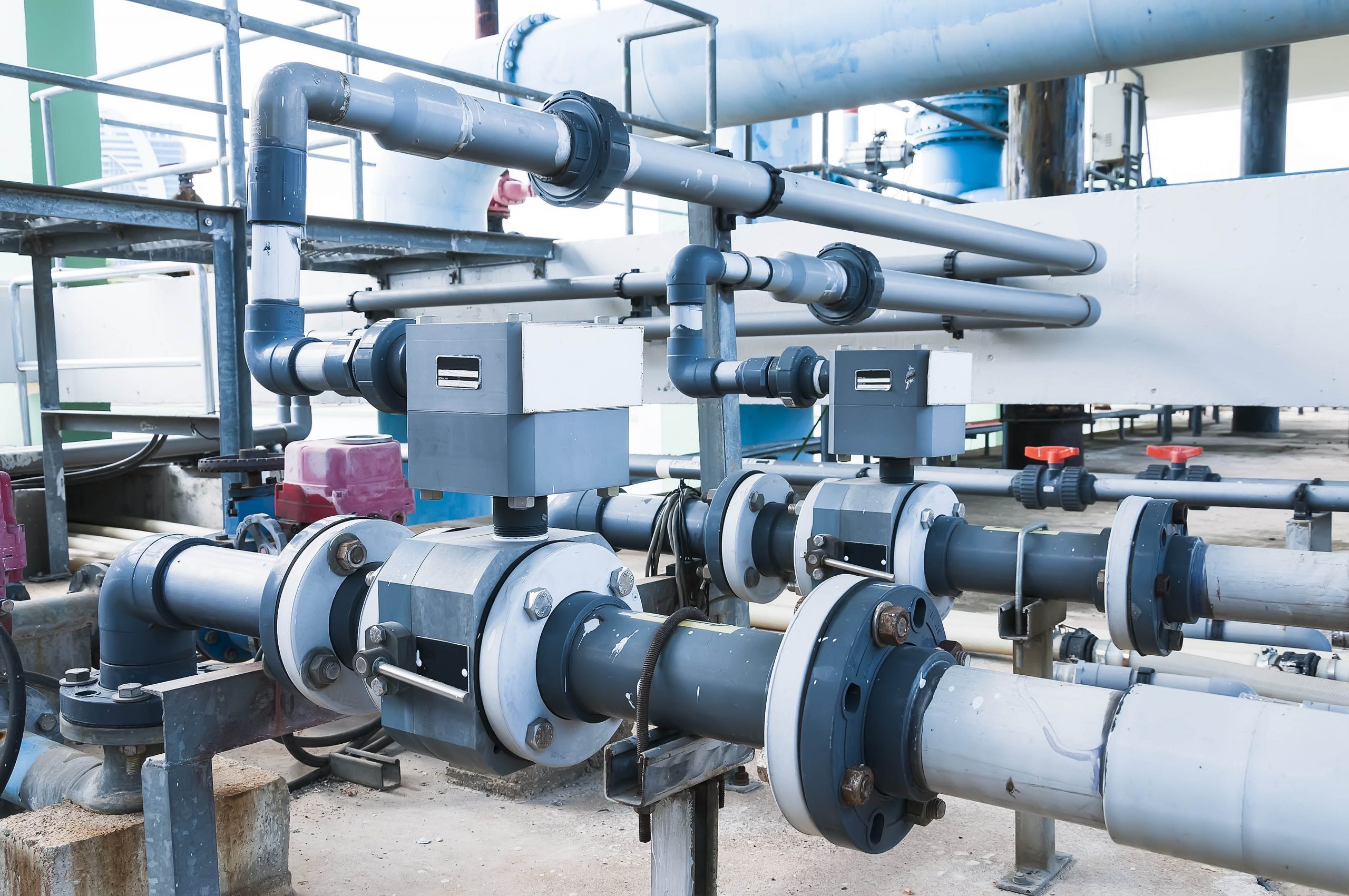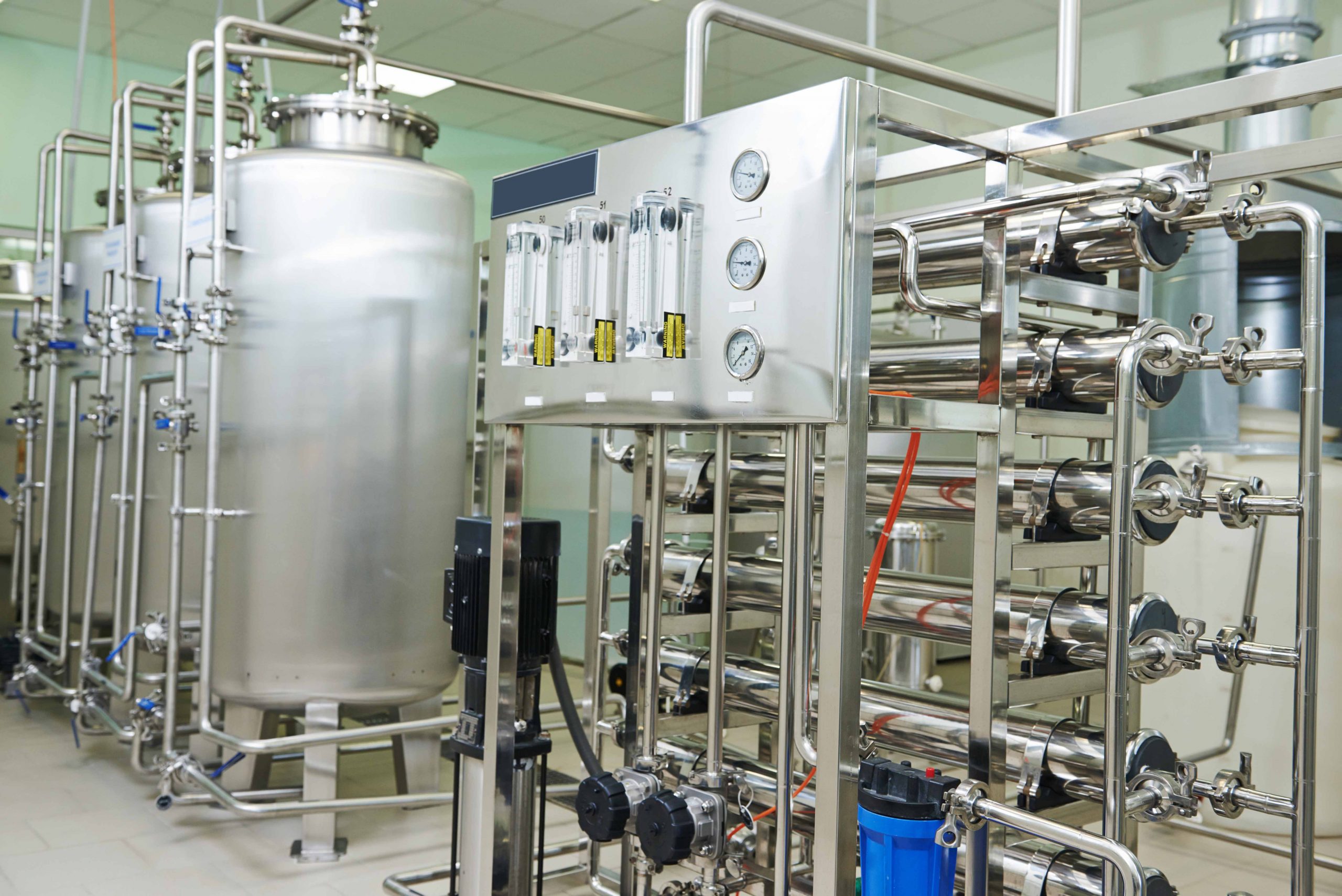|
This manual defines the scope of TASAS EMC Health, Safety Management System (HS MS) and provides a linkage of system documents to the various elements of OHSAS18001:1999 standard. The principal elements of the system described in this manual are:
|
TASAS EMC HS MS provides a mechanism for HS management throughout all areas and departments. The HS management system is designated to cover health and safety hazards and risks, which a facility can control and directly manage, and those it does not control or directly manage but can be expected to have an influence.
| The control of this Manual is in accordance with the TASAS EMC operational procedure Control of Management System Documents. All copies of this Manual are not marked “CONTROLLED COPY” are uncontrolled and should be used for reference purposes only. Amendments to this manual will be issued by the QHS Engineer/MR or designee following approval by the Projects Manager. |
|
TASAS EMC QHS policy is endorsed by TASAS EMC Project Manager. The policy covers all activities At the company’s facilities and sites. The Policy includes a commitment to continual improvement and prevention of pollution and occupational health and safety, as well as a commitment to meet or exceed relevant legislation, regulations and other requirements. The Policy will be reviewed annually by top management, communicated to all employees and made available to the public in accordance with the communication, procedures adopted. Reference Material
|
The TASAS EMC HS Cross Functional Team identifies the hazards and associated risks, which the company controls and over which it may be expected to have an influence, and determines which of those hazards and associated risks are considered significant by using a semi-quantitative risk assessment method and pre-defined evaluation matrix. Risk assessment results and significance are documented and maintained. These hazards and associated risks are reviewed at least semi-annually by the CFT or when there is a new or changed process or activity at the company facilities or sites. The QHS Engineer/ MR maintains the Hazard Identification and Risk Assessment records.
Reference Material
- OHSAS 18001 Standard (4.3.1)
Applicable Procedures
- P – 04 H
TASAS EMC has established an operational procedure for the purpose of identifying, accessing and communicating legal and other requirements that are applicable to the company. Additional information is also available through legal publications. Local regulations are identified, accessed and communicated by the QHS Engineer/MR. At least annually the QHS Engineer/MR will review the most current international, national, regional, provincial, and local legal and other requirements, as applicable to TASAS EMC scope of operations and activities.
Reference Materials
- Legal and Other Requirements
- ISO 14001 Standard (4.3.2)
- OHSAS 18001 Standard (4.3.2)
Applicable Procedures
- P – 03H Control of Regulations and Other Requirements.
TASAS EMC Management has developed its standard objectives for key processes at each relevant function and level within the organization. In-compliance with companies’ standard objectives the CFT has developed companies’ objectives and targets regarding health, safety, where these objectives and targets define:
- The key measures and associated performance indicators for each process;
- The specific, quantified targets define those performance indicators;
- The planned deadlines for the achievement of those targets; and
- The responsibilities for reporting and acting against results.
Objectives and targets are developed considering legal and other requirements, significant health and safety hazards and risks, technological options and financial, operational and business plans, and the management in the management review meeting for approval, then to confirm the progress of hitting the targets.
Reference Material
- ISO 14001 Standard (4.3.3)
- OHSAS 18001 (4.3.3)
Applicable Procedures
- TASAS EMC QHS Objectives Matrix
The CFT established Risk Management Programs (RMPs’) as a means for achieving objectives and targets. These programs define the principal actions to be taken, those responsible for undertaking those actions and the scheduled times for their implementation. The RMPs’ are developed by the CFT and approved by the Projects Manager (refer to Section 5.0 Hazard Identification and Risk Assessment).
Reference Material
- ISO 14001 Standard (4.3.4)
- OHSAS 18001 Standard (4.3.4)
Applicable Procedures
- P-04H Hazard Identification and Risk Assessment
- All FALCON EMC HS Operational Instructions
I am text block. Click edit button to change this text. Lorem ipsum dolor sit amet, consectetur adipiscing elit. Ut elit tellus, luctus nec ullamcorper mattis, pulvinar dapibus leo.
HS management system roles, responsibilities and authorities are defined at relevant functions and levels within the company. TASAS EMC’ management provides the resources essential to the implementation and control of the HS management system, including: training, human resources, specially services,financial resources, technical and informational services. The QHS Engineer/MR has primary responsibility for establishing, operating and maintaining the HS MS. An HS CFT provides routine HS MS support and reports directly to the QHS Engineer/MR.
Reference Material
- OHSAS 18001 Standard (4.4.1)
- ISO 14001 Standard (4.4.1)
Applicable Procedures
- All TASAS EMC HS Operational Procedures and Instructions
TASAS EMC identifies, plans, monitors and records training needs for personnel whose work may create a significant influence on his or other people health and safety. ASAS EMC has an operational procedure to create awareness and tr ain employees at each relevant function and level so they are aware of the QHS policy, significant hazards and associated risks, their roles and responsibilities in achieving conformance with the policy and procedures, and with the requirements of the HS management system.
The training QHS Engineer/MR is responsible for maintaining employees training records. Appropriate records are monitored and reviewed on a scheduled basis. Competency is determined by the employee’s direct manager/supervisor.
Reference Material
- ISO 14001 Standard (4.4.2)
- OHSAS 18001 Standard (4.4.2)
- Applicable Procedures
- Resources Management
The TASAS EMC has established and will maintain different means of communications for internal and external communications regarding hazards and associated risks and its HS MS.
Examples of internal communication:
- Notice boards
- Awareness training of company personnel, as appropriate in line with job function
- HS training of relevant job functions, as appropriate
- Electronic notes
- Team meetings and meeting minutes
- Management reviews and meeting minutes
- Corrective action Requests
The QHS Engineer/MR is responsible to ensure proper external communication with interest parties. This includes, not exclusively, communicating TASAS EMC HS requirements to contractors, communicating and feedback from UAE legal authorities, communicating clients an accreditation bodies audits results to customers.
his Manual identifies all documents relevant to the HS MS. A copy of HS MS documents, other than visual aids and records, can be obtained from the QHS Engineer/MR or designee.
Reference Material:
- ISO 14001 Standard (4.4.4)
- OHSAS 18001 Standard (4.4.4)
- Applicable Procedures
- Control of Management System Documents
TASAS EMC has established an operational procedure for controlling all documents related to its management system. This procedure describes where documents can be located and how and when they are viewed. The procedure ensures that current versions are available and that obsolete documents are promptly removed from use or are suitably identified. Controlled documents are obtainable from the QHS Engineer/MR or designee.
The procedure also describes the methods used to maintain electronic documents and data, and securing the system from loss, damage or infection by electronic viruses.
Reference Material
- ISO 14001 Standard (4.4.5)
- OHSAS 18001 Standard (4.4.5)
Applicable Procedures
- INS/P-01 Control of Management System Documents
I am text block. Click edit button to change this text. Lorem ipsum dolor sit amet, consectetur adipiscing elit. Ut elit tellus, luctus nec ullamcorper mattis, pulvinar dapibus leo.
|
The CFT is responsible for identifying operations and activities associated with significant hazards and risks that require operational controls in procedures, work instructions or management programs. These documents define the mechanisms for the establishment, implementation and maintenance of the HS MS and ensure that the system is maintained in accordance with TASAS EMC QHS policy and QHS objectives and targets and is communicated to employees, suppliers and contractors. • System Procedures: Cover the management and control of both the HS MS and the principal hazards and risks which the system manages. These procedures are TASAS EMC wide in their application. • Work instructions: Cover the control of specific operational activities and are usually activity specific in their application. Reference Material
Applicable Procedures
|
TASAS EMC has an operational procedure to identify potential for and respond to accidents and emergency situations, and for preventing and mitigating the hazards impacts that may be associated with them. Emergency methods are reviewed by the CFT on an annual basis and after the occurrence of accidents or emergency situations.
Reference Material
- ISO 14001 Standards (4.4.7)
- OHSAS 18001 Standards (4.4.7)
Applicable Procedures
- P-02H Crises Management
TASAS EMC has established operational procedures to monitor and measures the key characteristics of its operations and activities that can have a significant impact on the health and safety. These procedures associated with maintenance operational procedure, which includes maintenance requirements of HS MS performance. The company shall conduct pre-scheduled HS internal audits, that cover all departments and working sites, to measure and ensure the effectiveness of its HS MS performance, and its regulatory compliance. Periodic analysis for system outputs will take place by departments managements to measure achievements of established objectives and targets.
The QHS Engineer assisted by CFT members and allocated Safety Officers shall conduct frequent health and safety inspections on company personnel, activities, facilities, sites and contractors, and report their findings.
Reference Material
- ISO 14001 Standard (4.5.1)
- OHSAS 18001 Standard (4.5.1)
Applicable Procedures
- QHS MS Assurance
- P-04H Hazard Identification and Risk Assessment
- P-06H HS Monitoring and Measurements
TASAS EMC has an operational procedure for defining responsibility and authority for handling and investigating of any occurred accidents, near misses or unsafe conditions/acts defining action to mitigate impacts, and for initiating and completing corrective and preventive action.
Any changes in procedures resulting from corrective and preventive actions are implemented and recorded. The QHS Engineer/MR maintains these records.
Reference Material
- ISO 14001 Standard (4.5.2)
- OHSAS 18001 Standard (4.5.2)
Applicable Procedures
- QHS MS Assurance
- P-01H Incidents Reporting and Investigation
TASAS EMC has an operational procedure for the identification, maintenance and disposal of its management system records. These records include training records and the results of audits and reviews. They are readily retrievable and protected against damage deterioration and loss. The Areas and Departments maintain their own records. Record and document retention is also specified in the procedure.
Reference Material
- ISO 14001 Standard (4.5.3)
- OHSAS 18001 Standard (4.5.3)
Applicable Procedures
- Control of Management System Documents.
- ISO 14001 Standard (4.5.4)
- OHSAS 18001 Standard (4.5.4)
- QHS MS Assurance
- ISO 14001 Standard (4.6)
- OHSAS 18001 Standard (4.6)
- QHS MS Assurance

